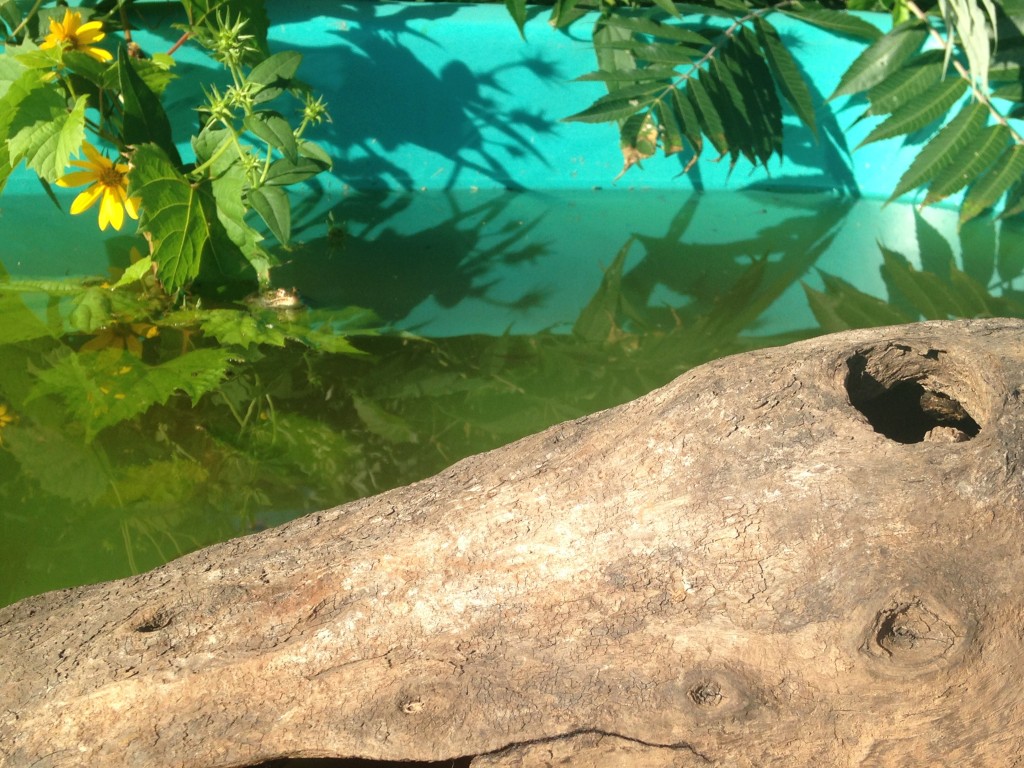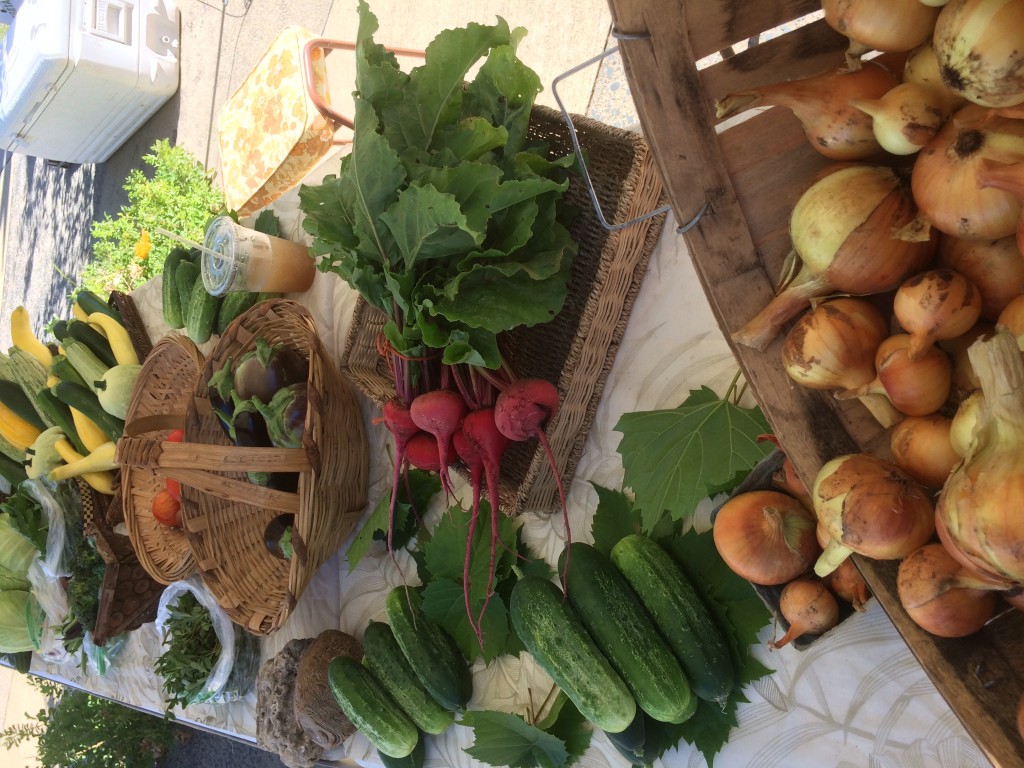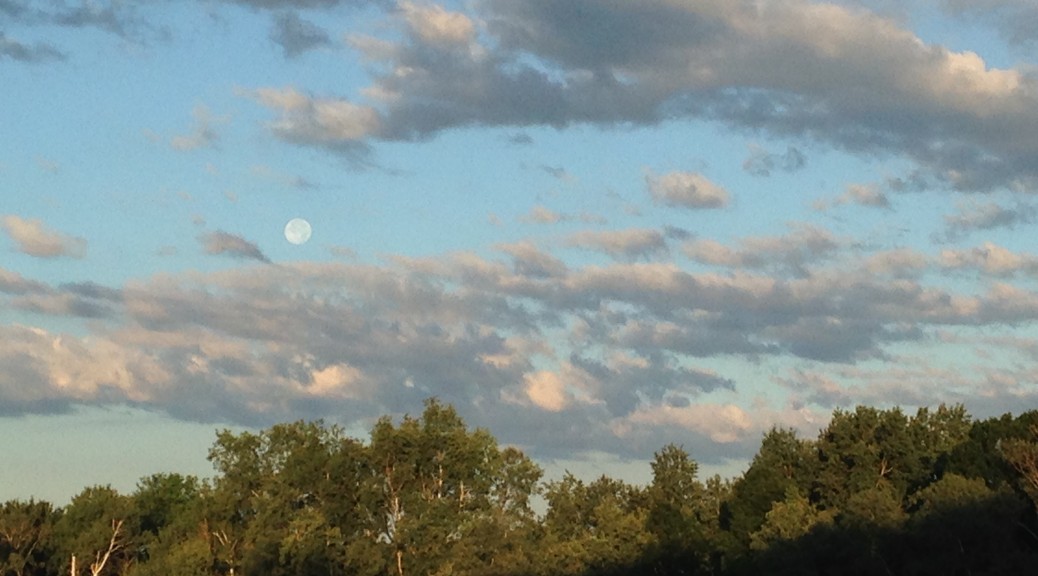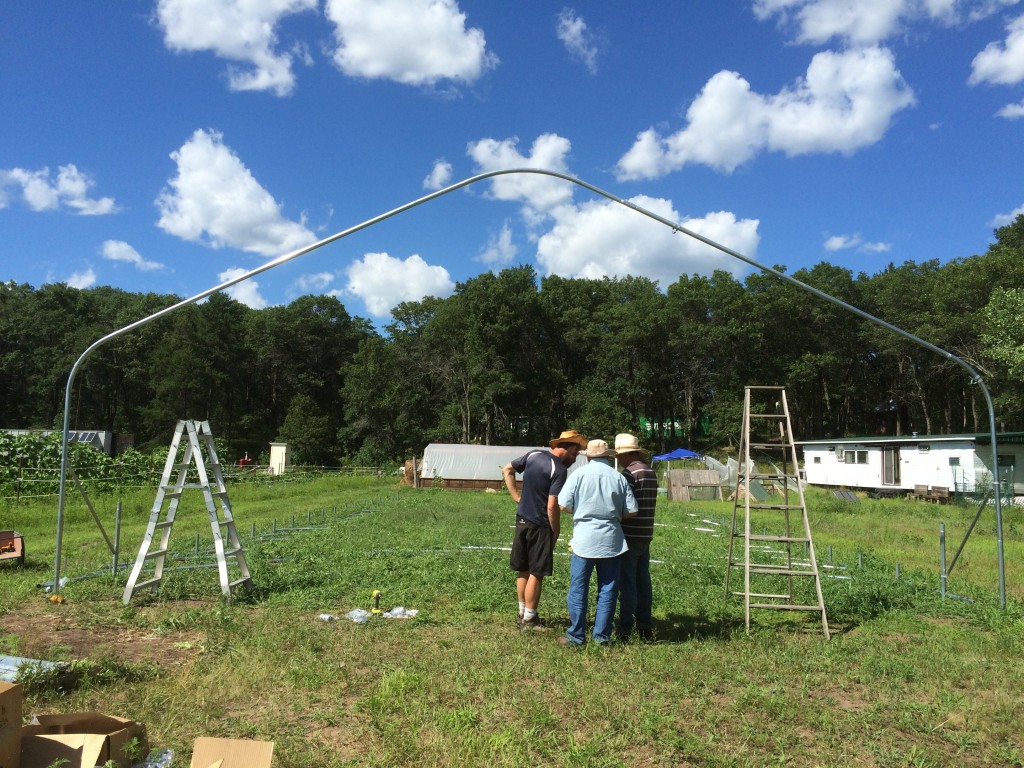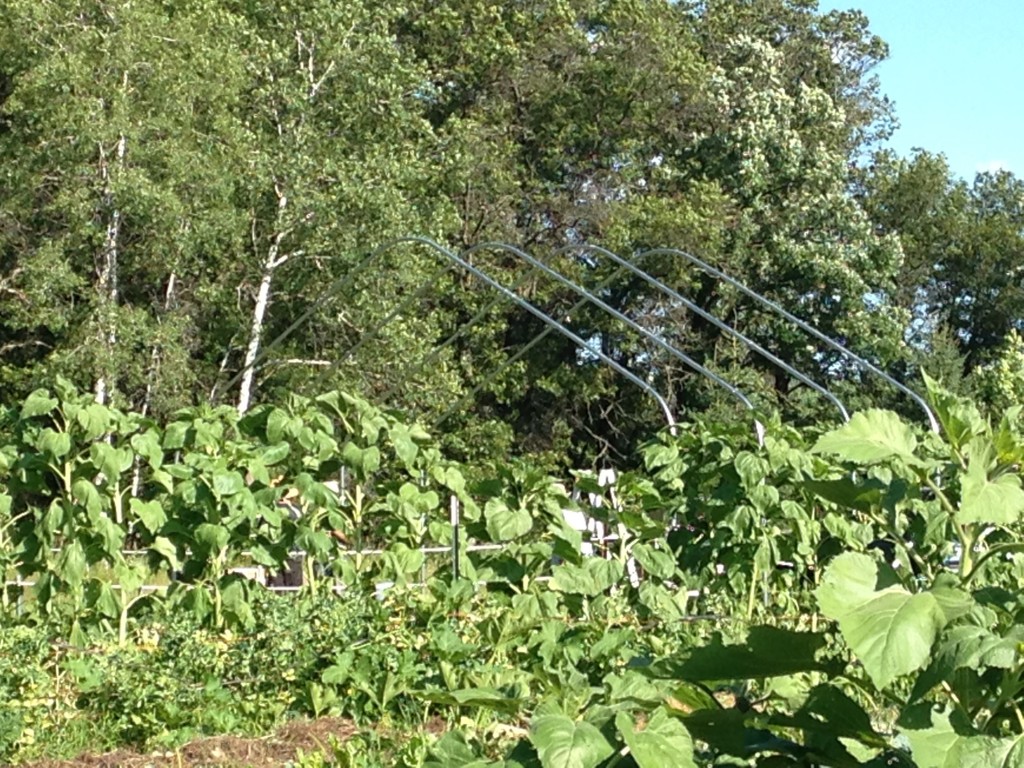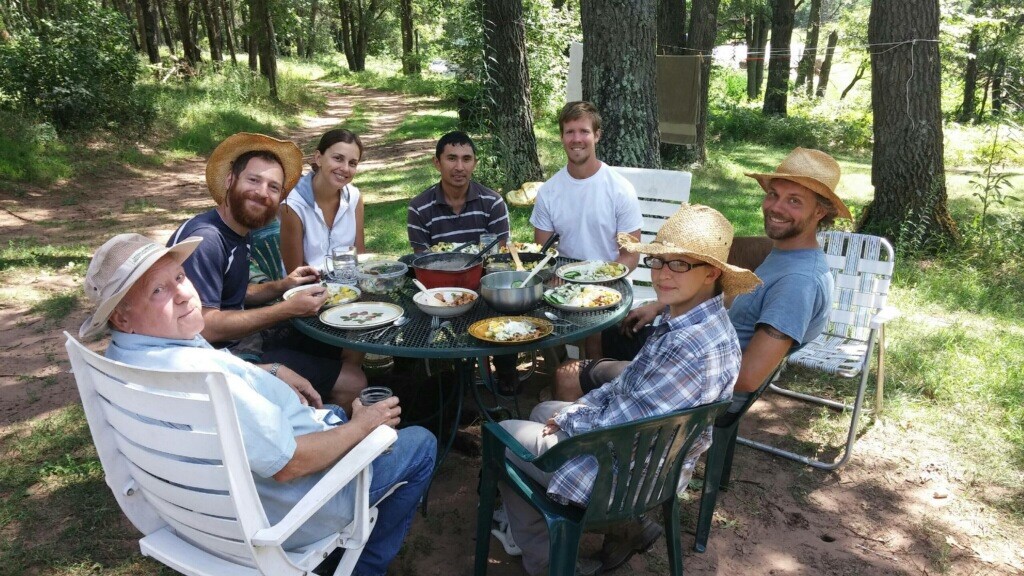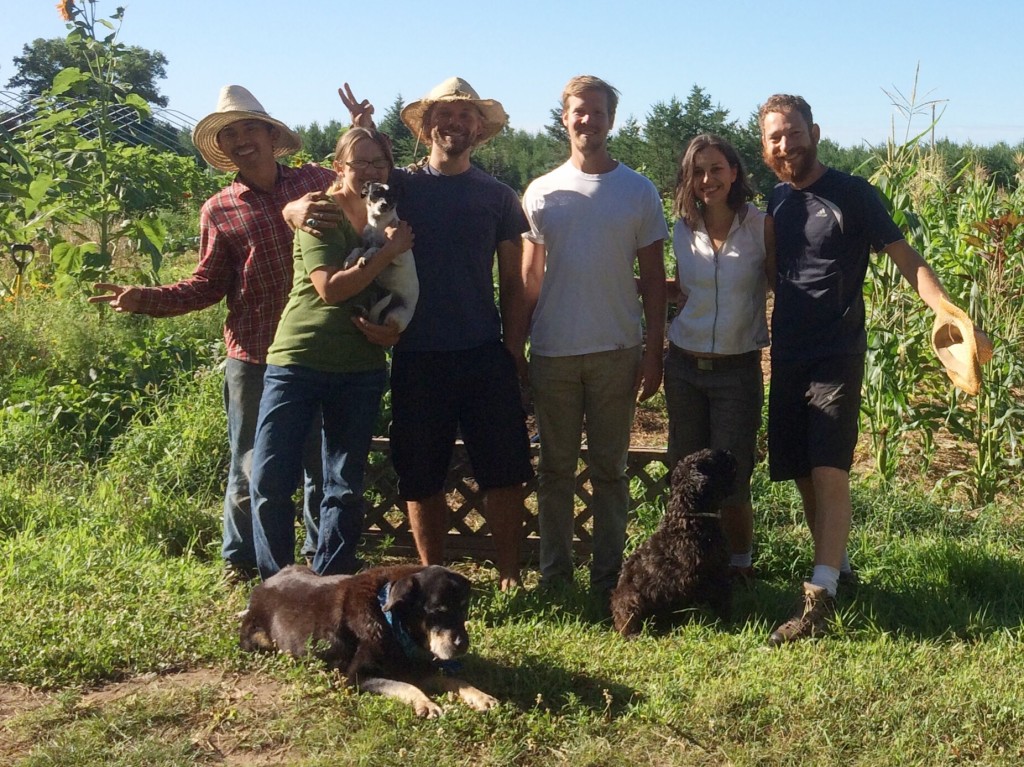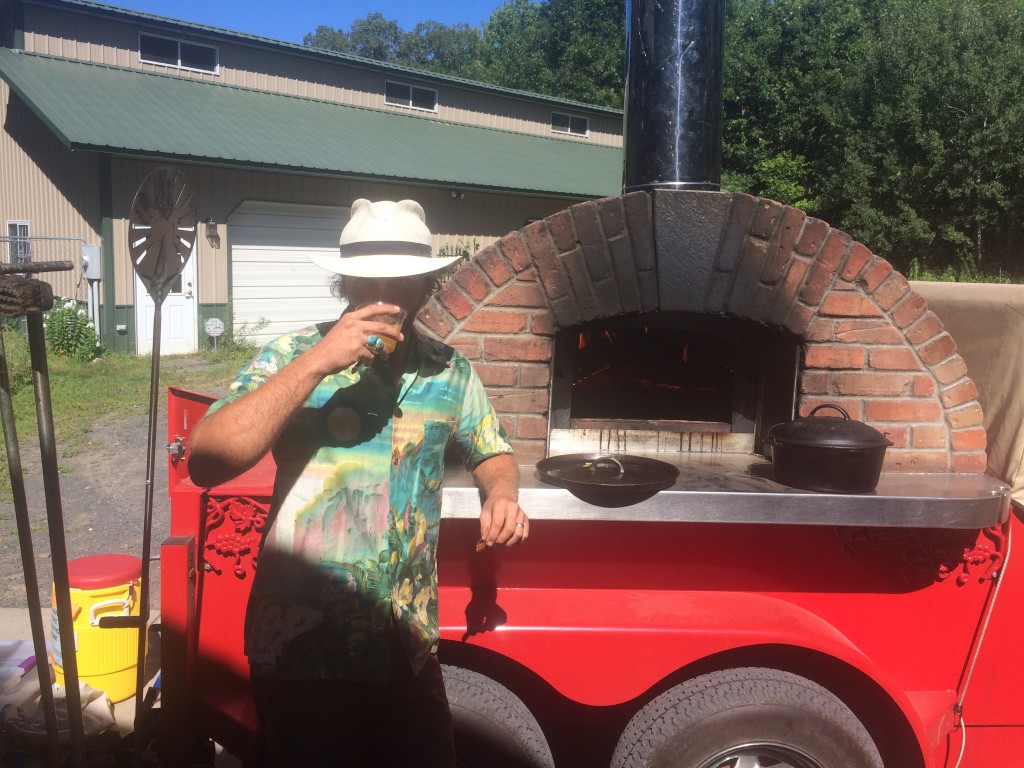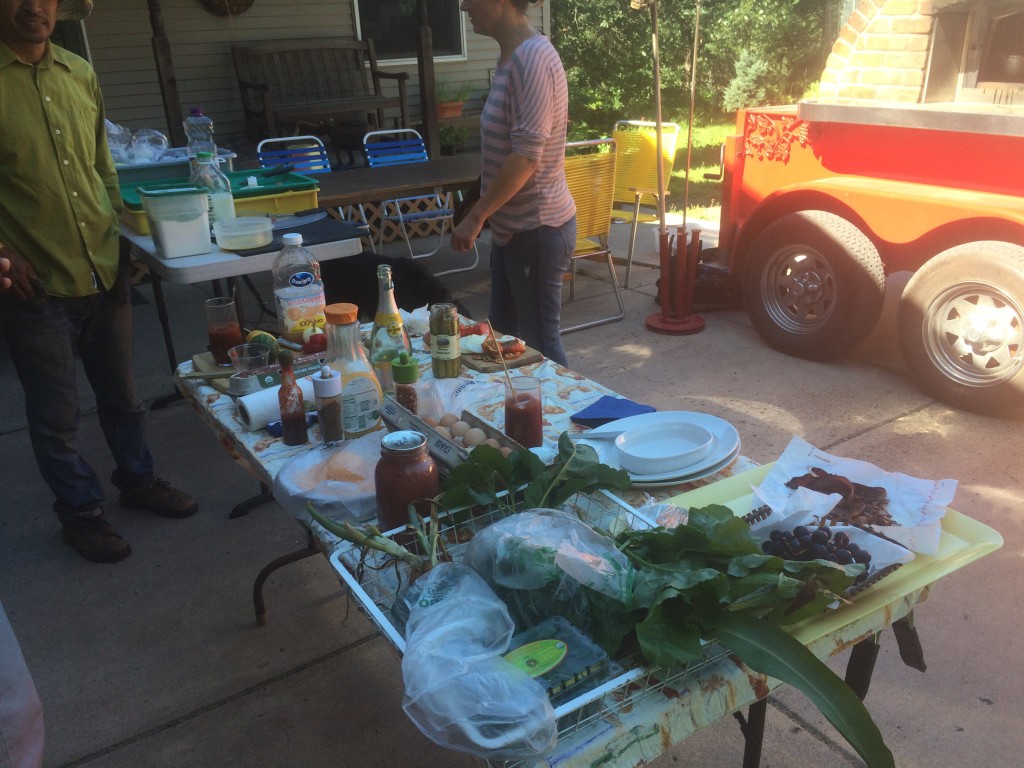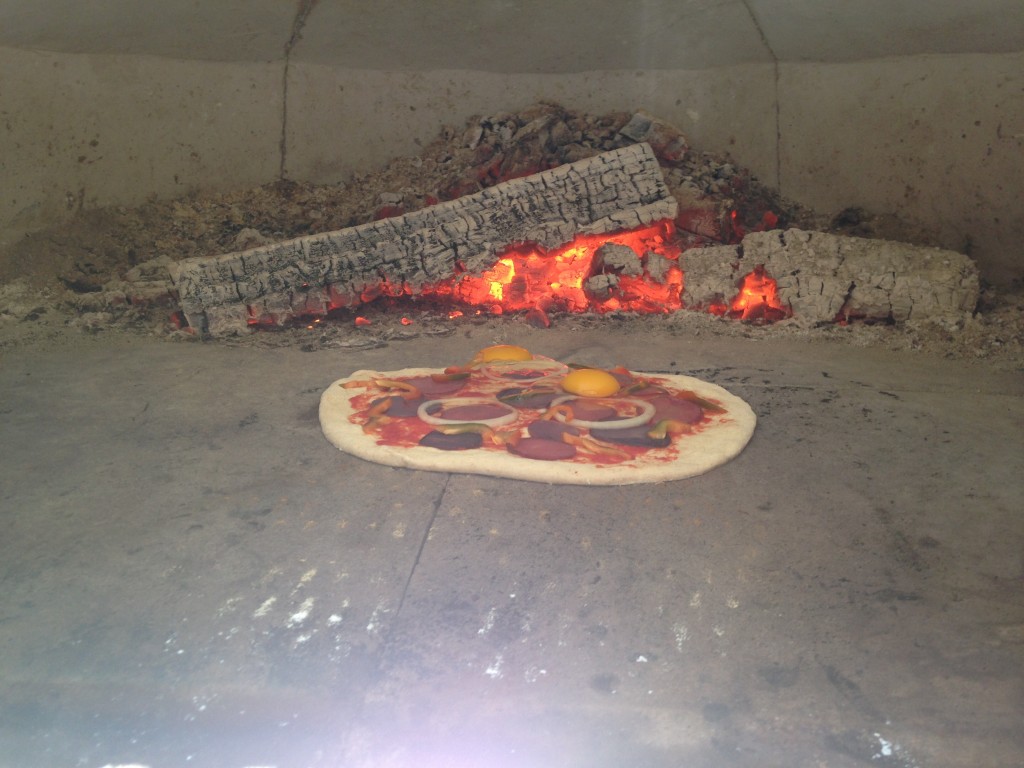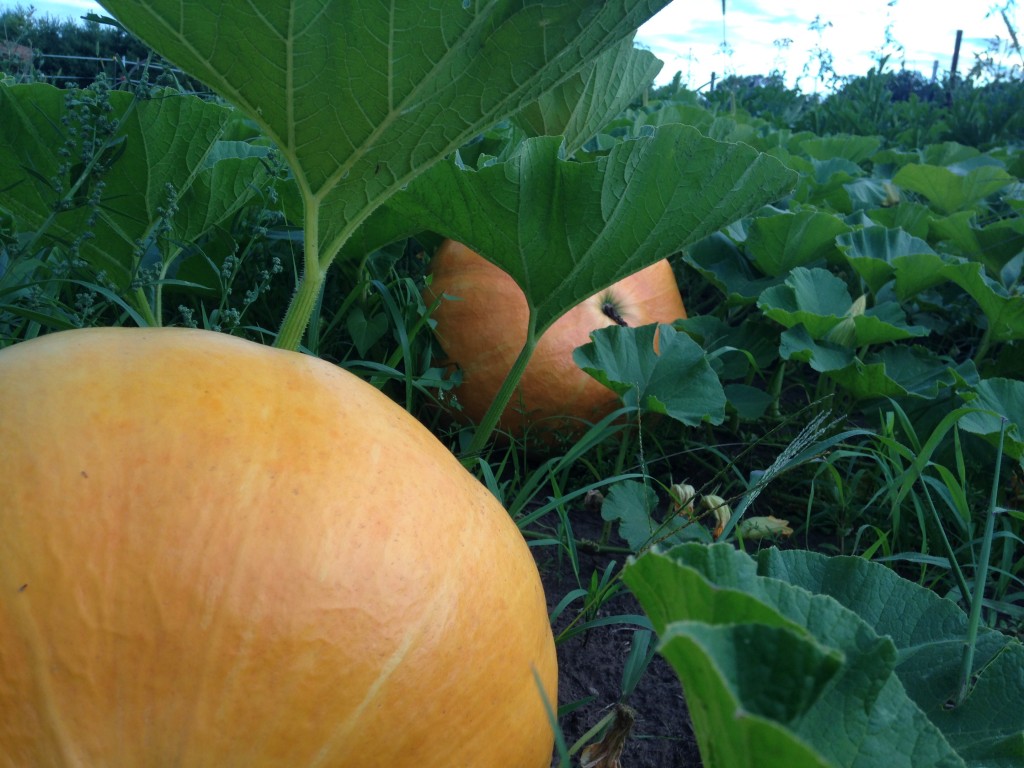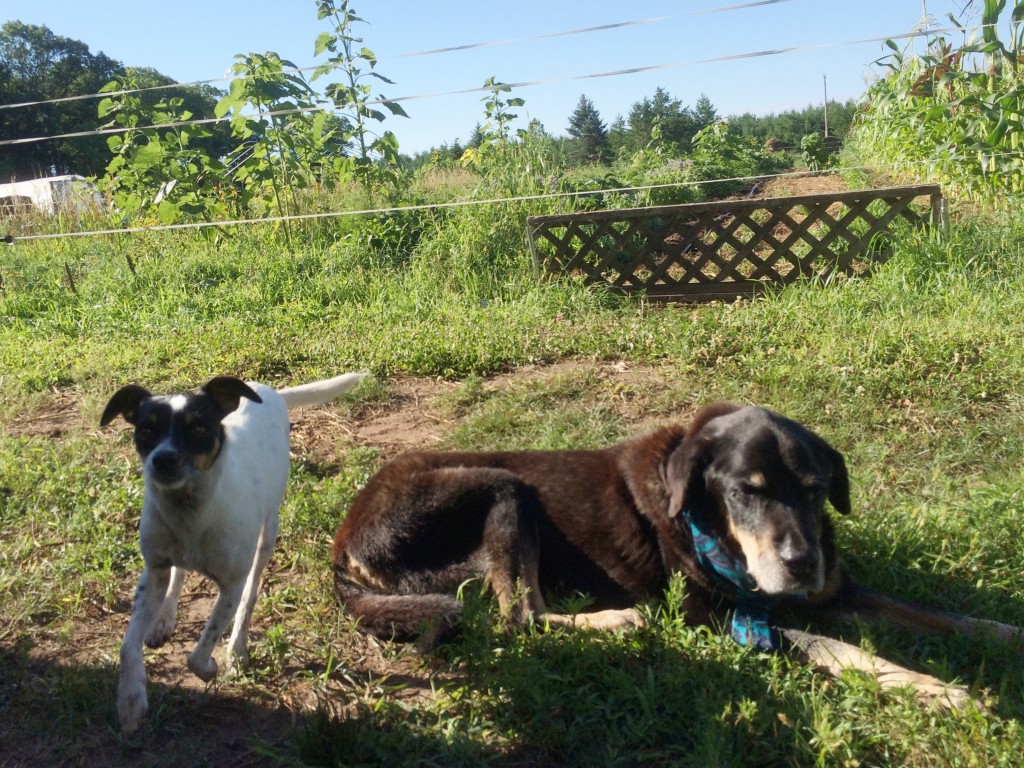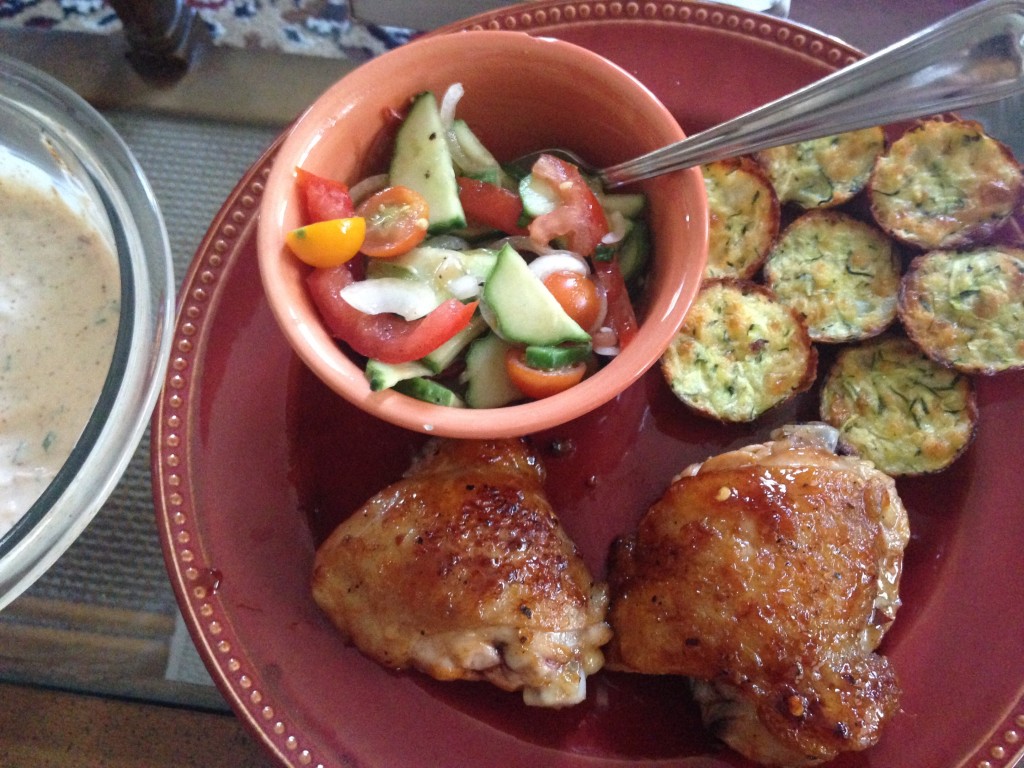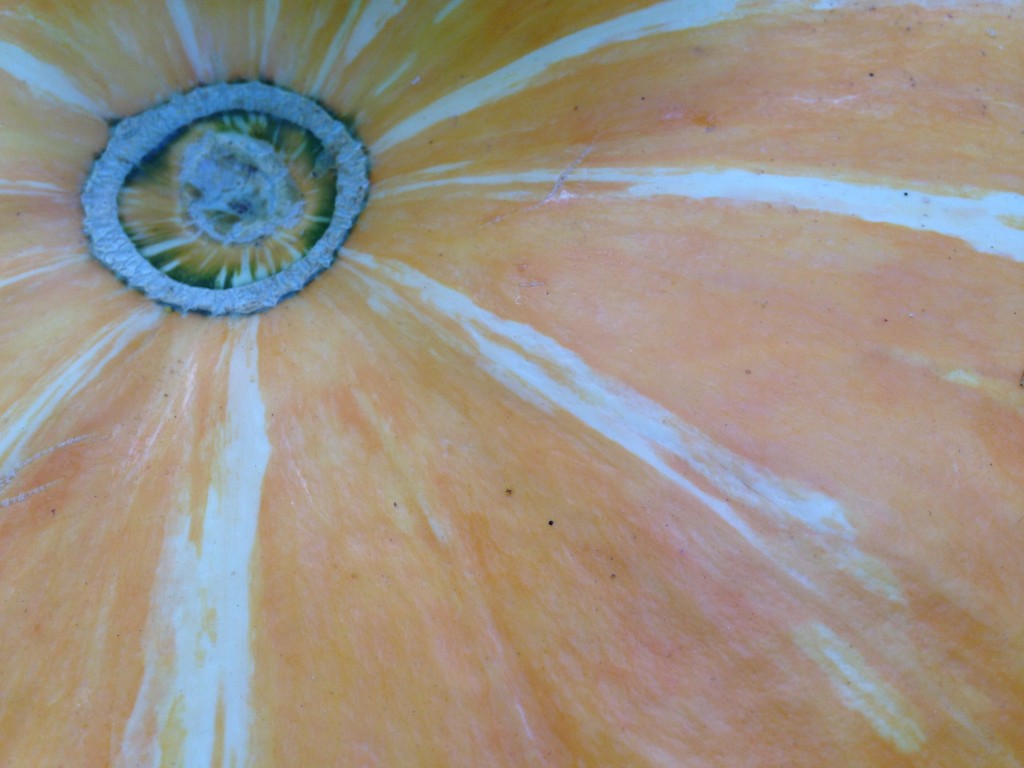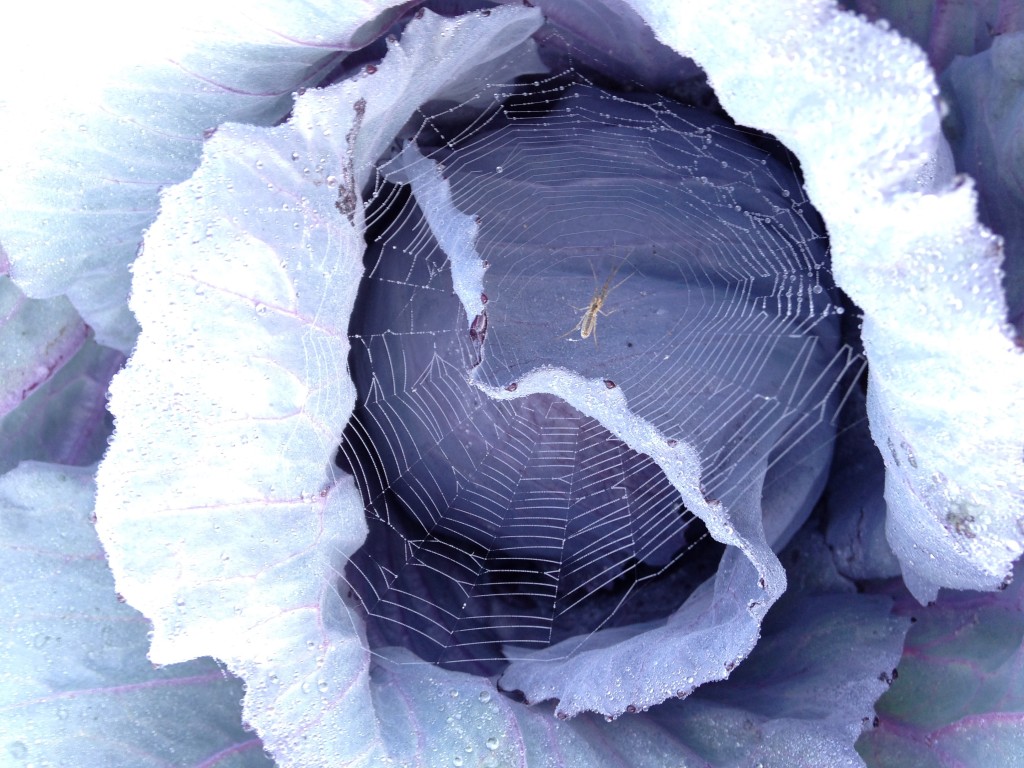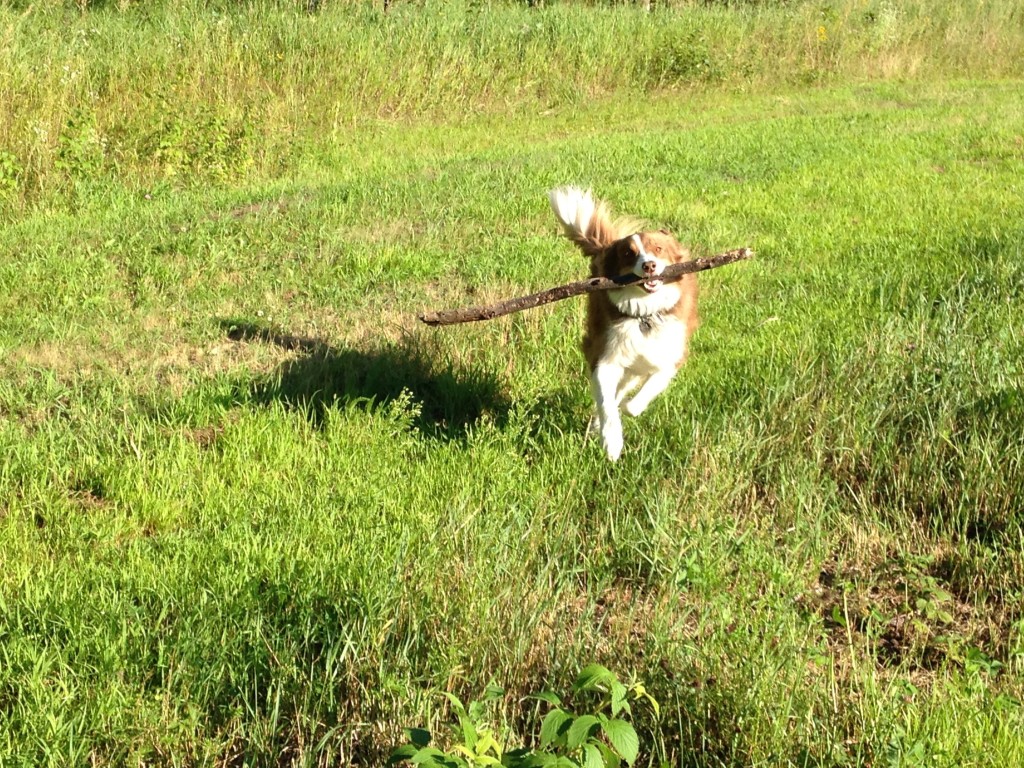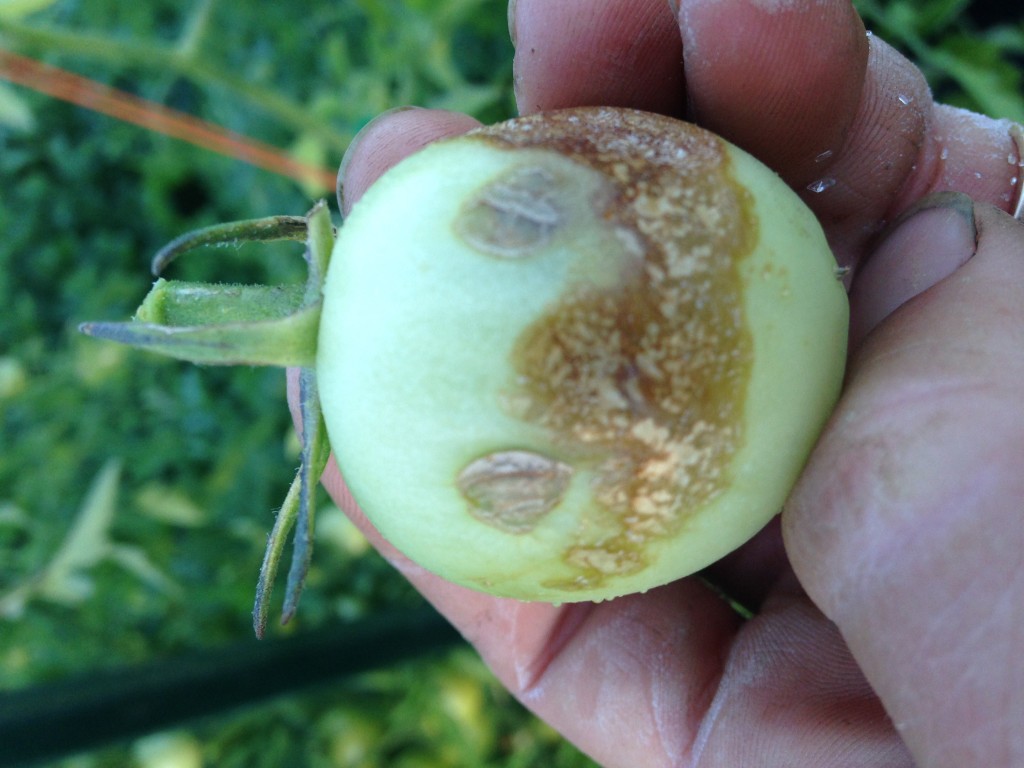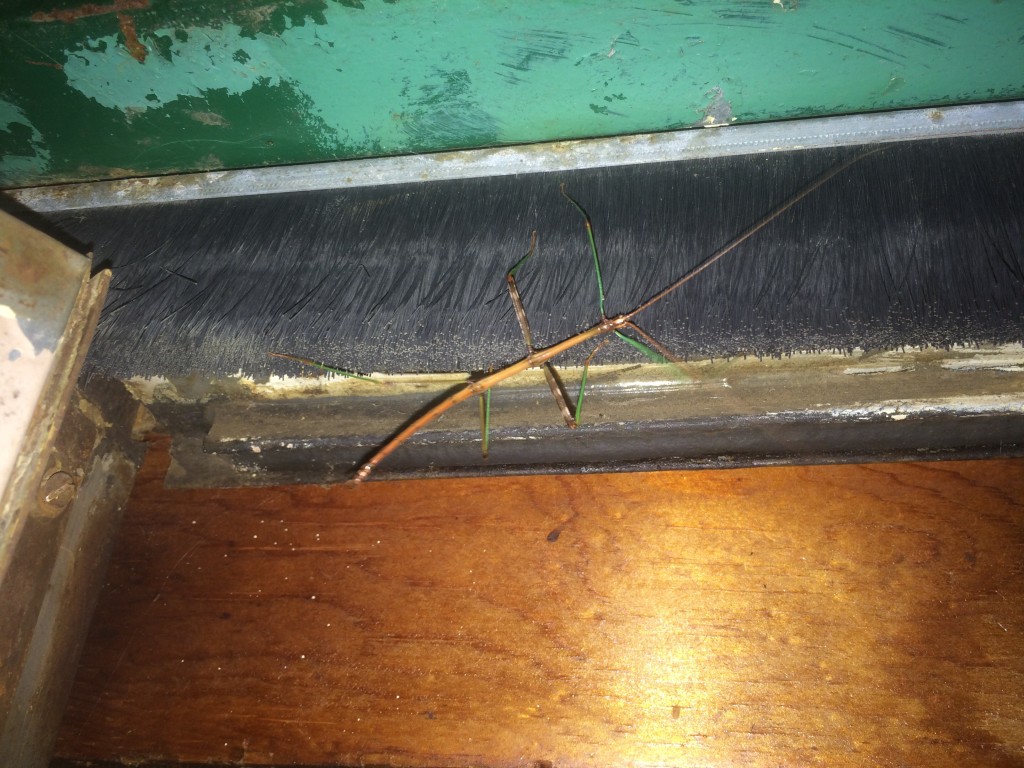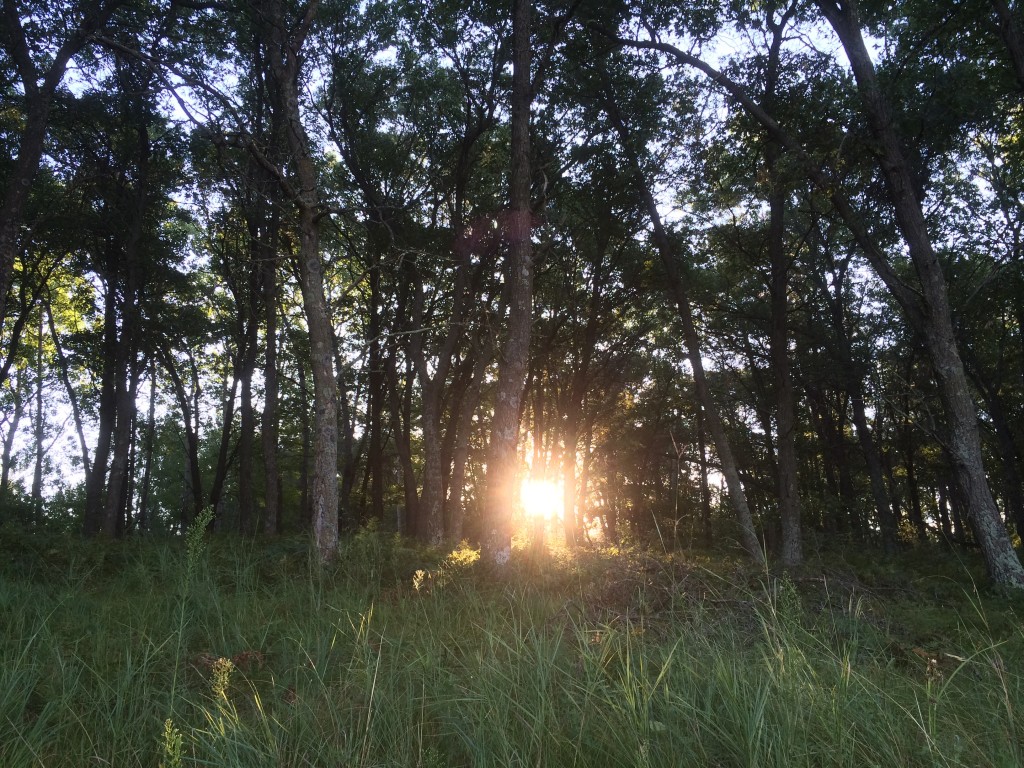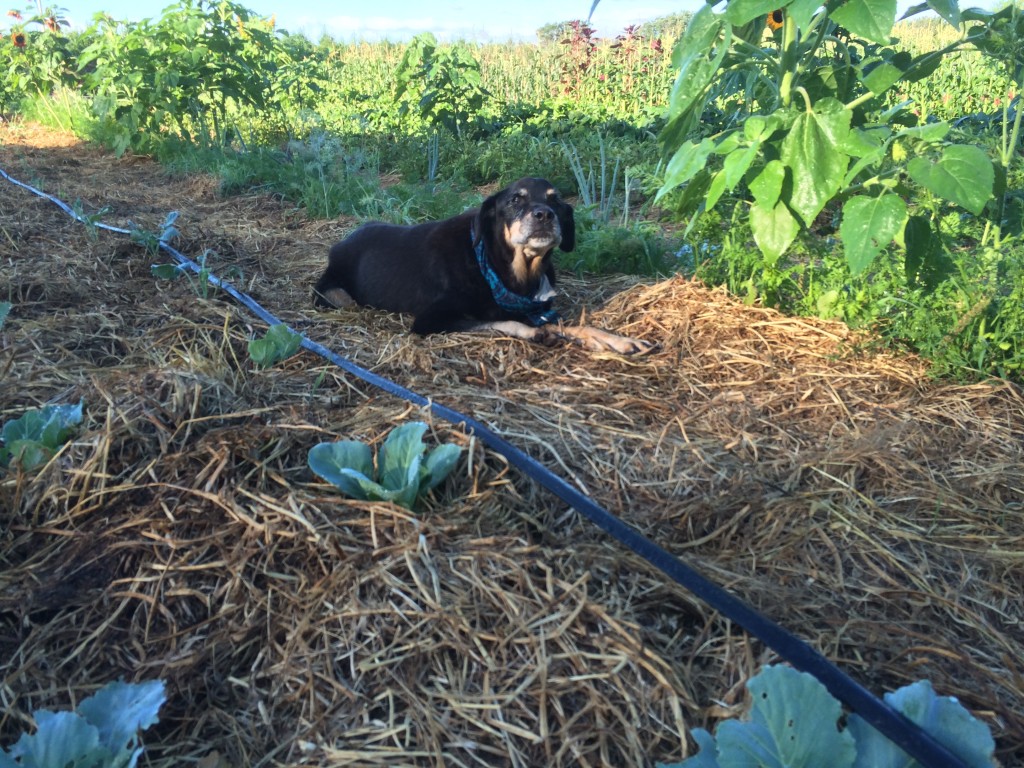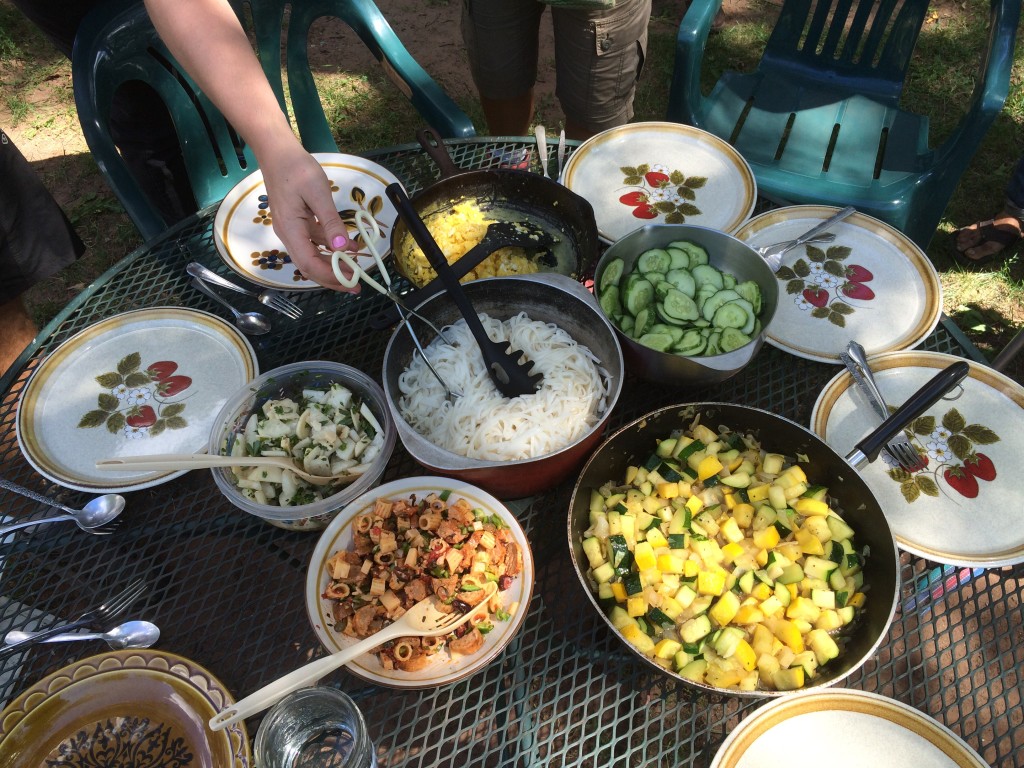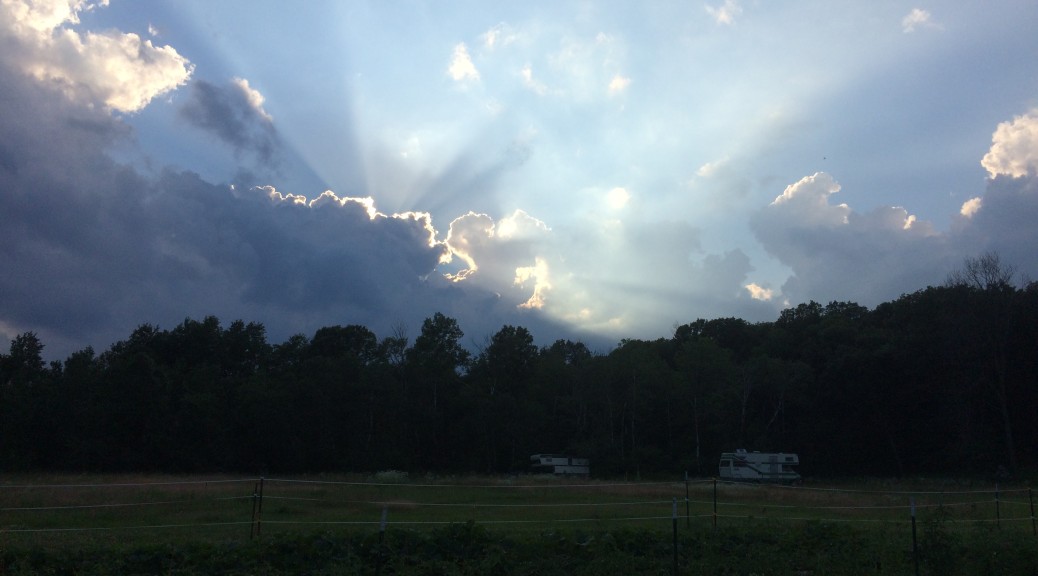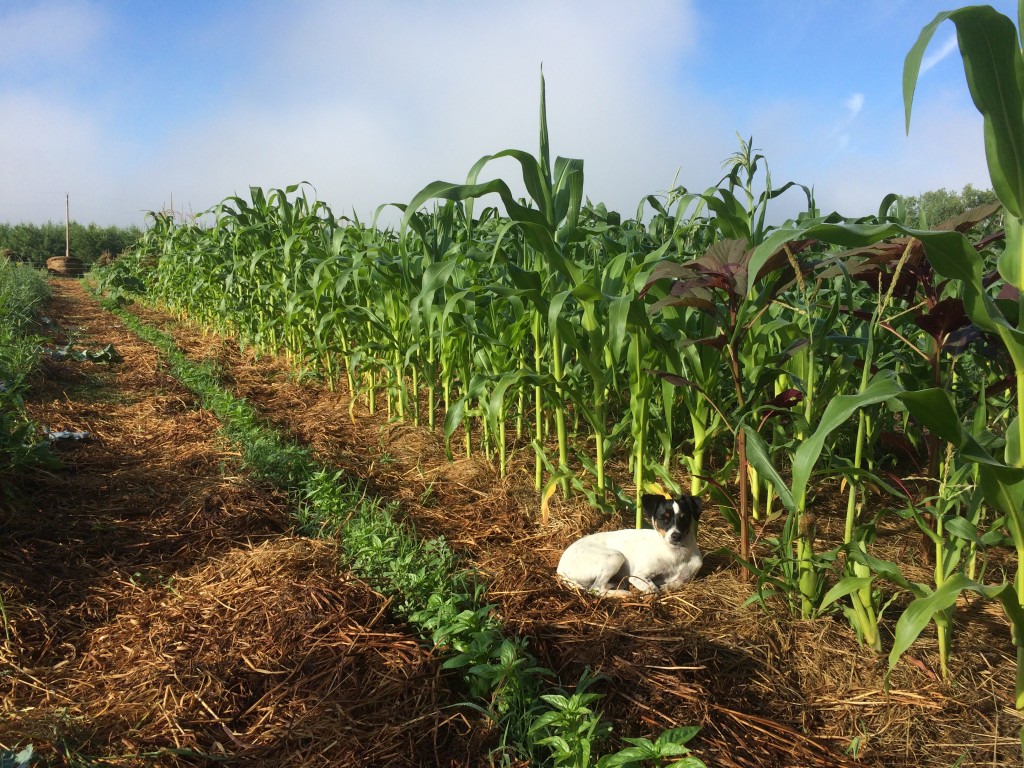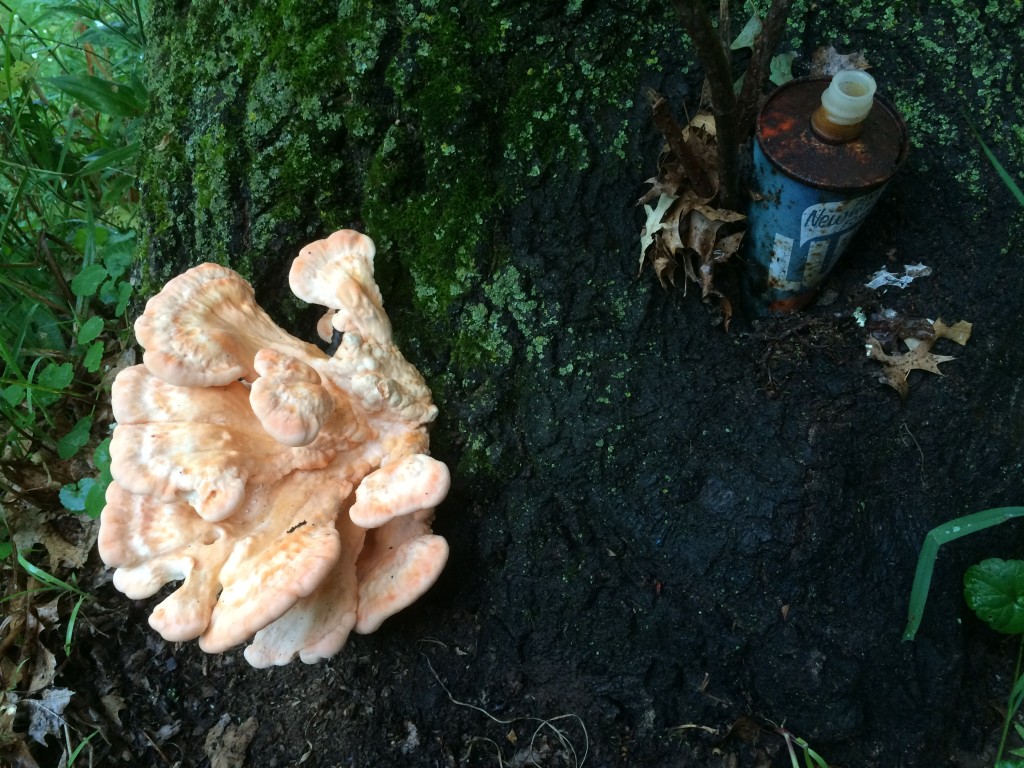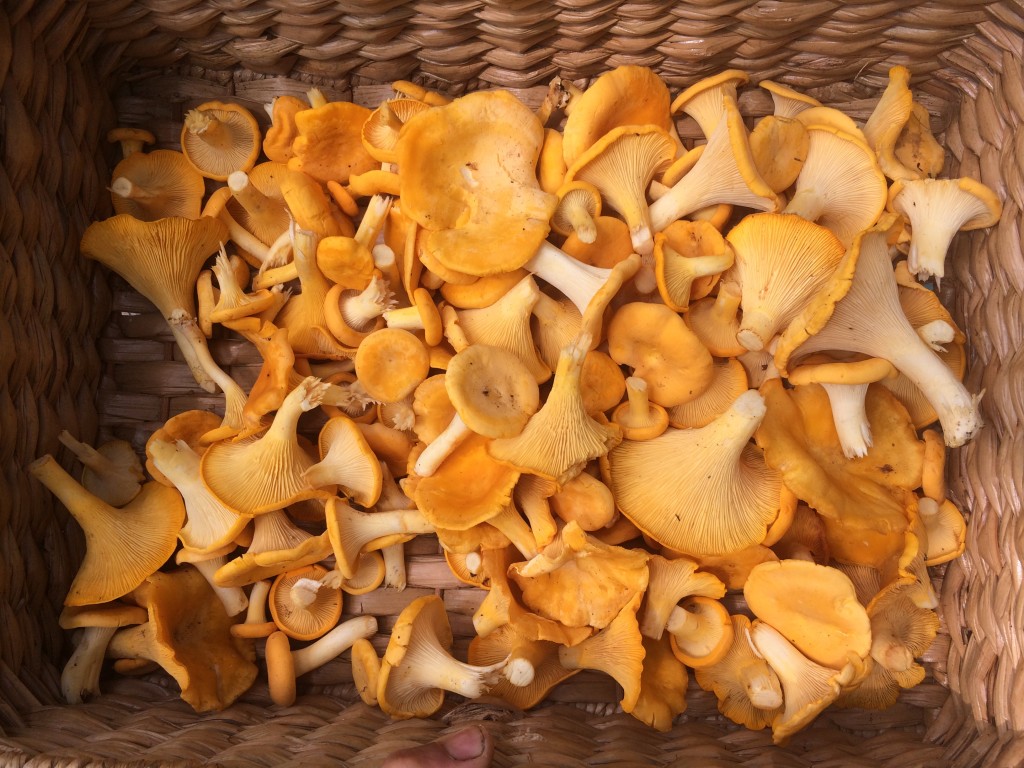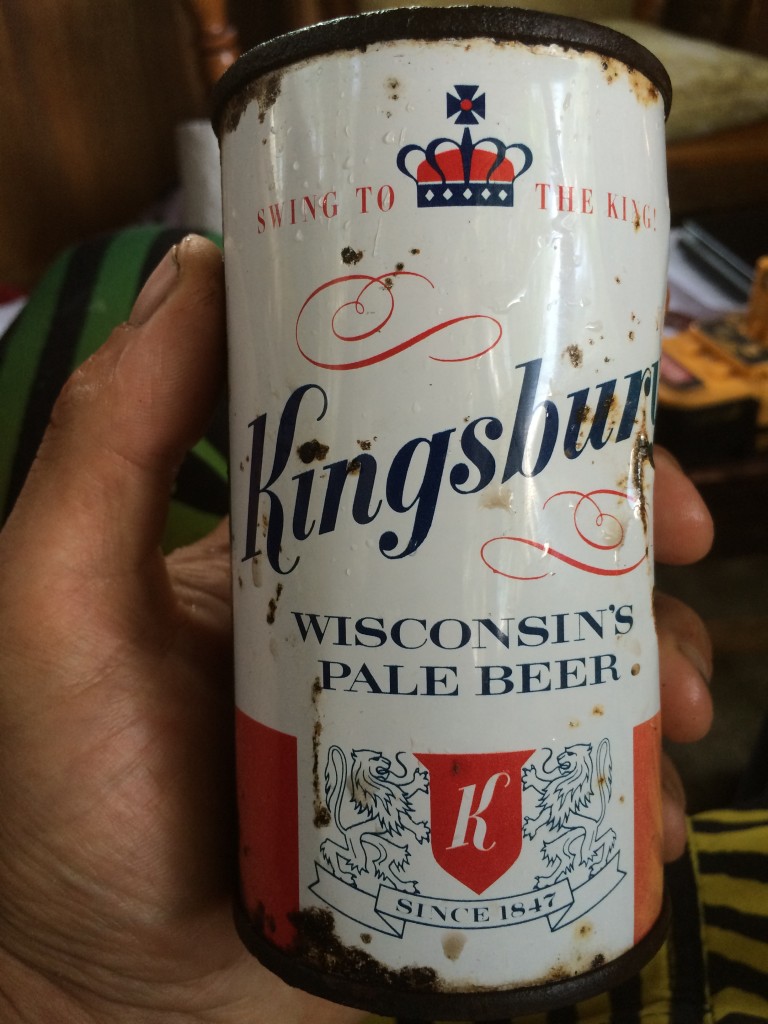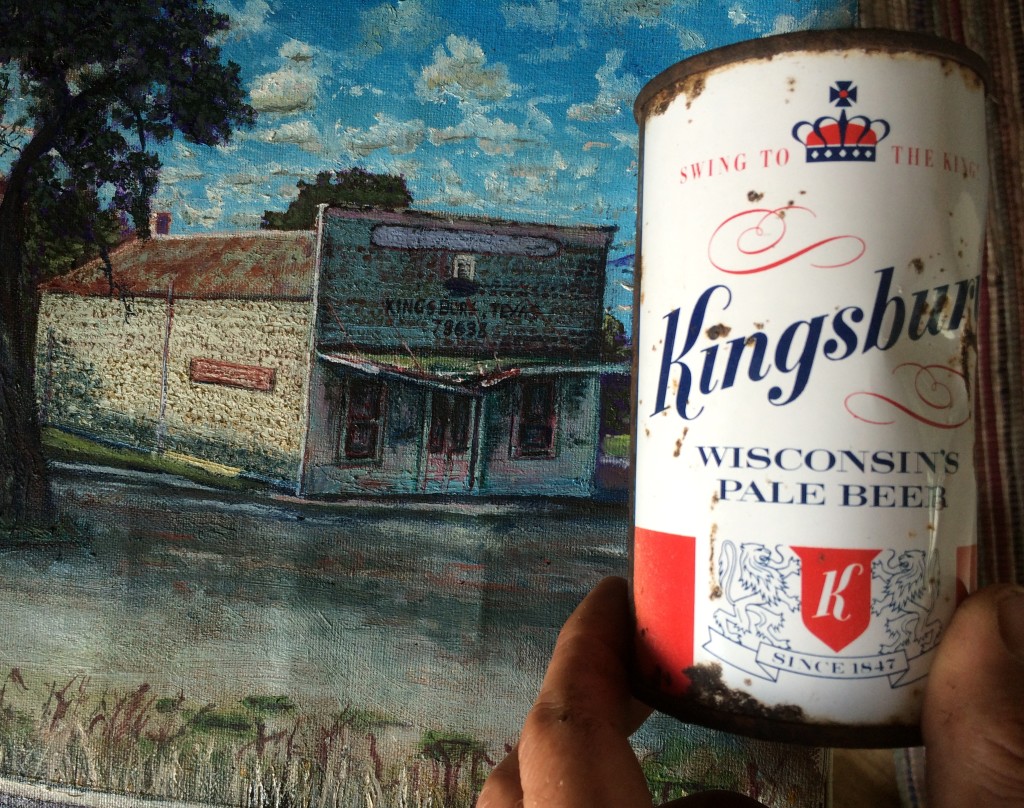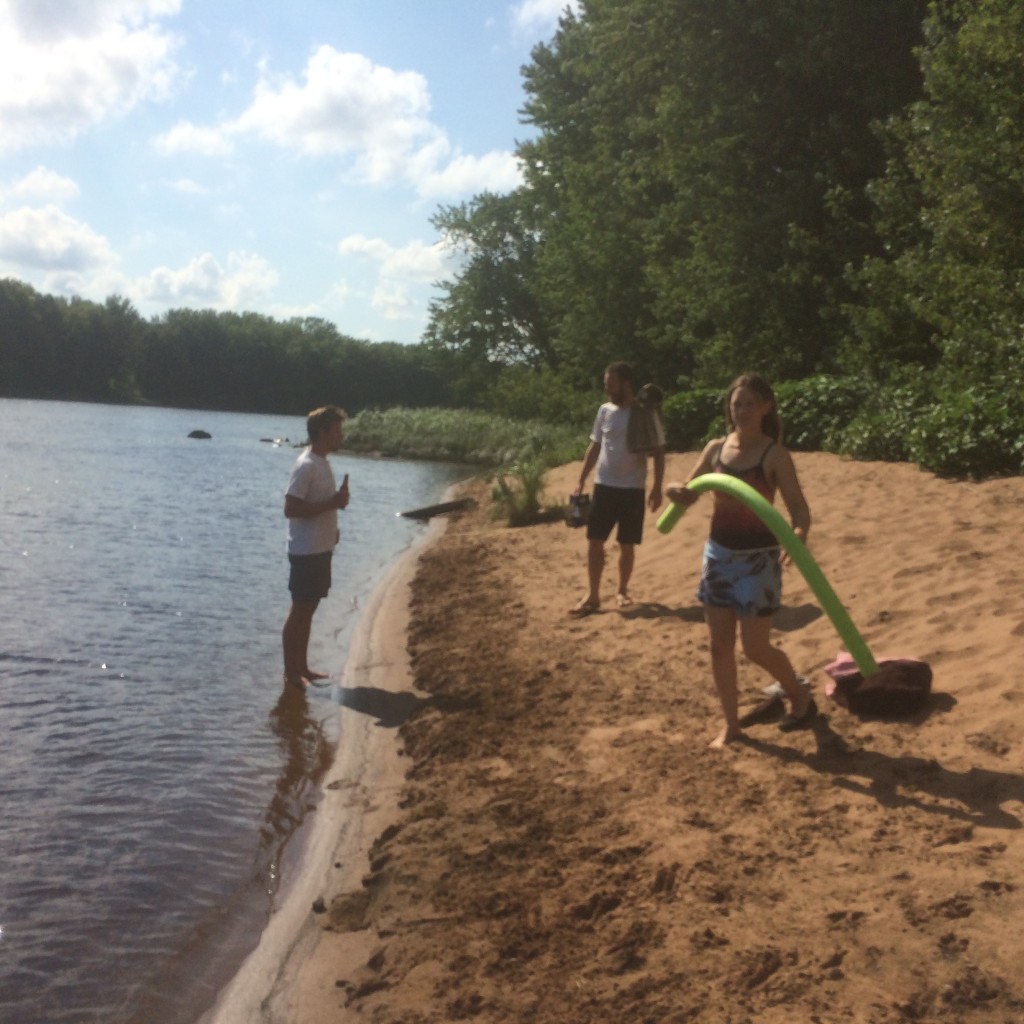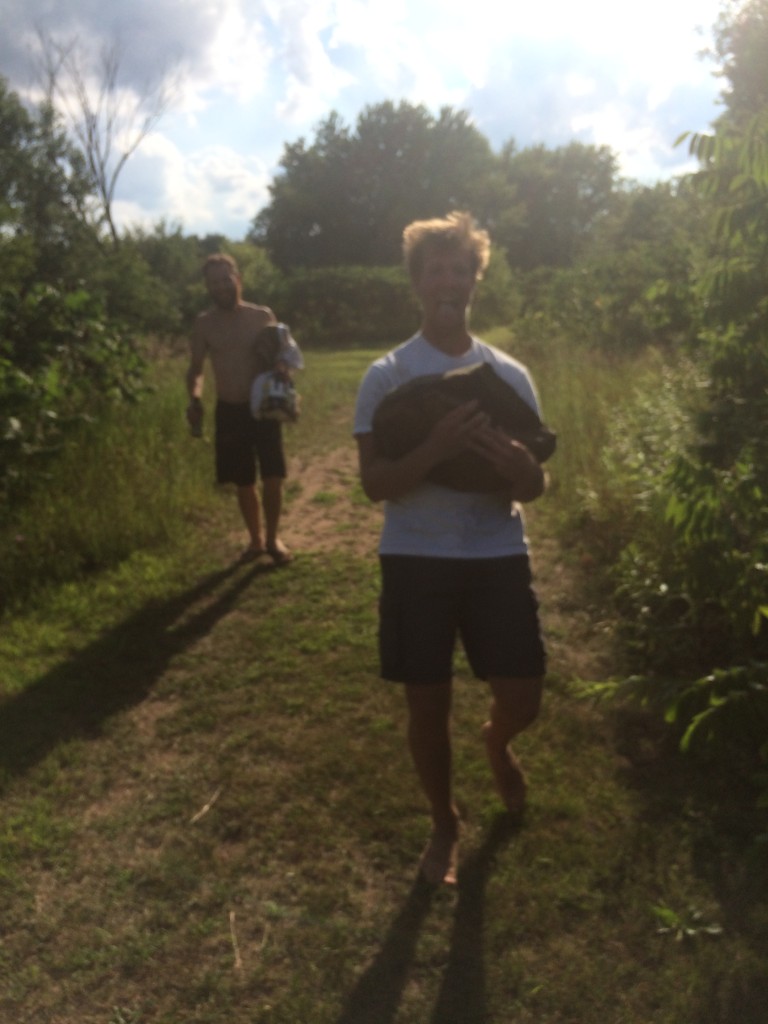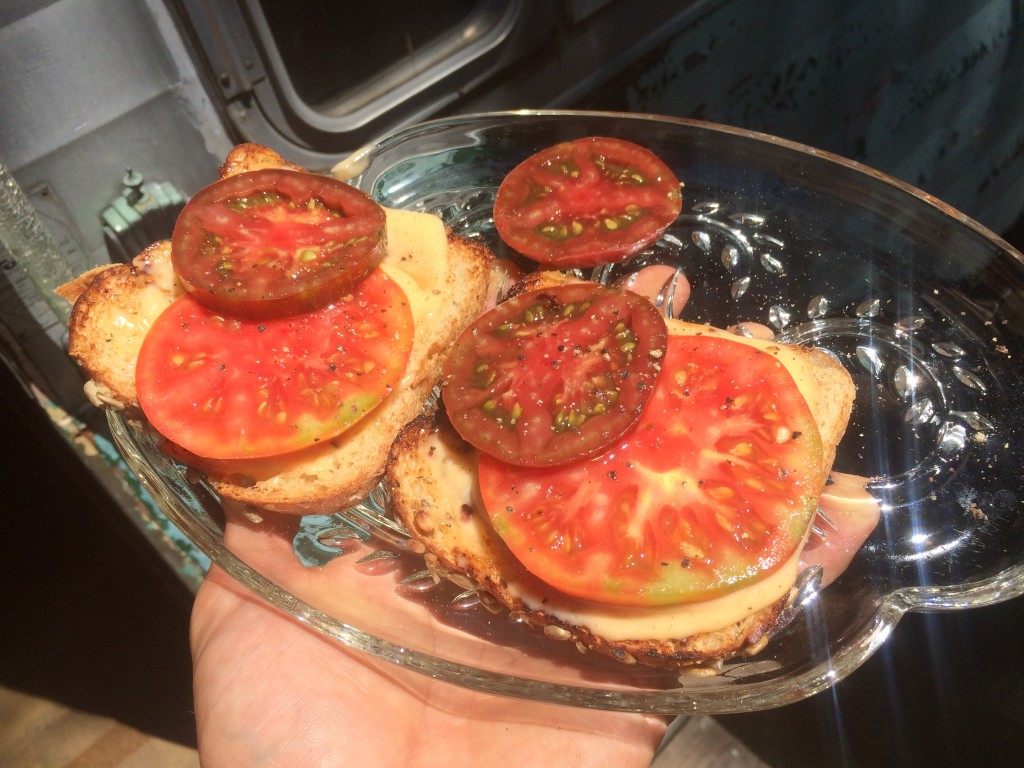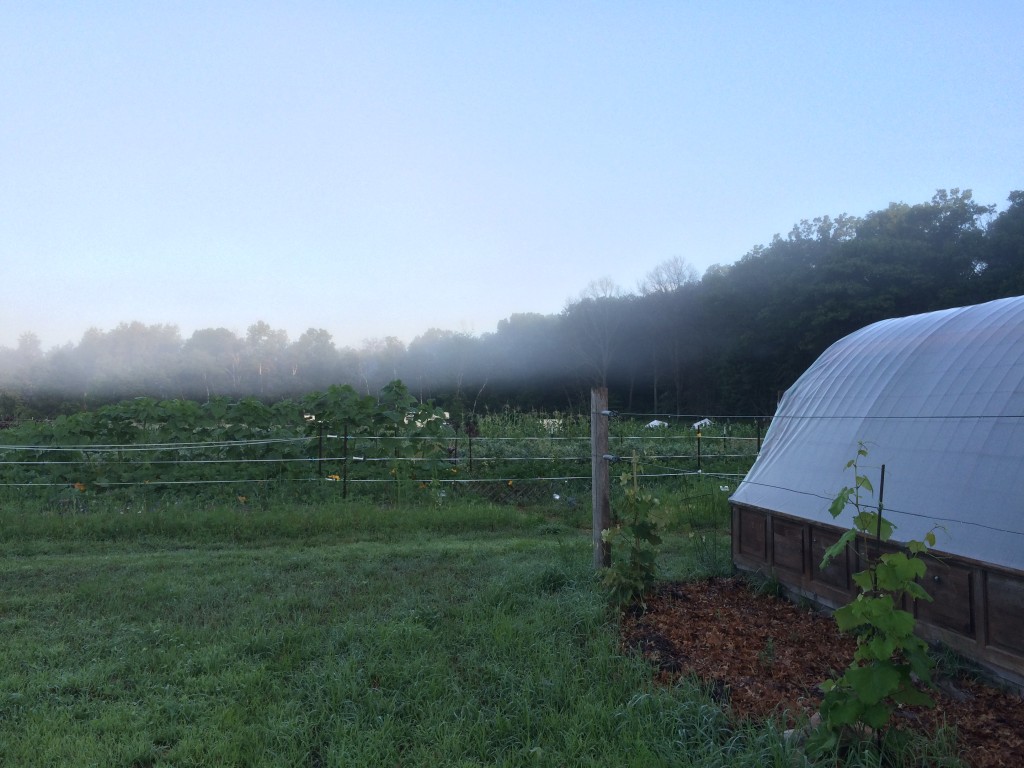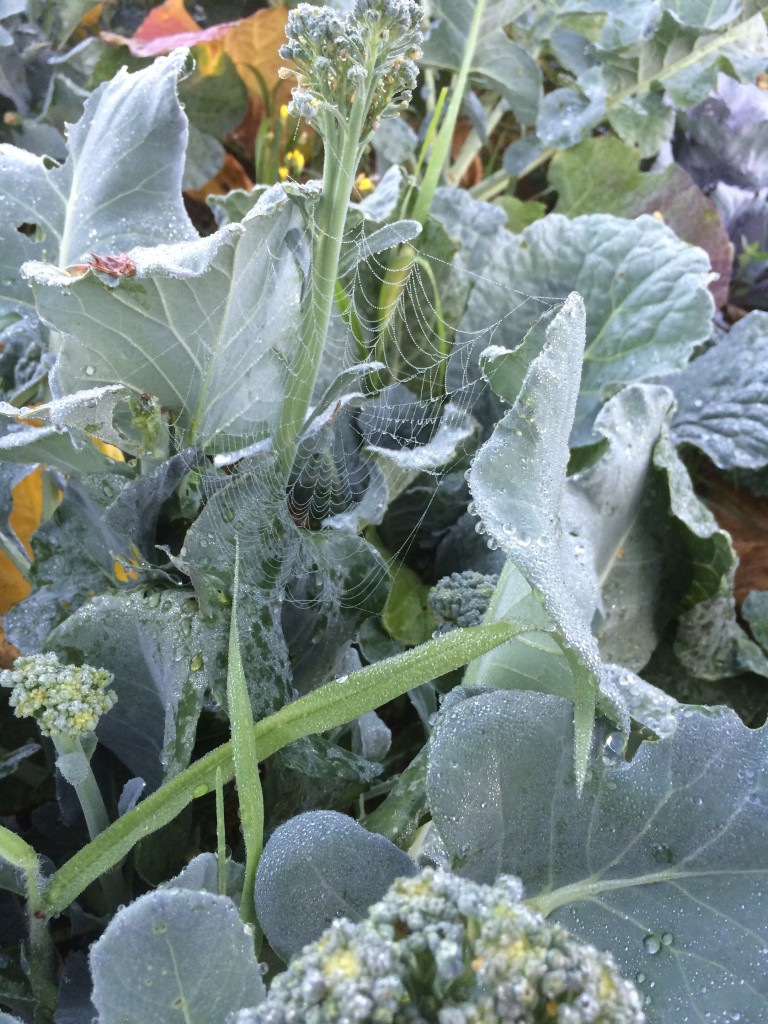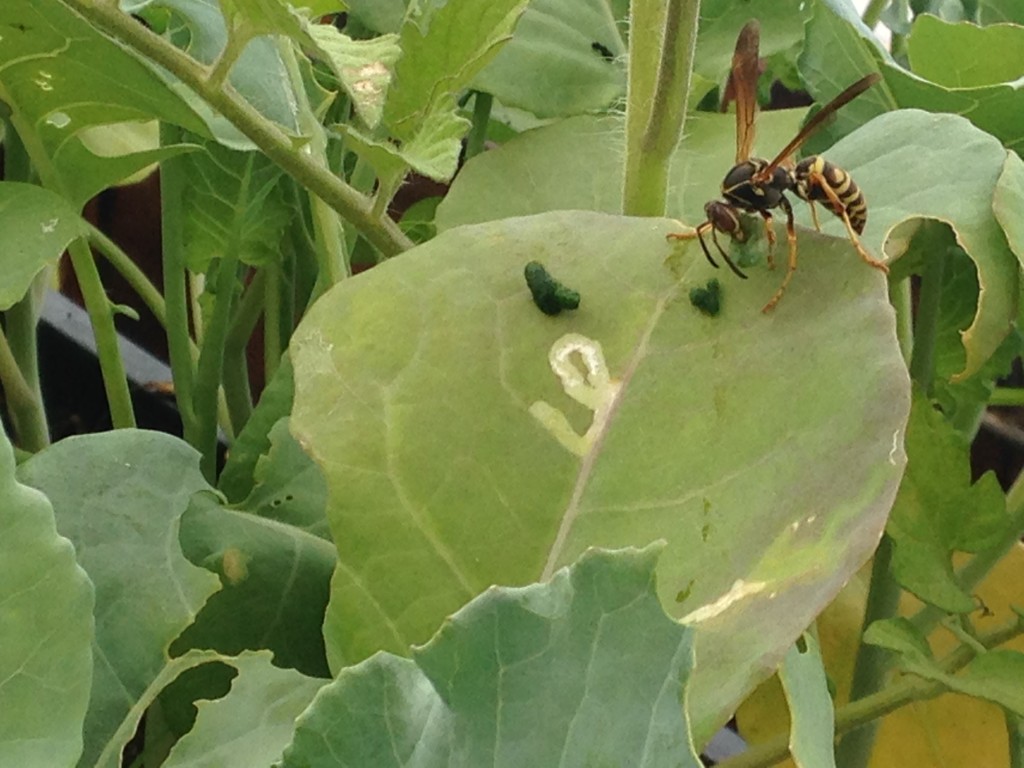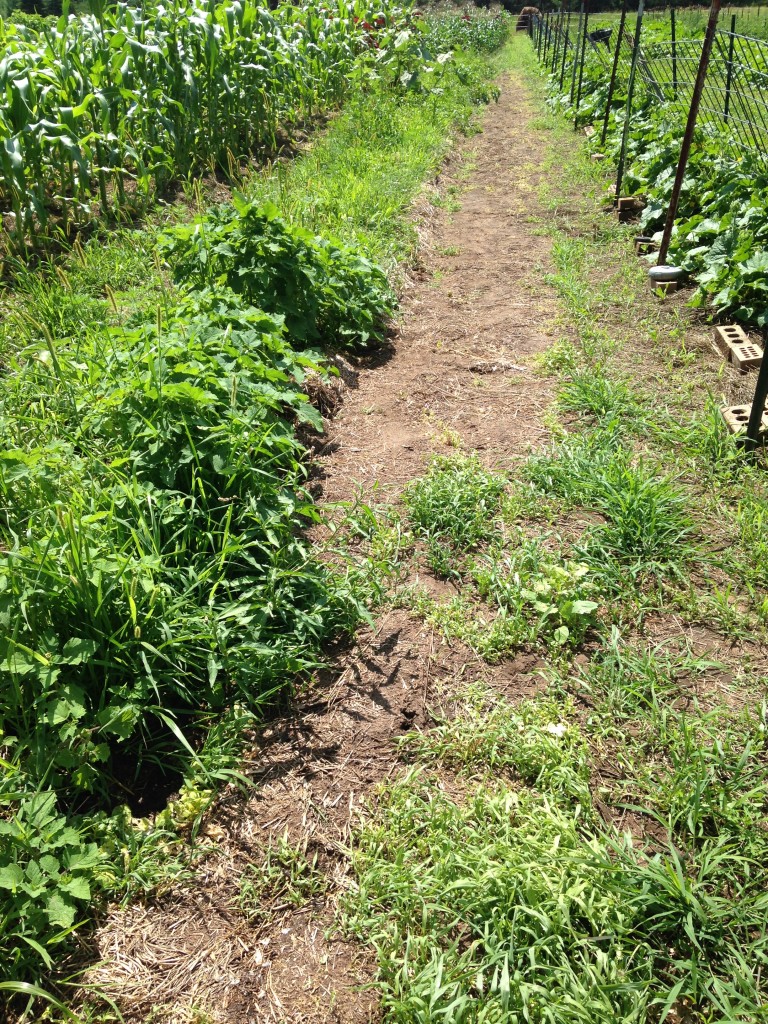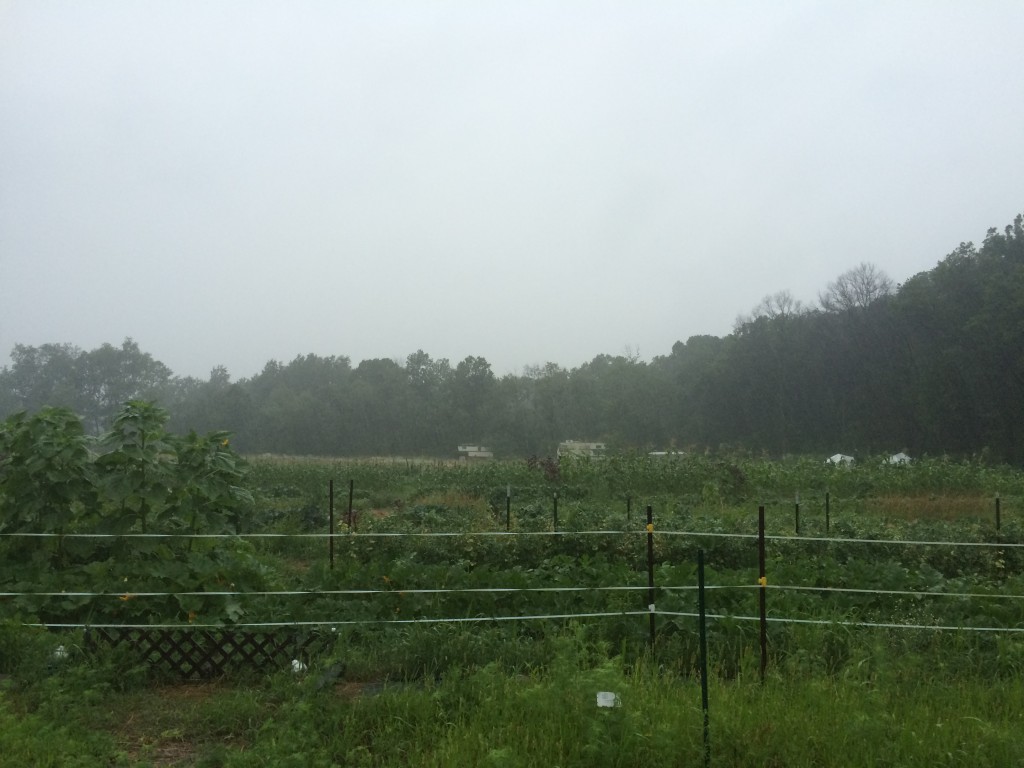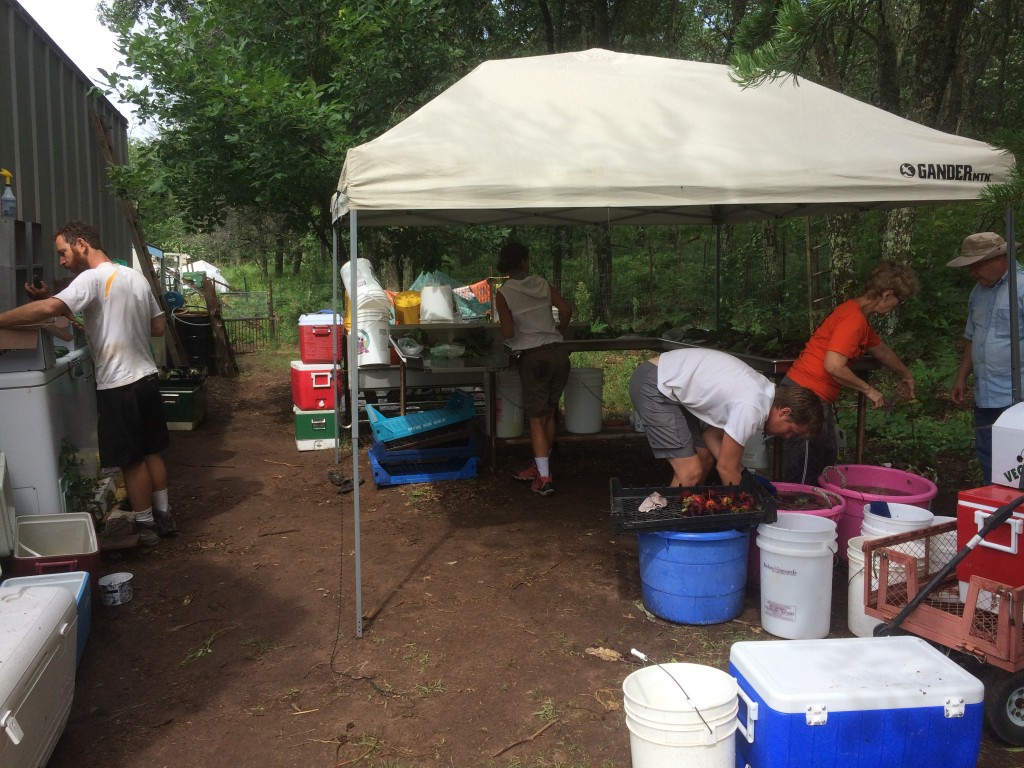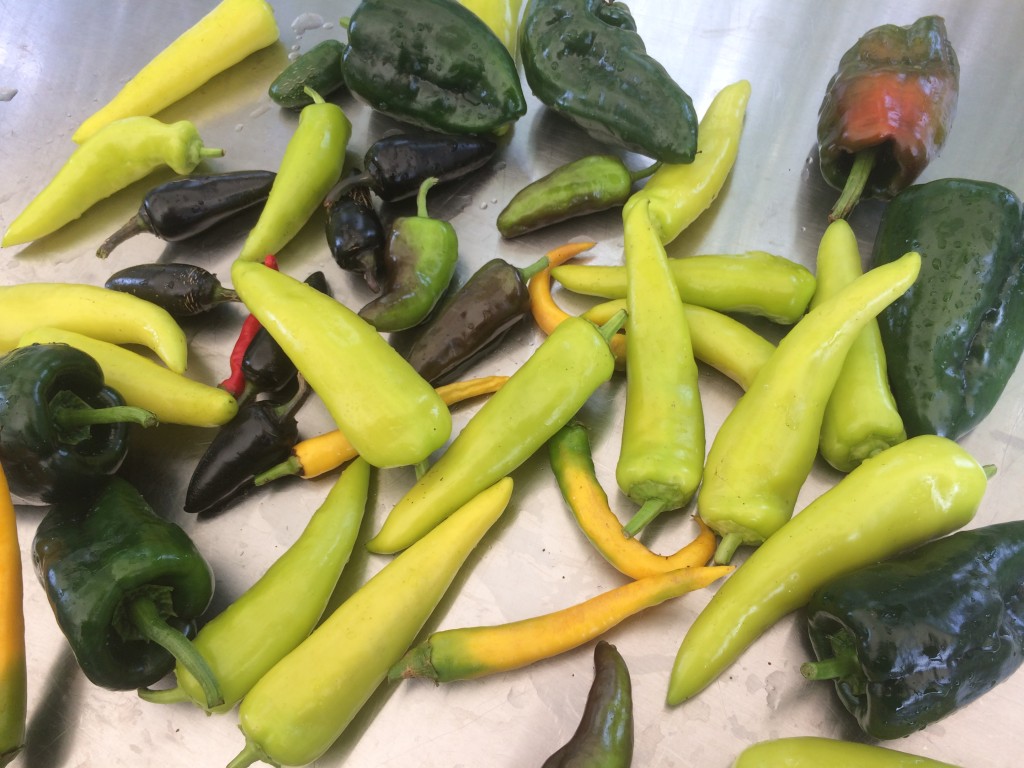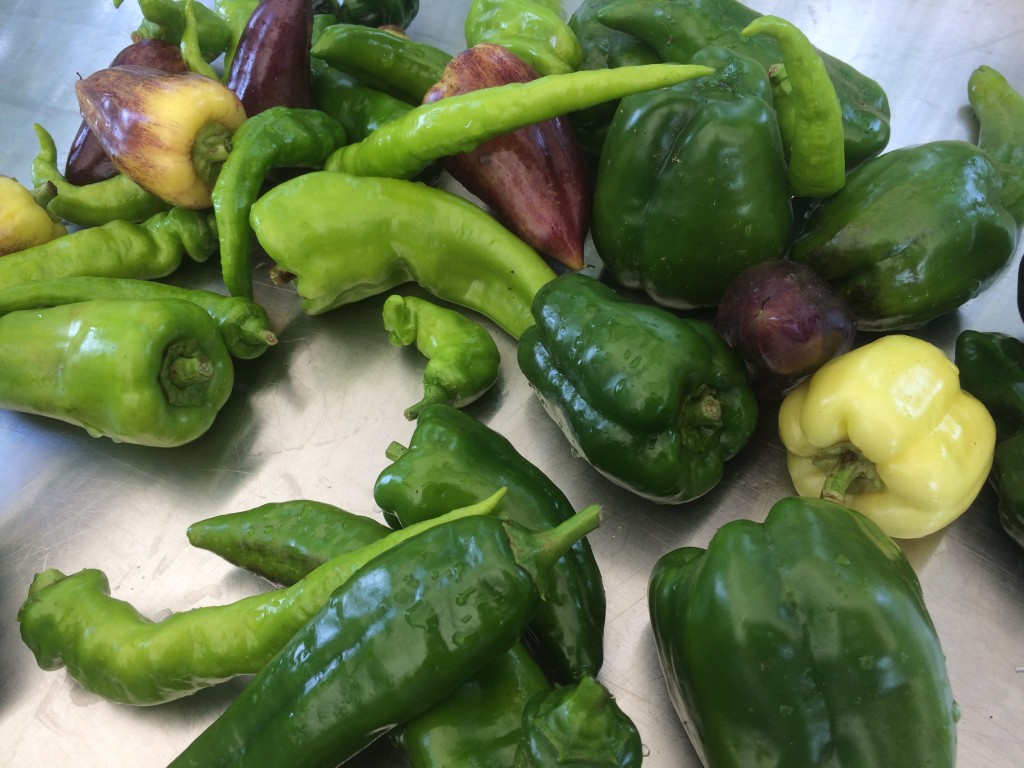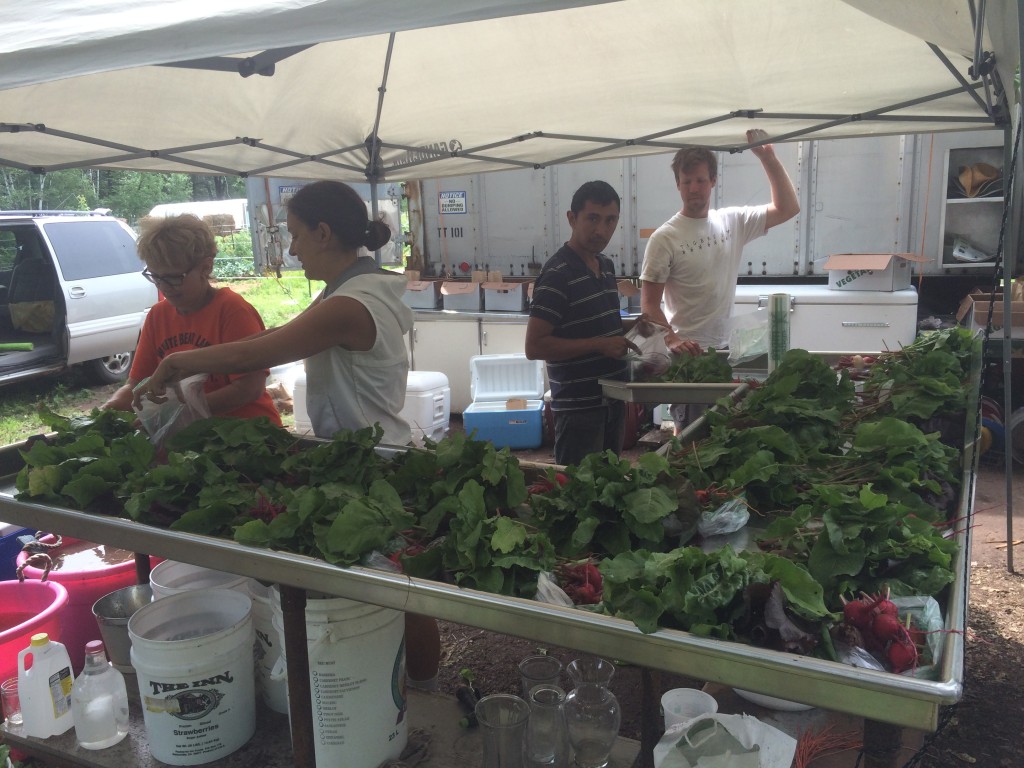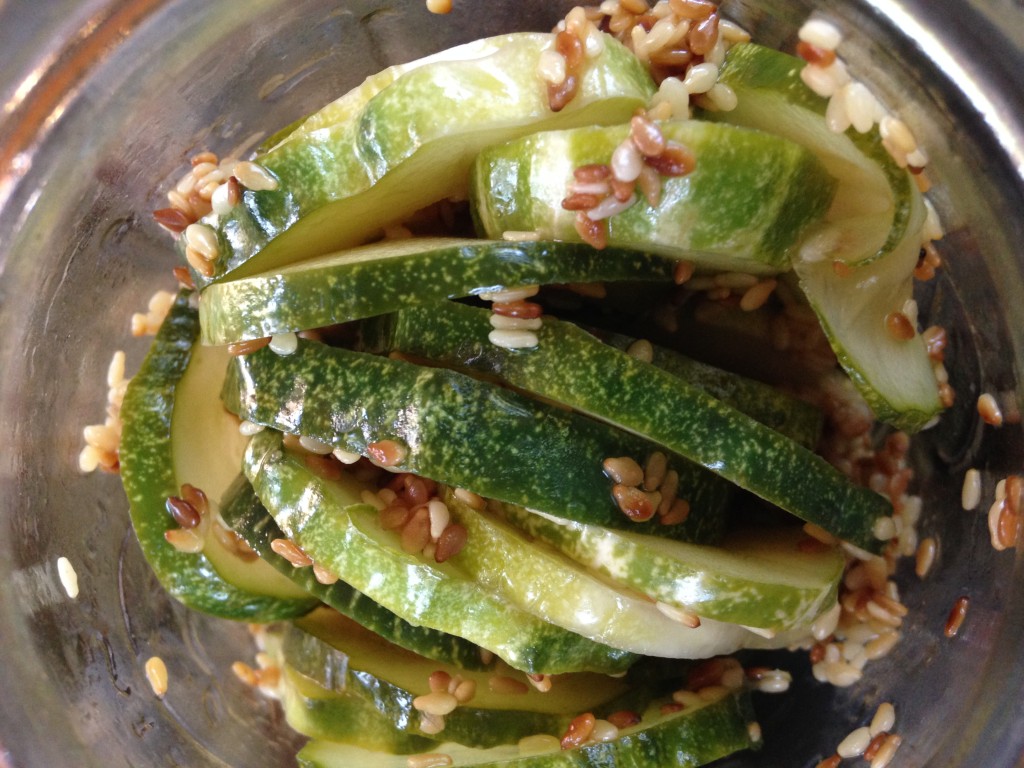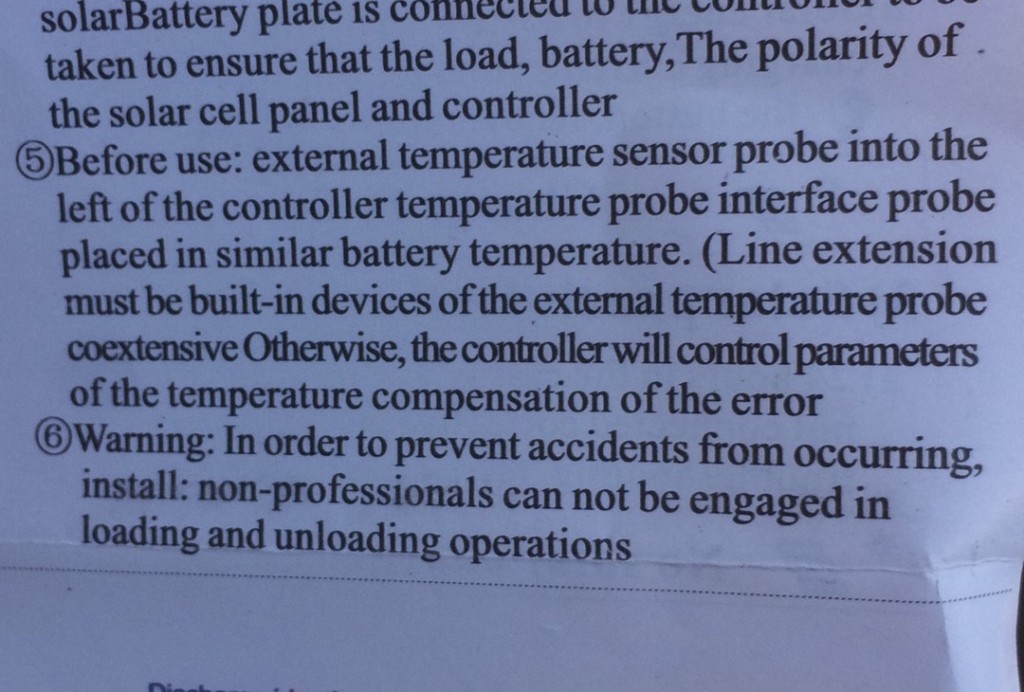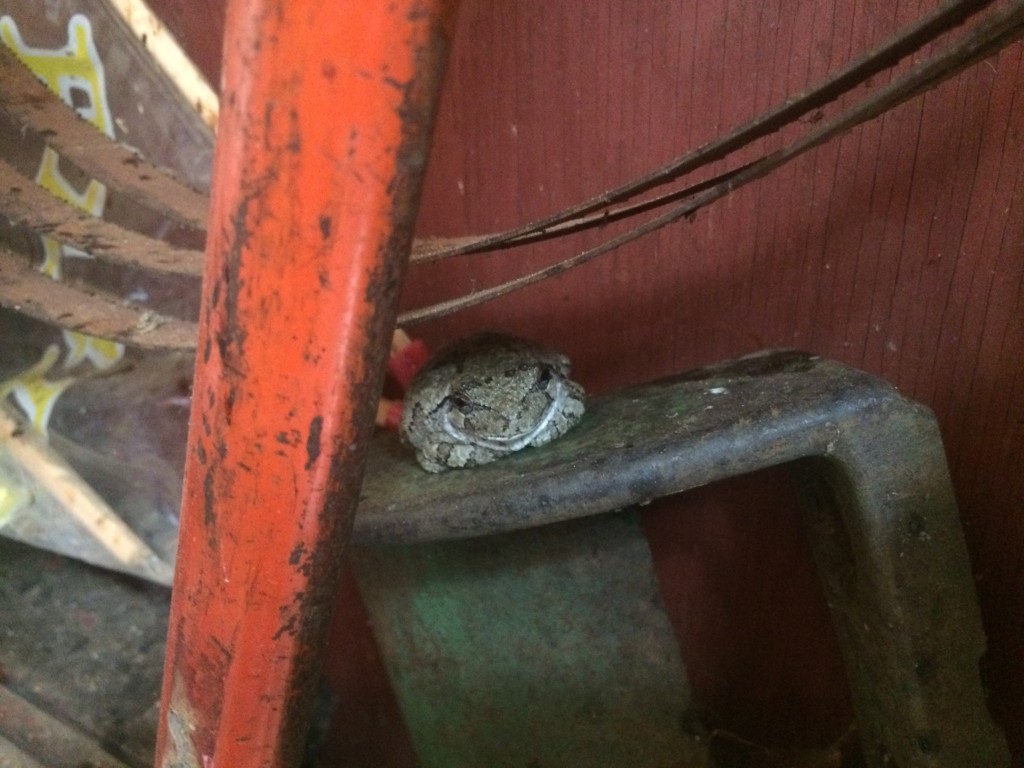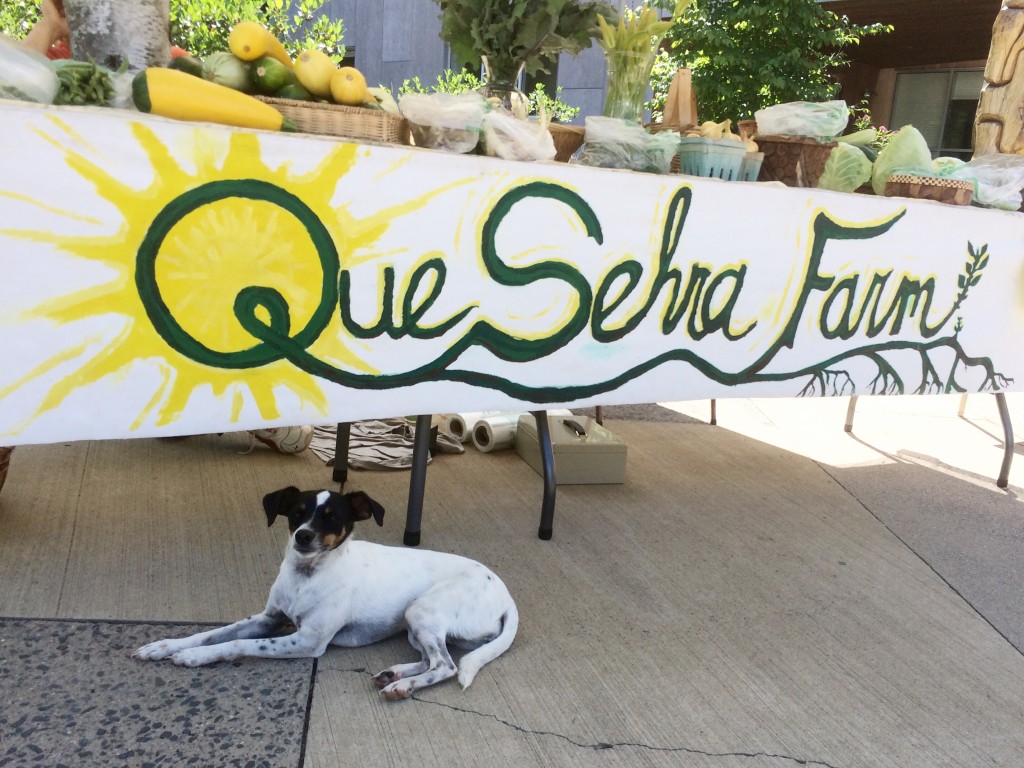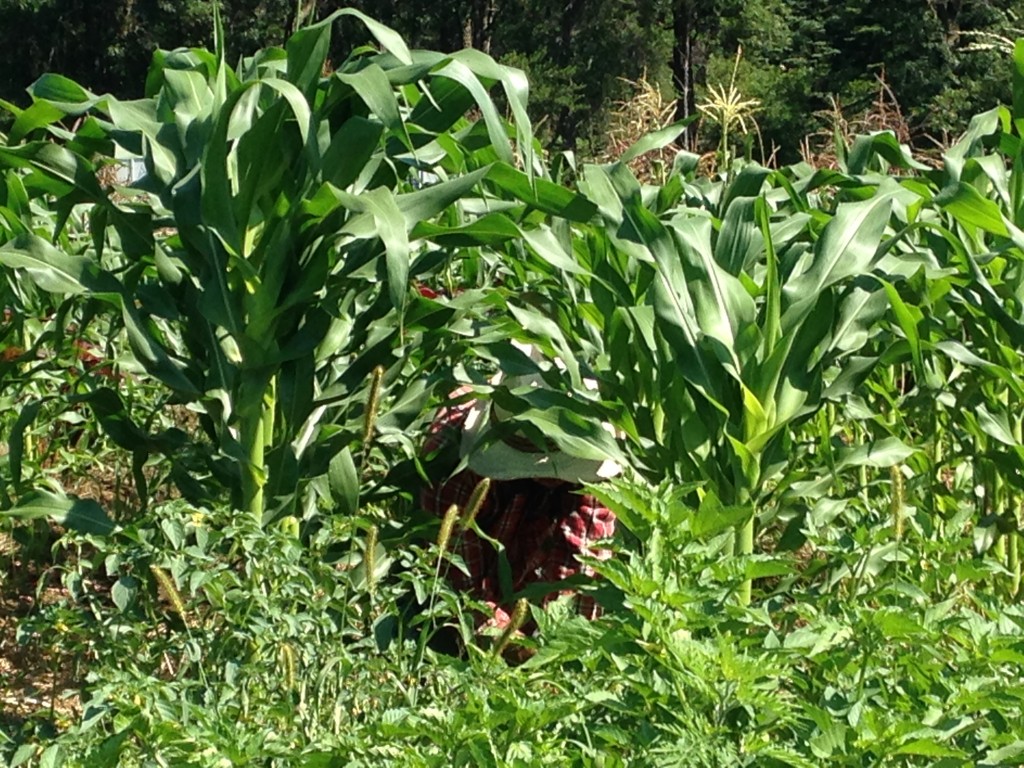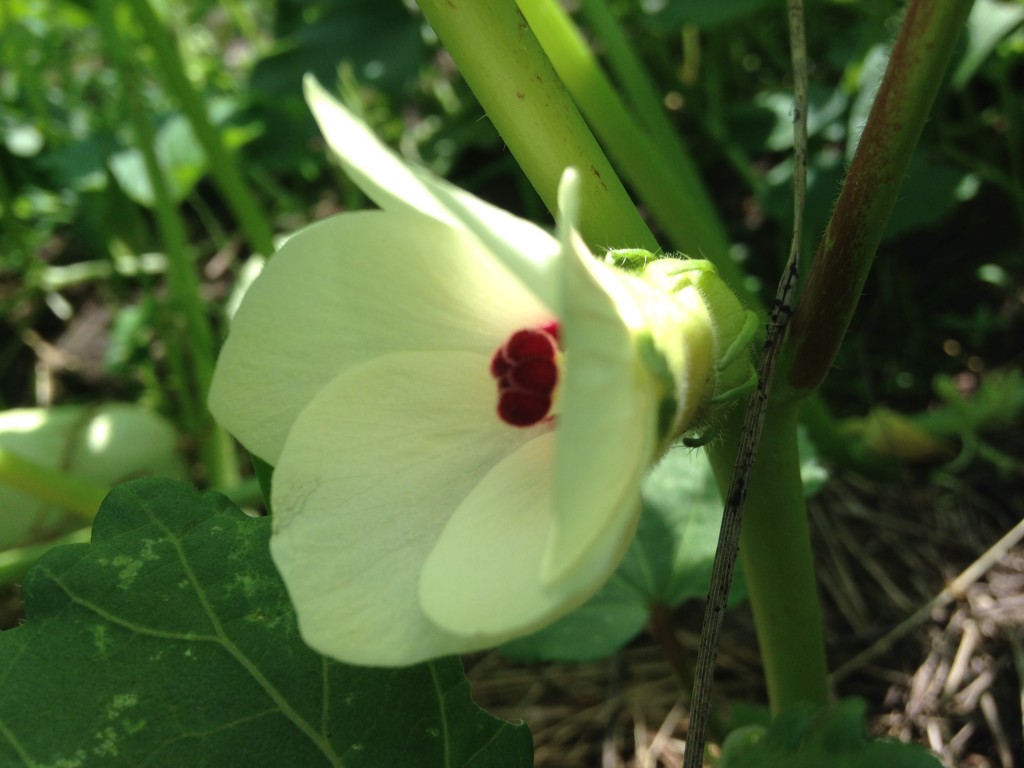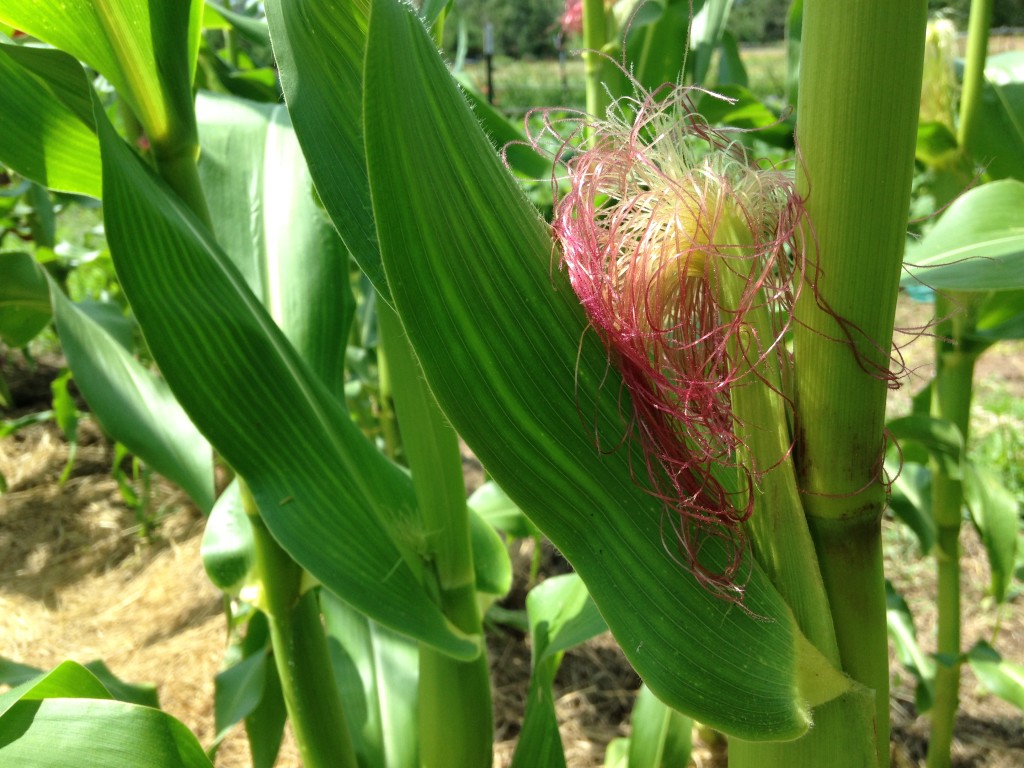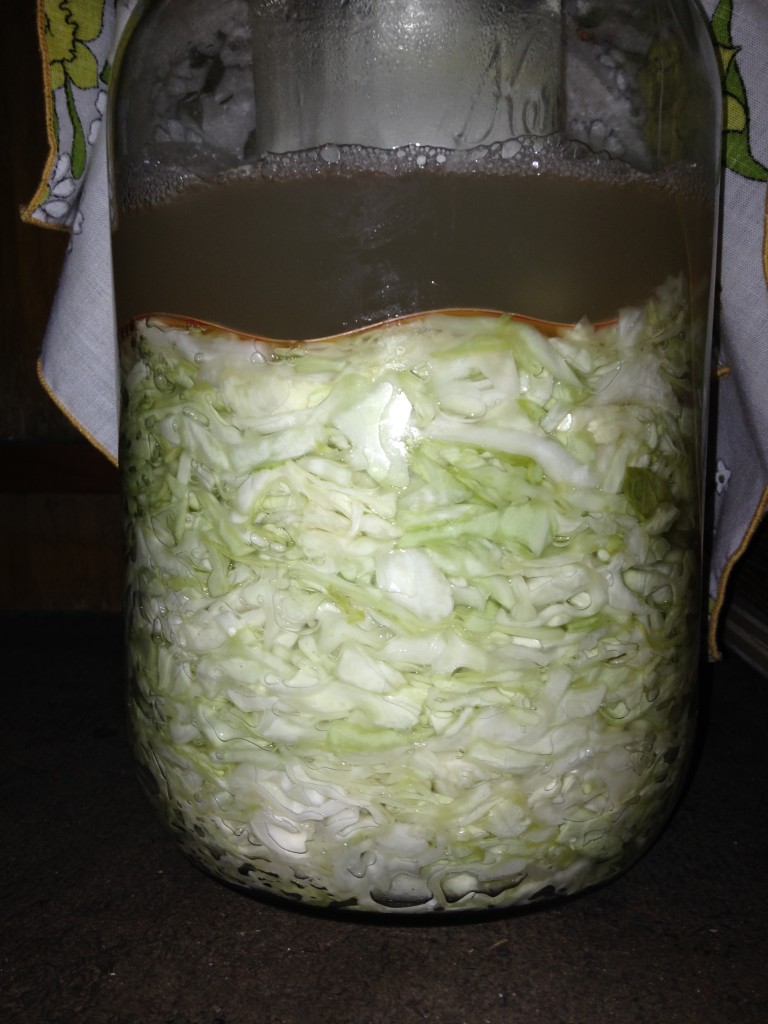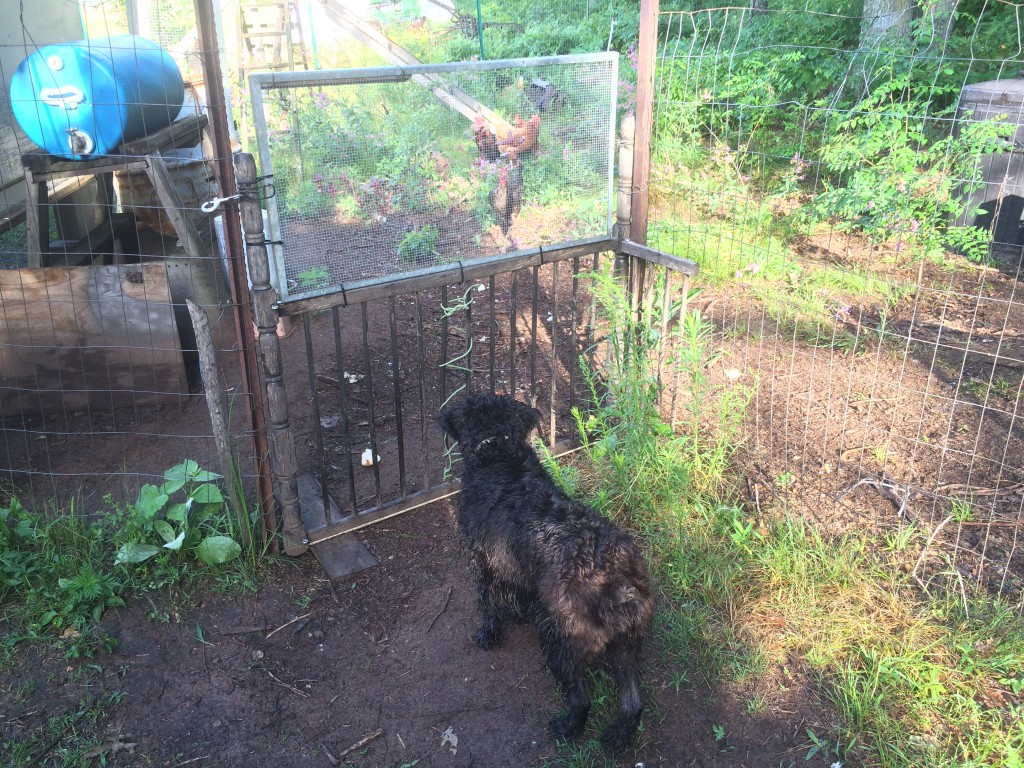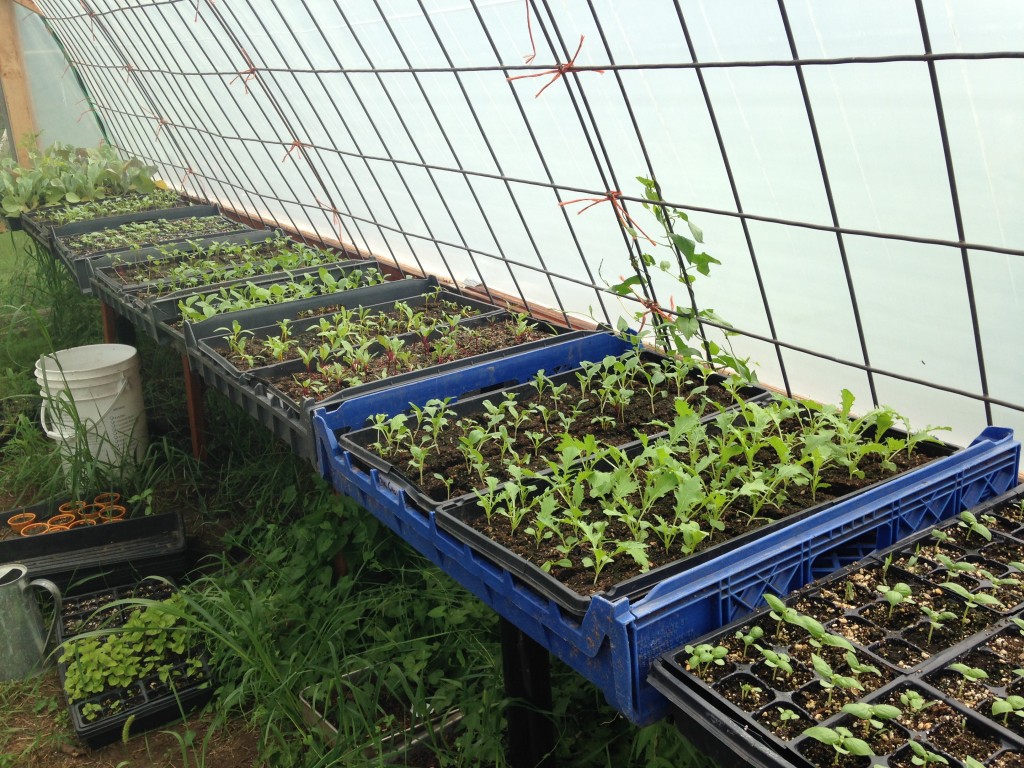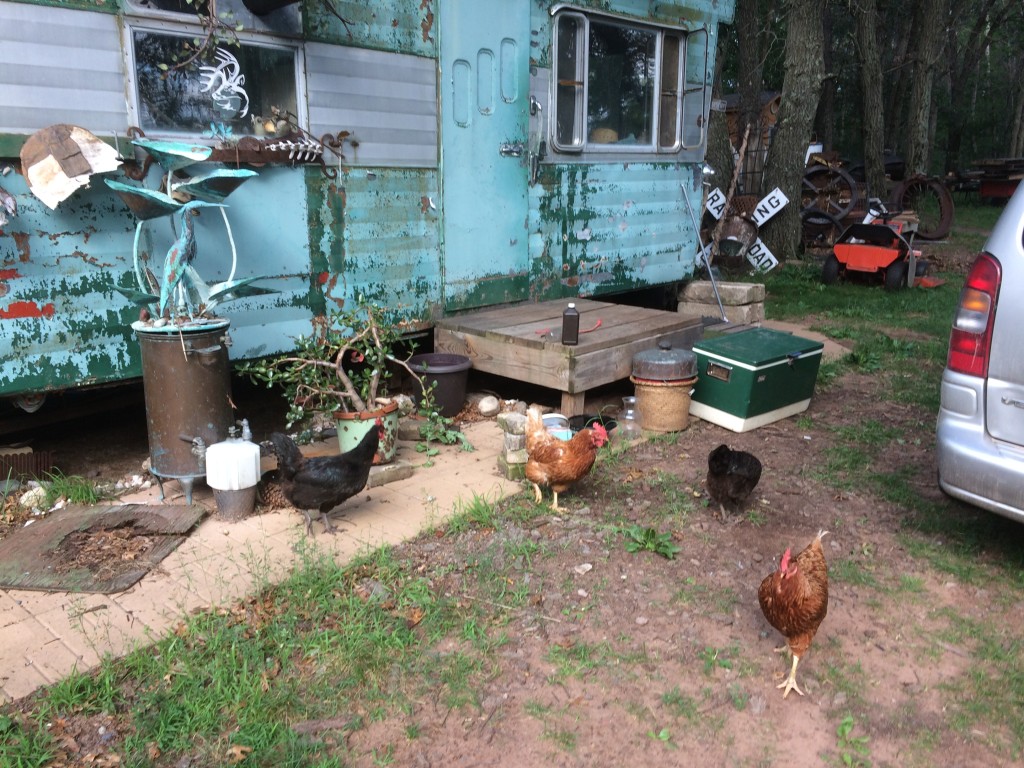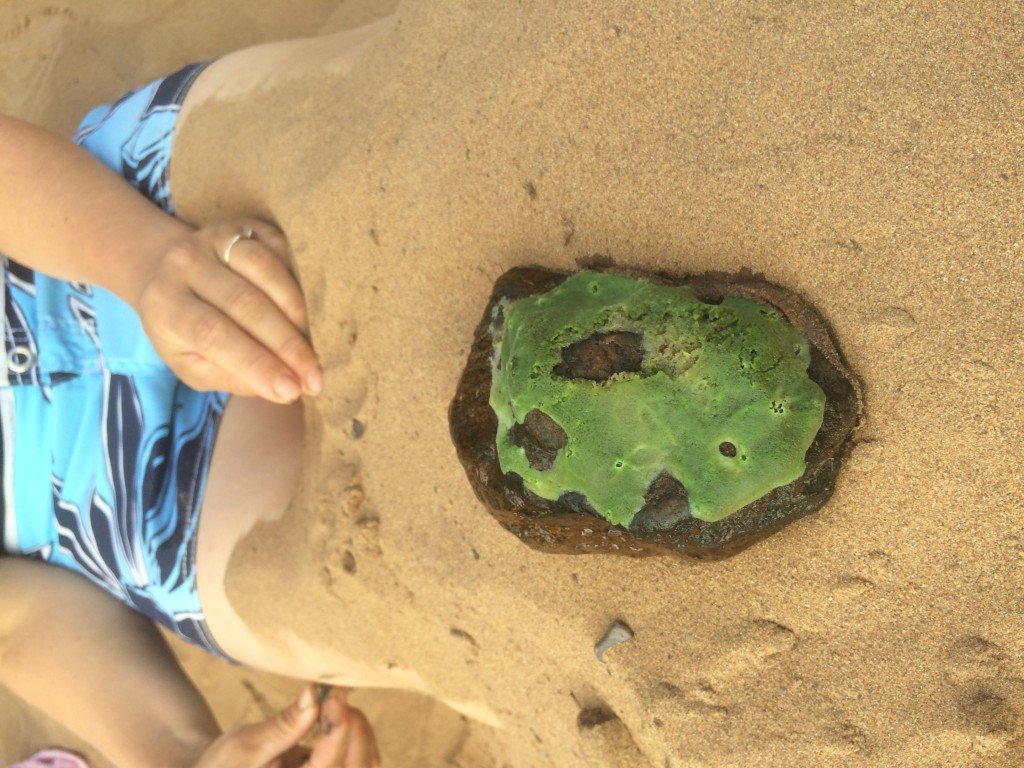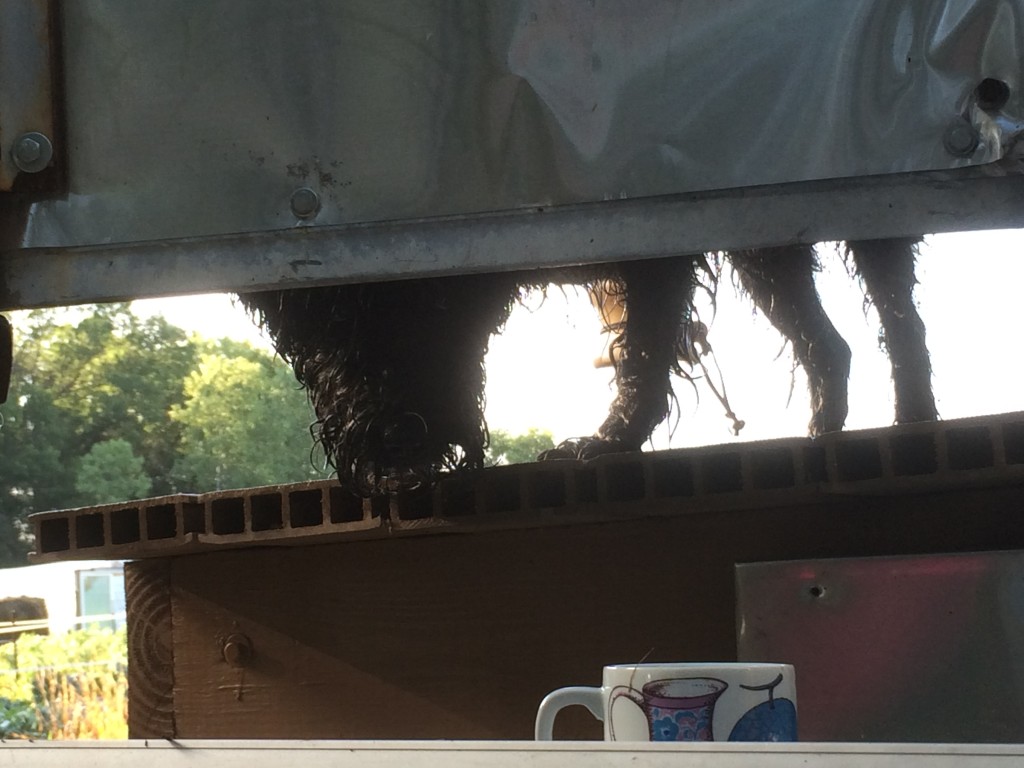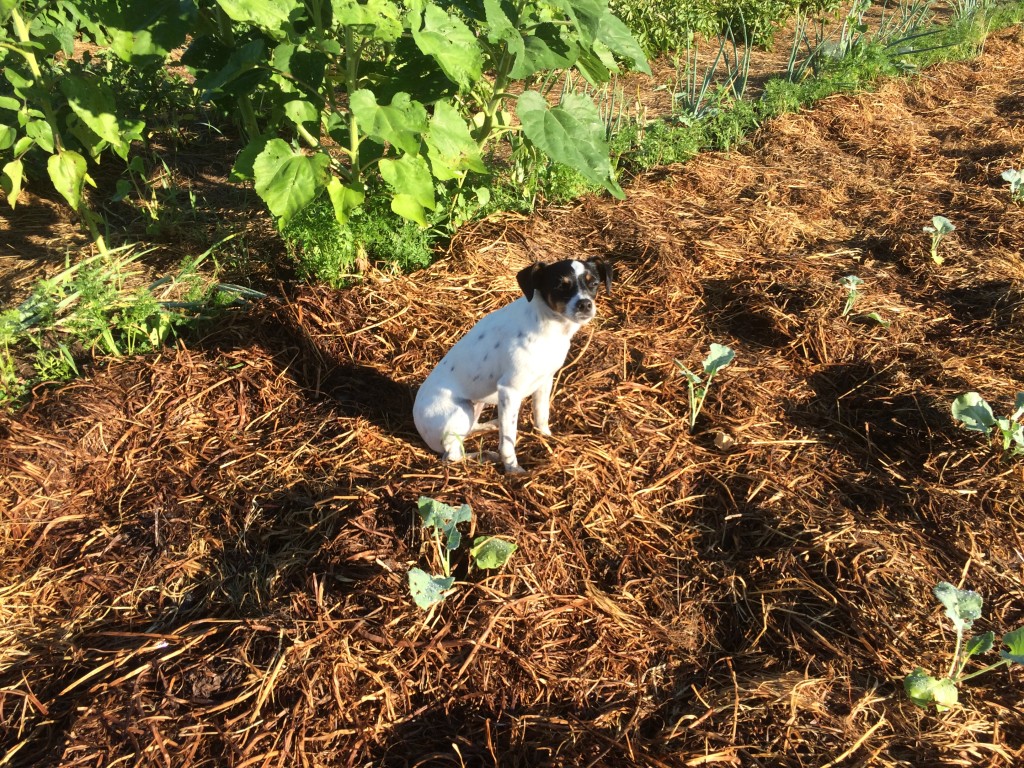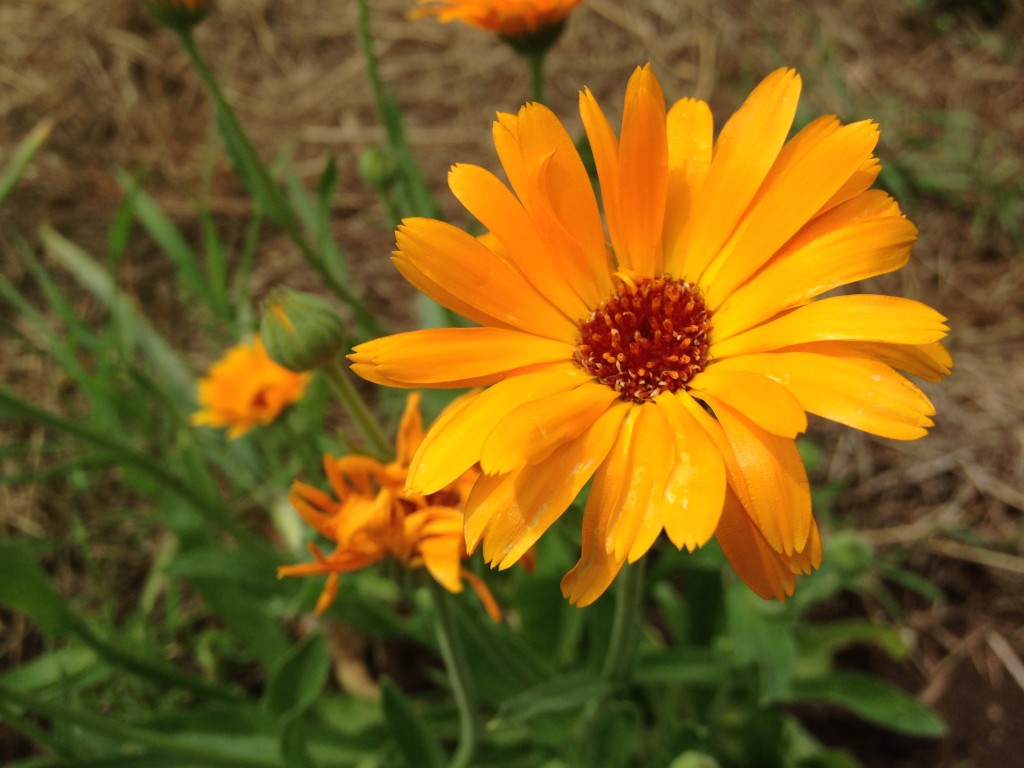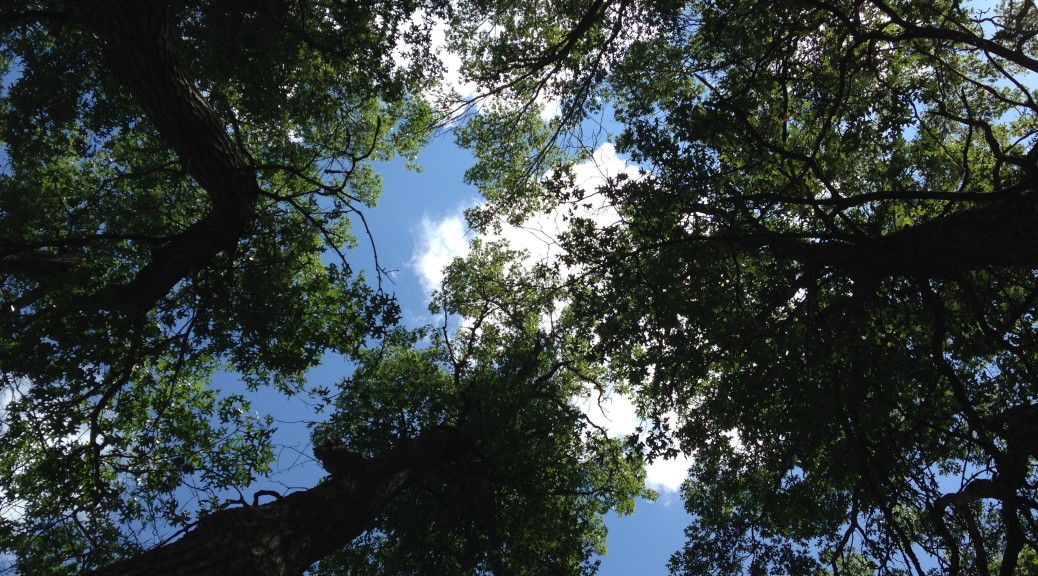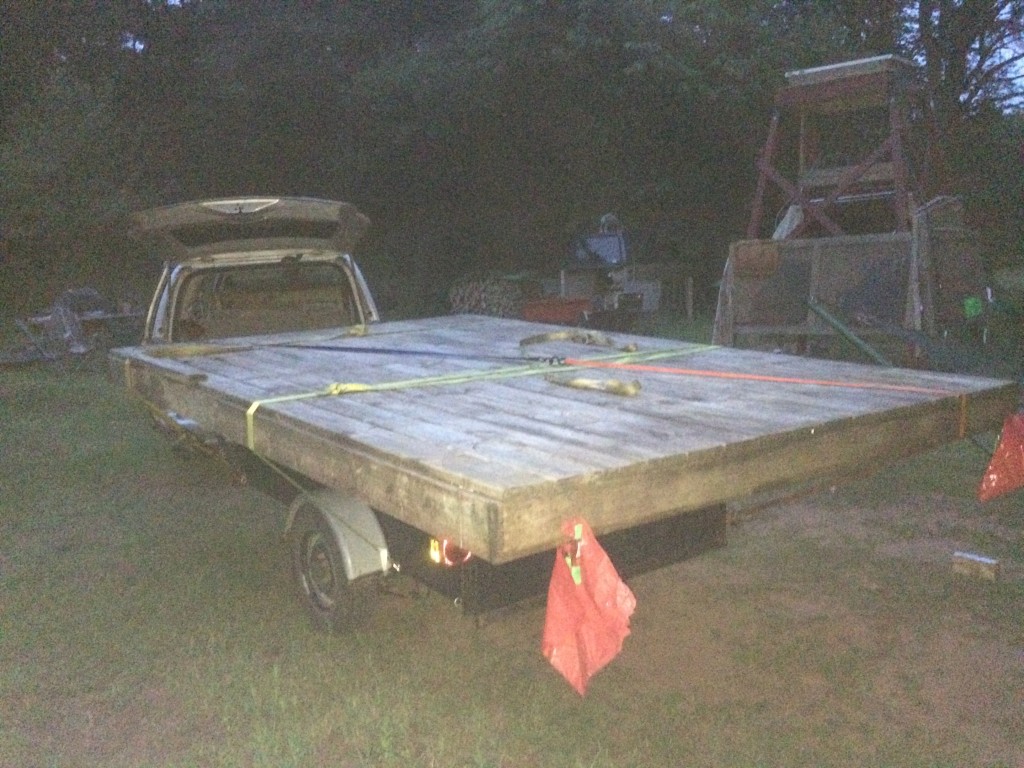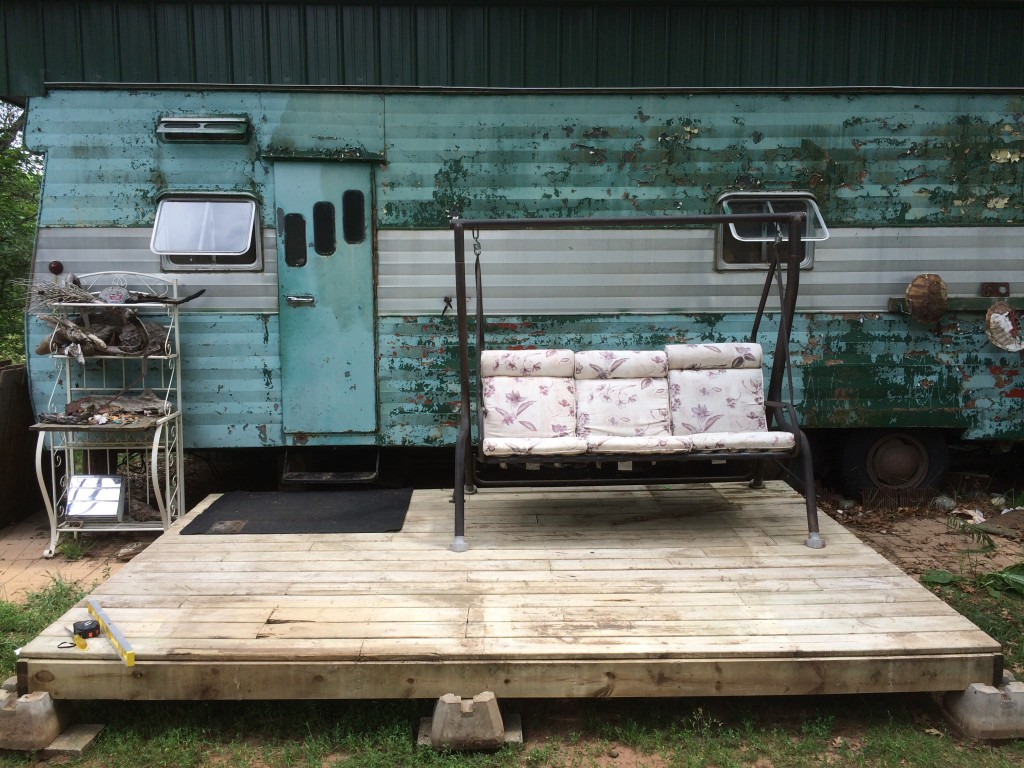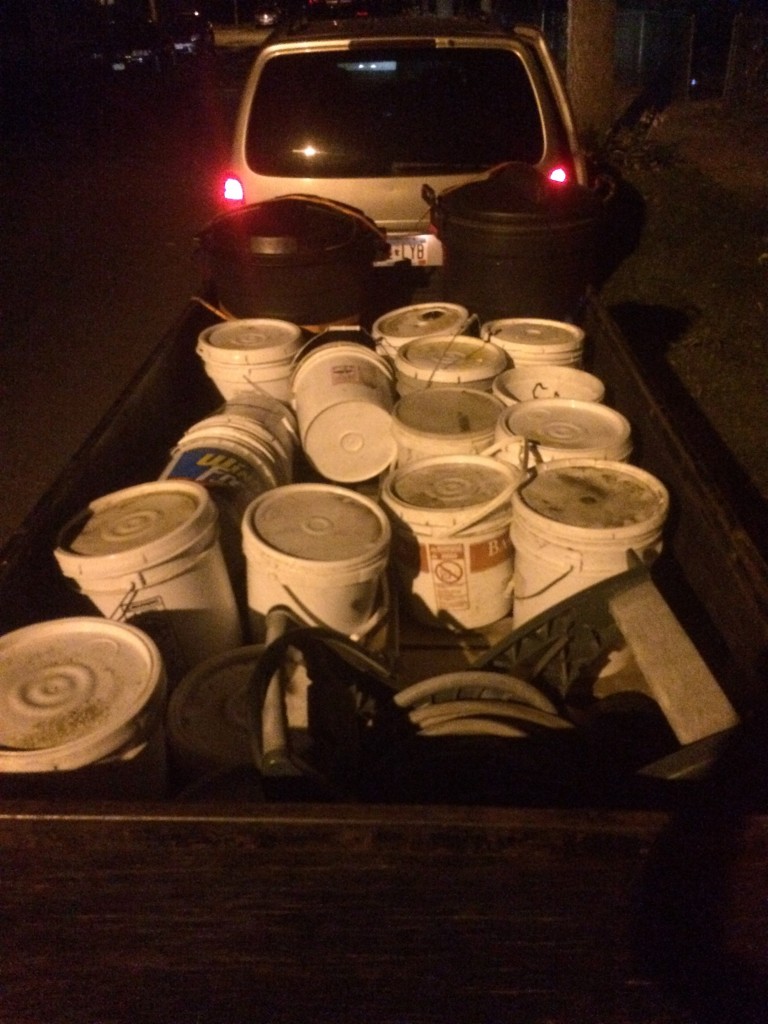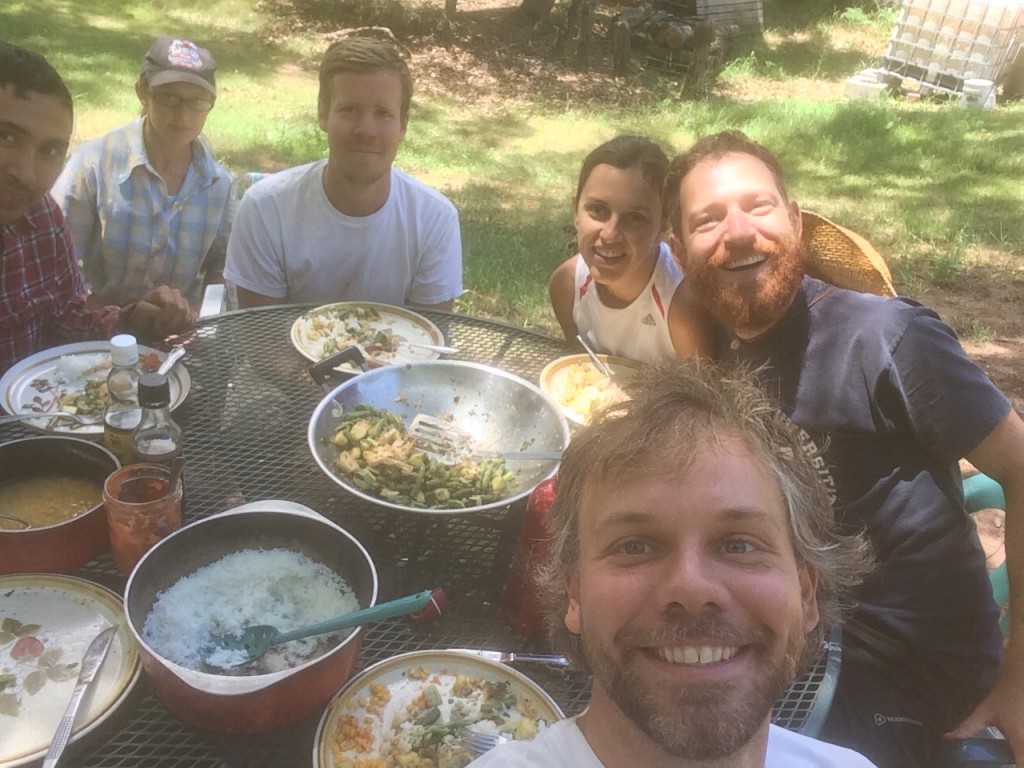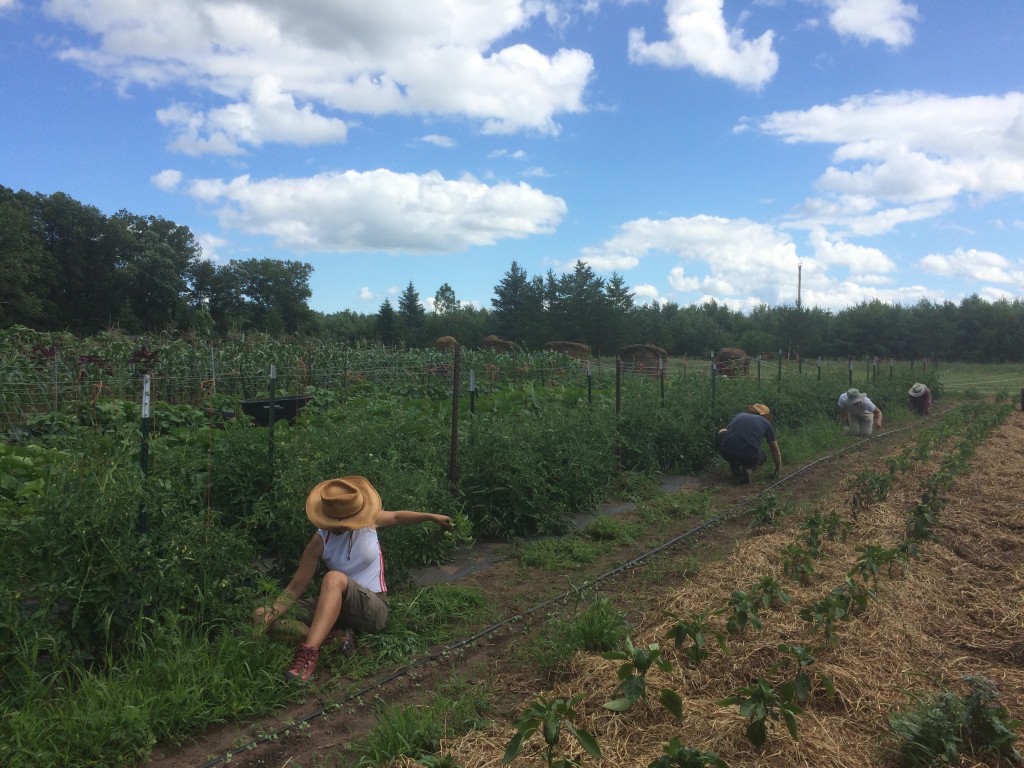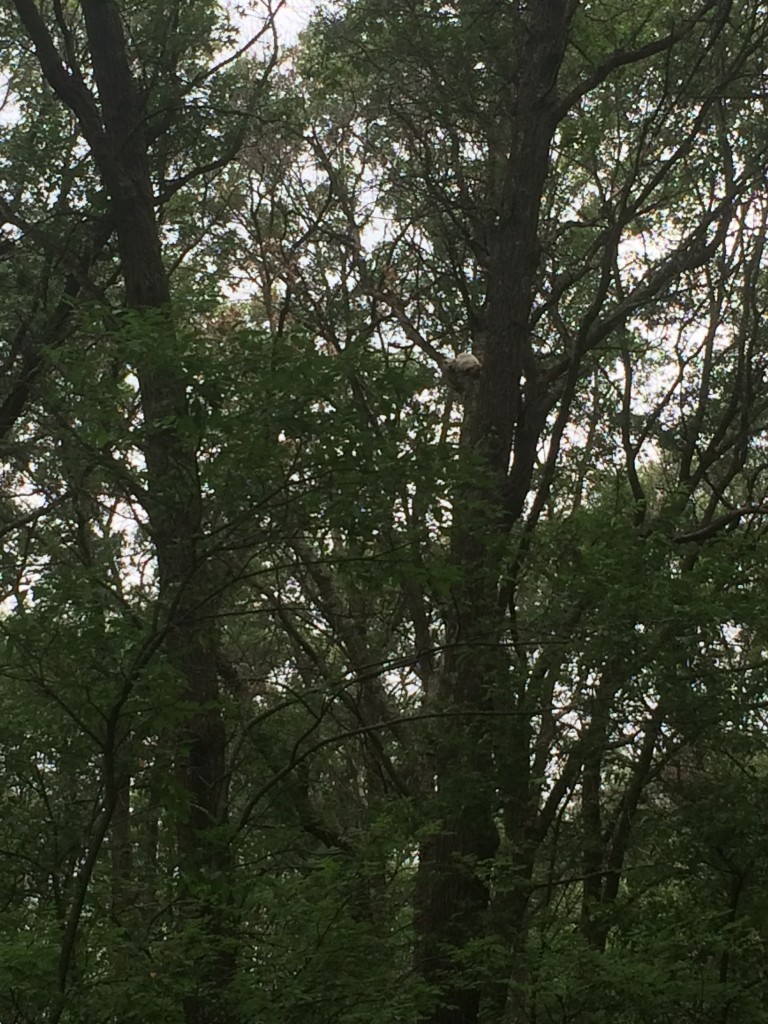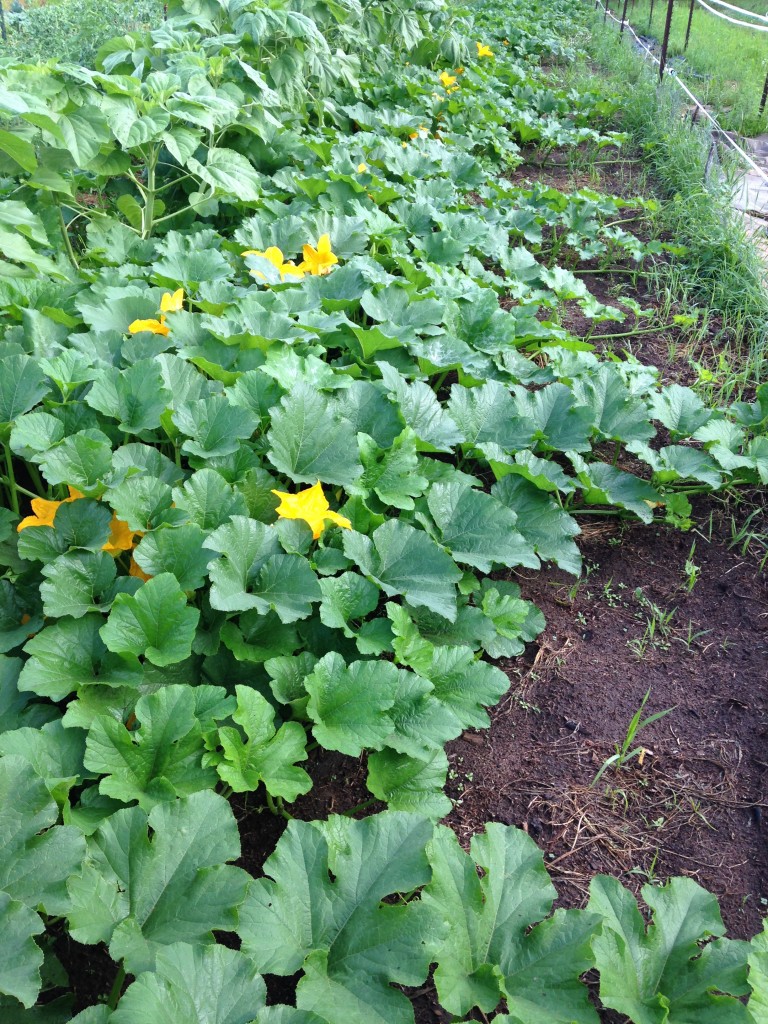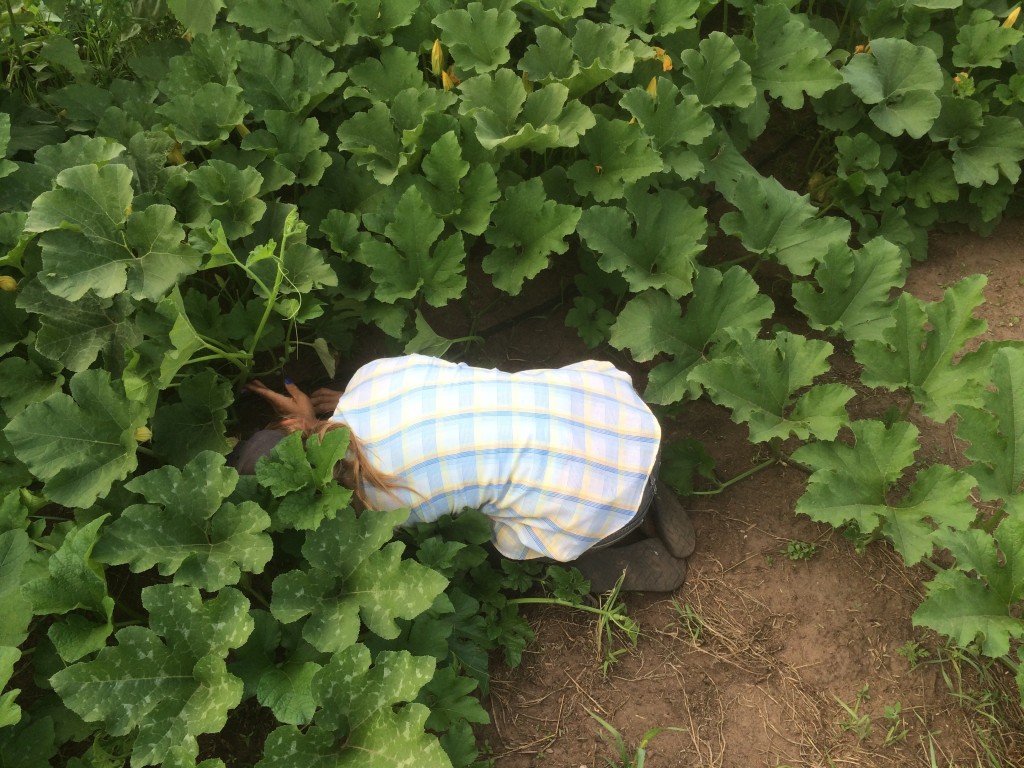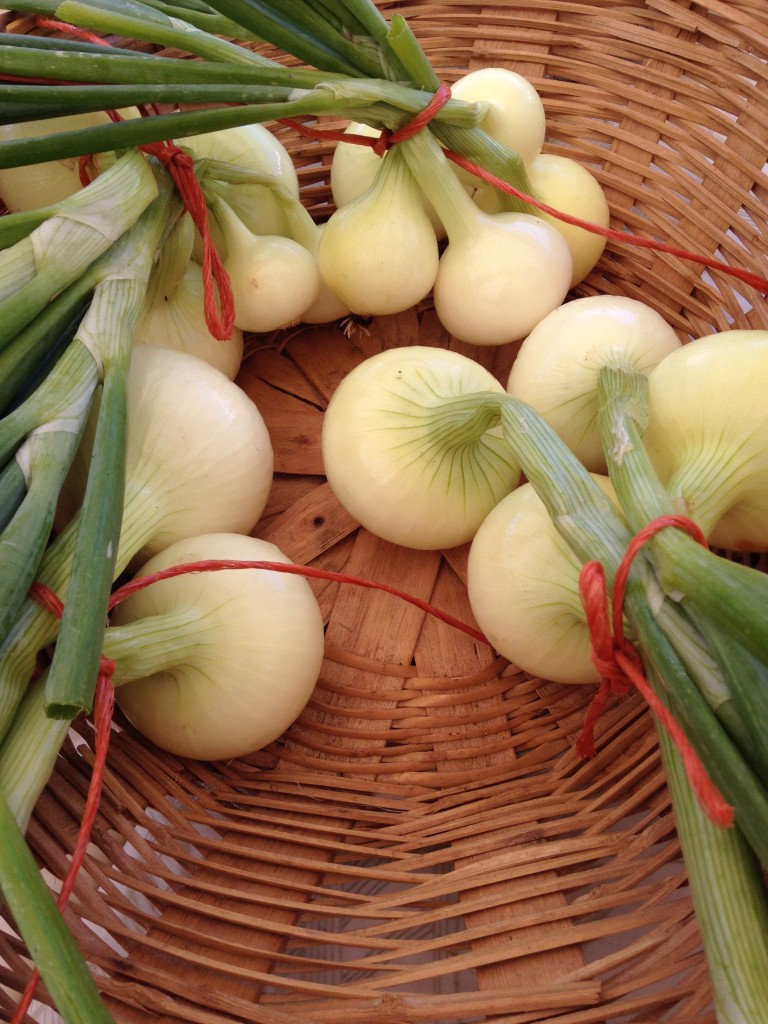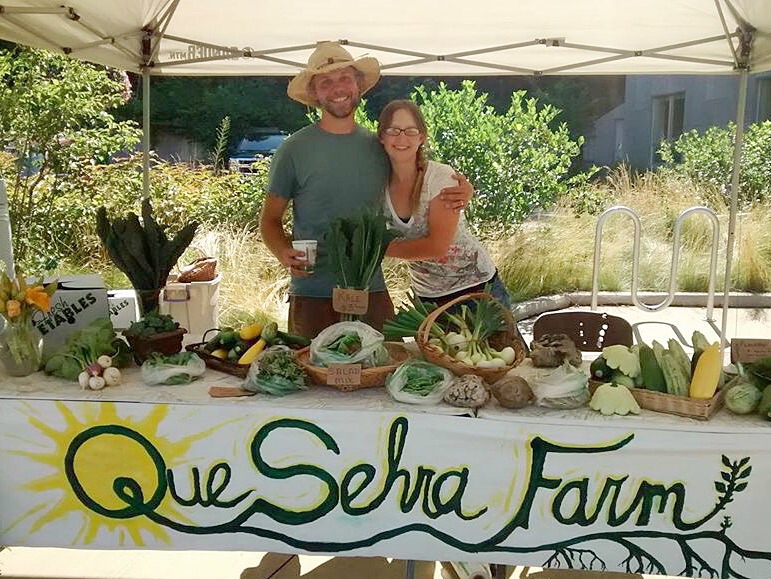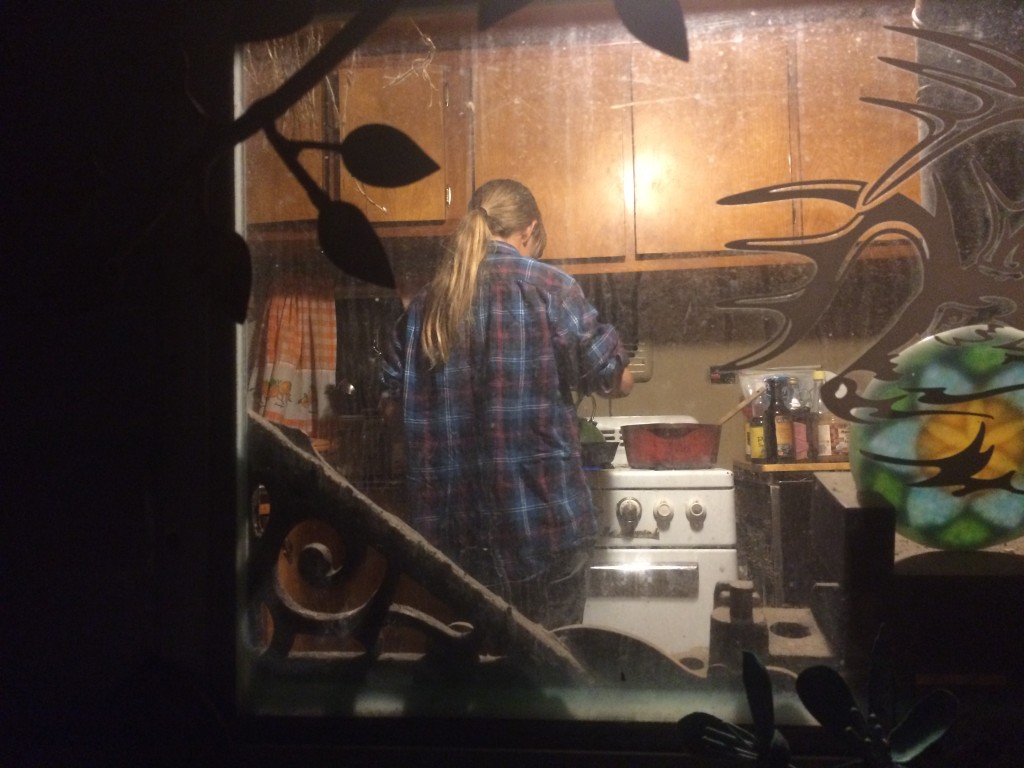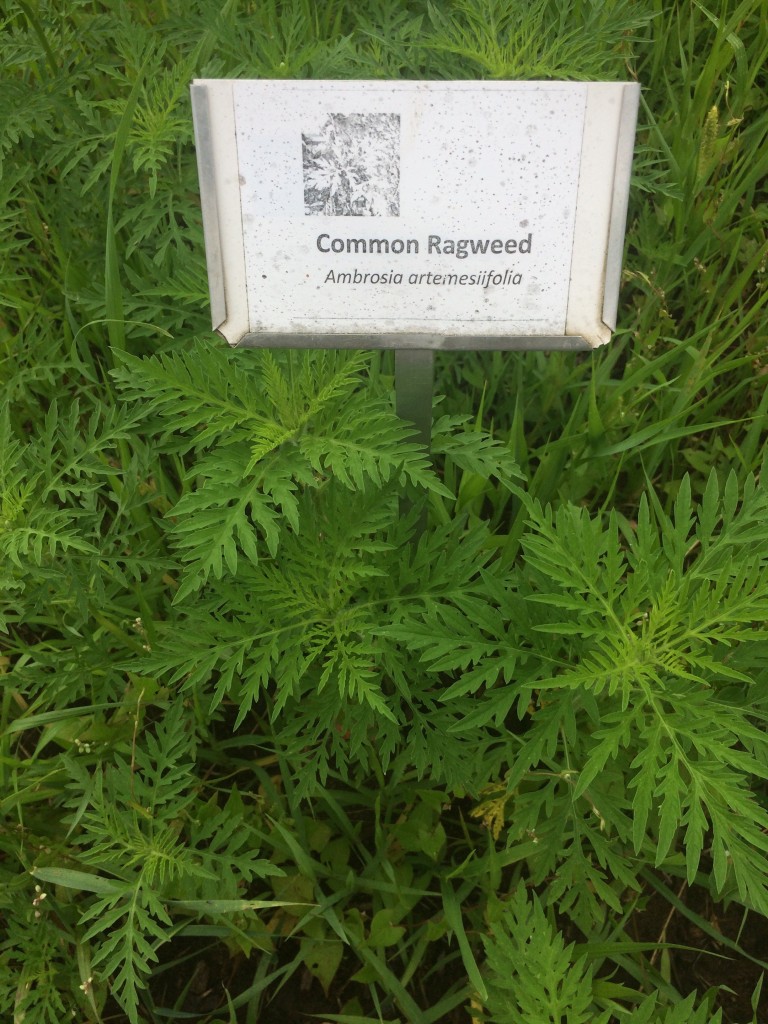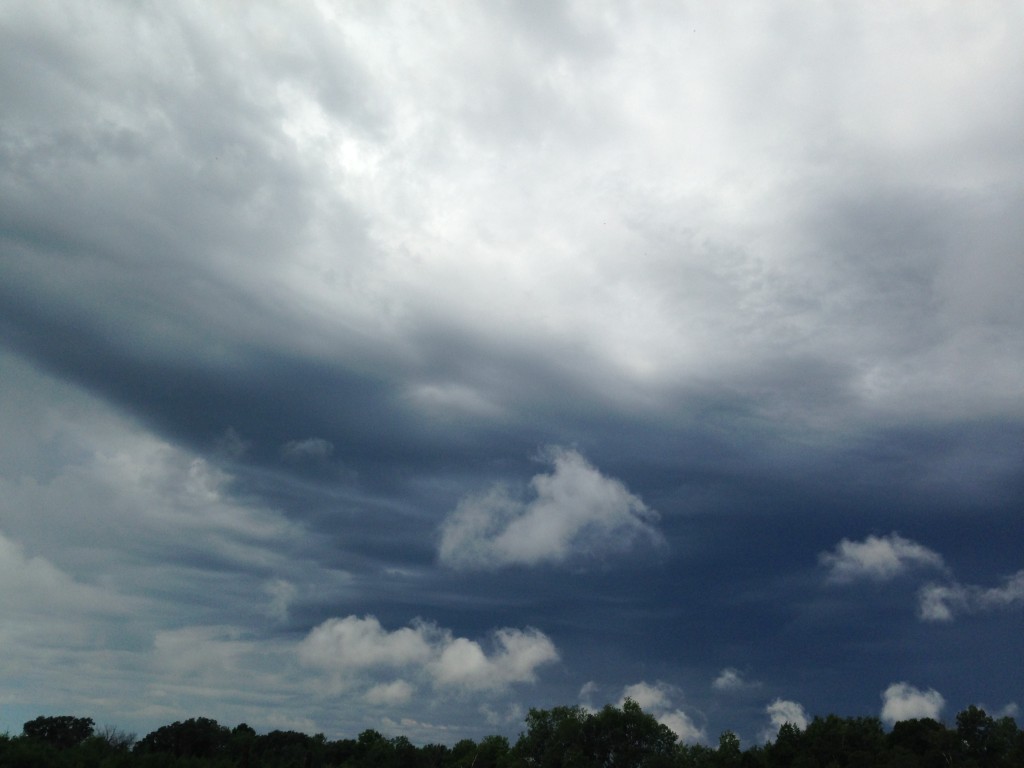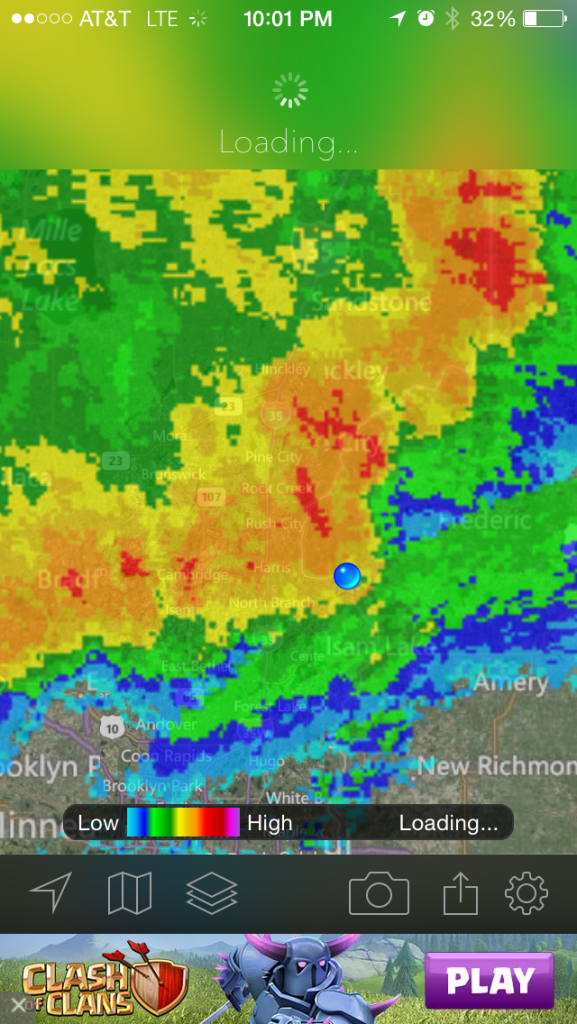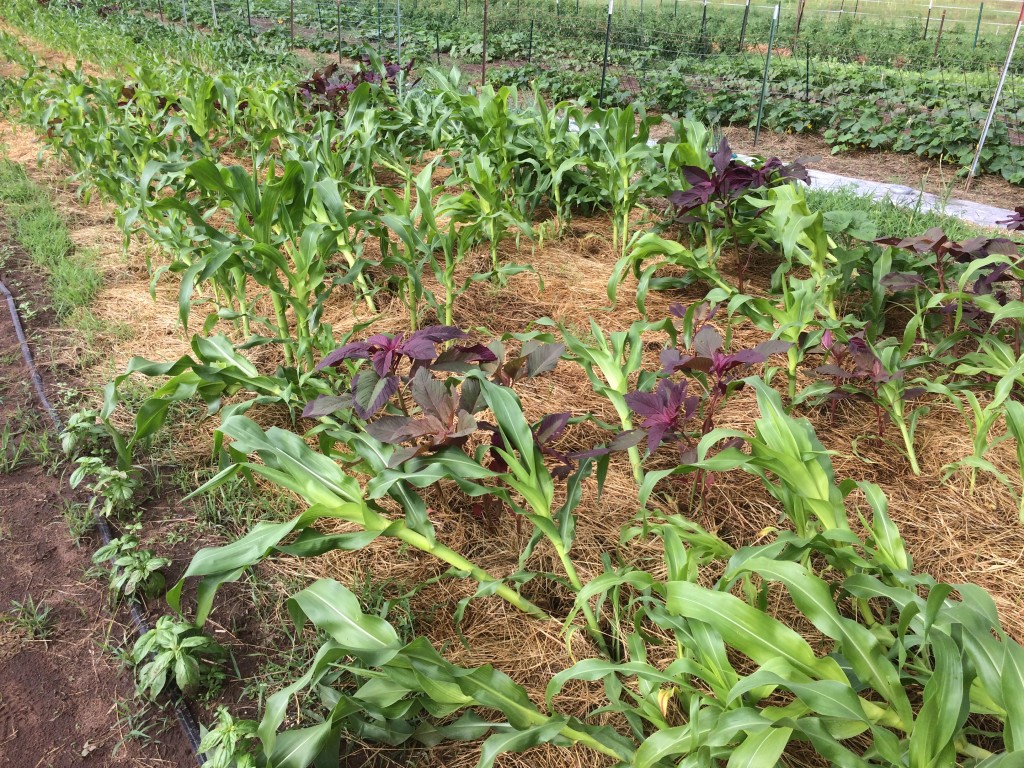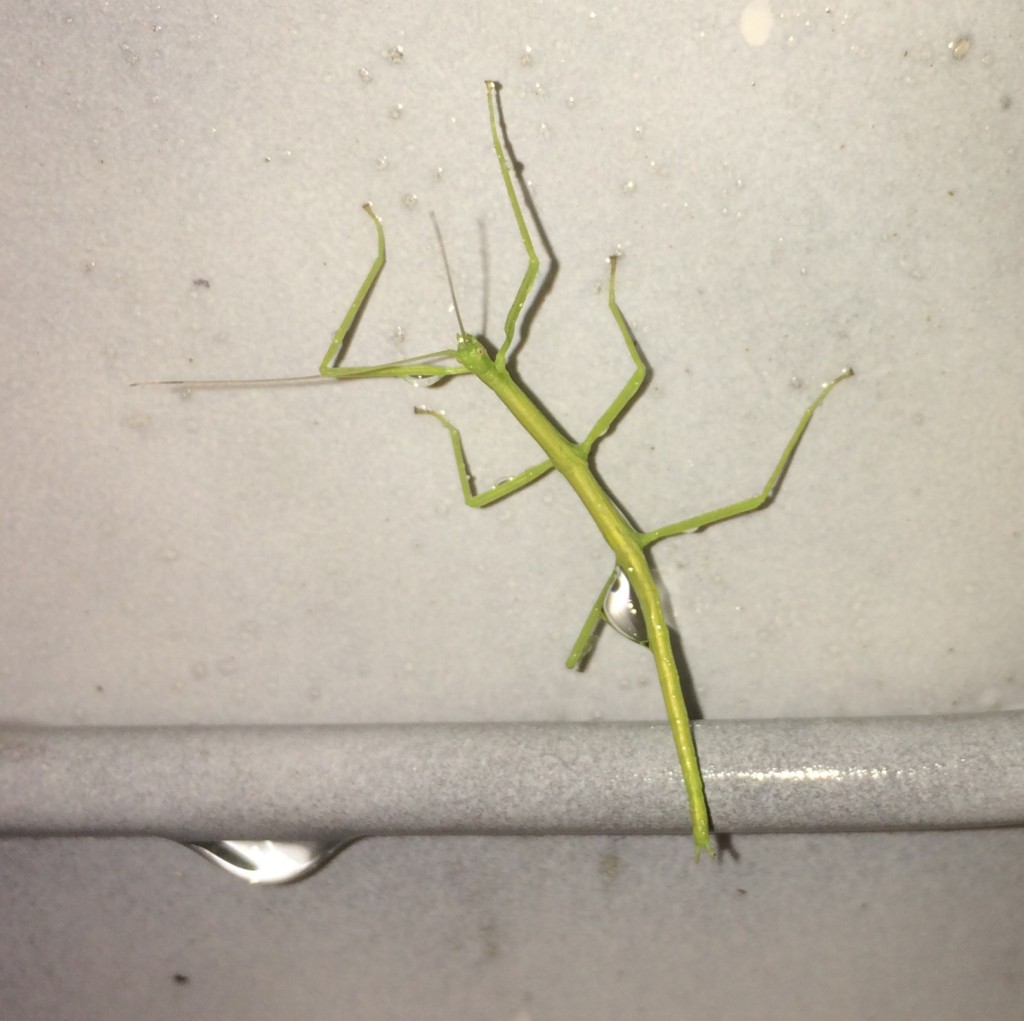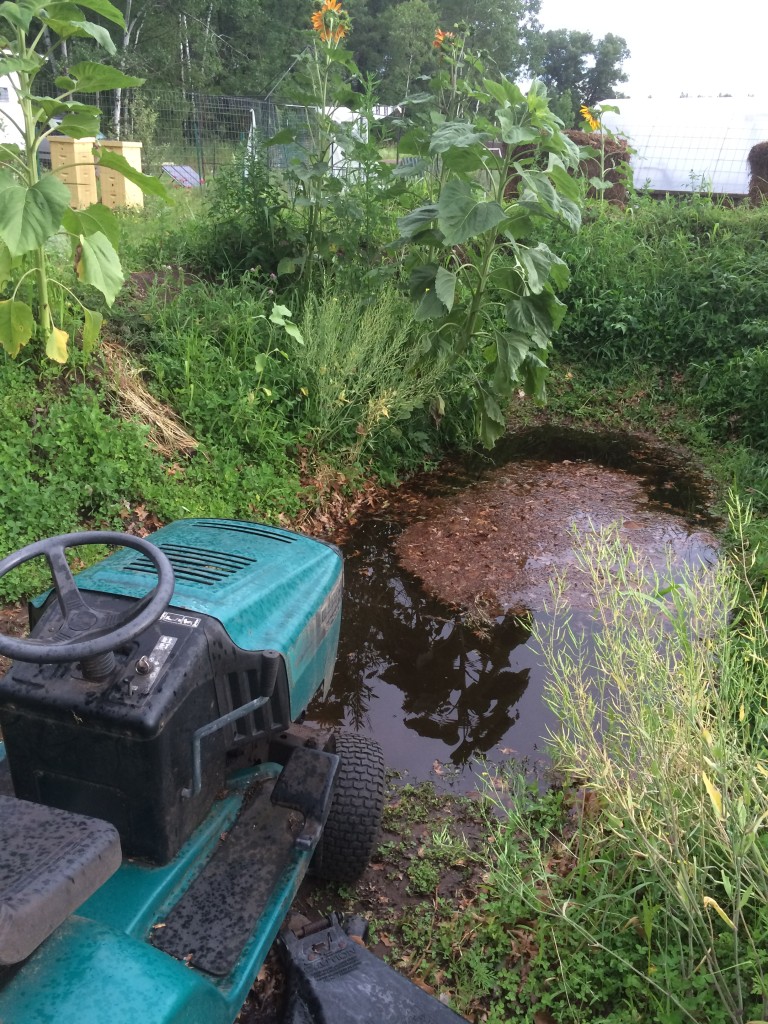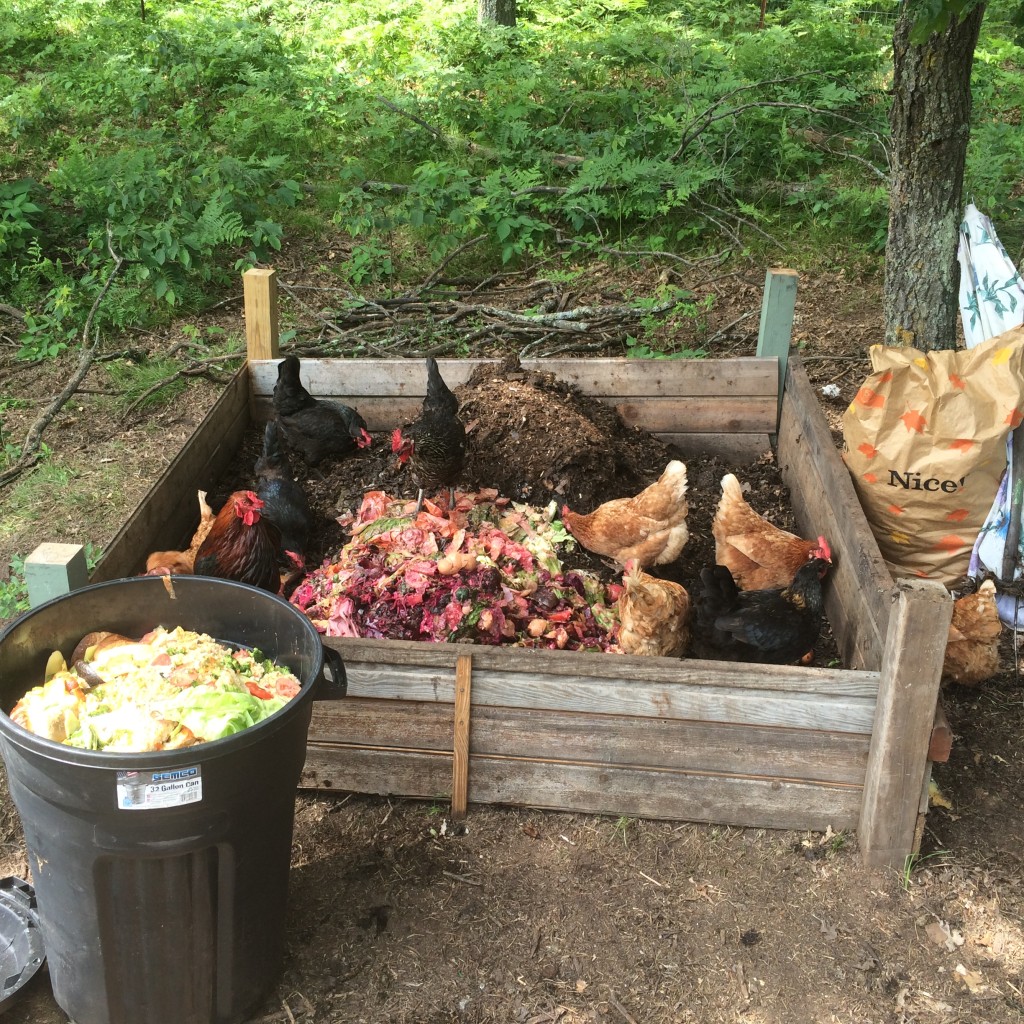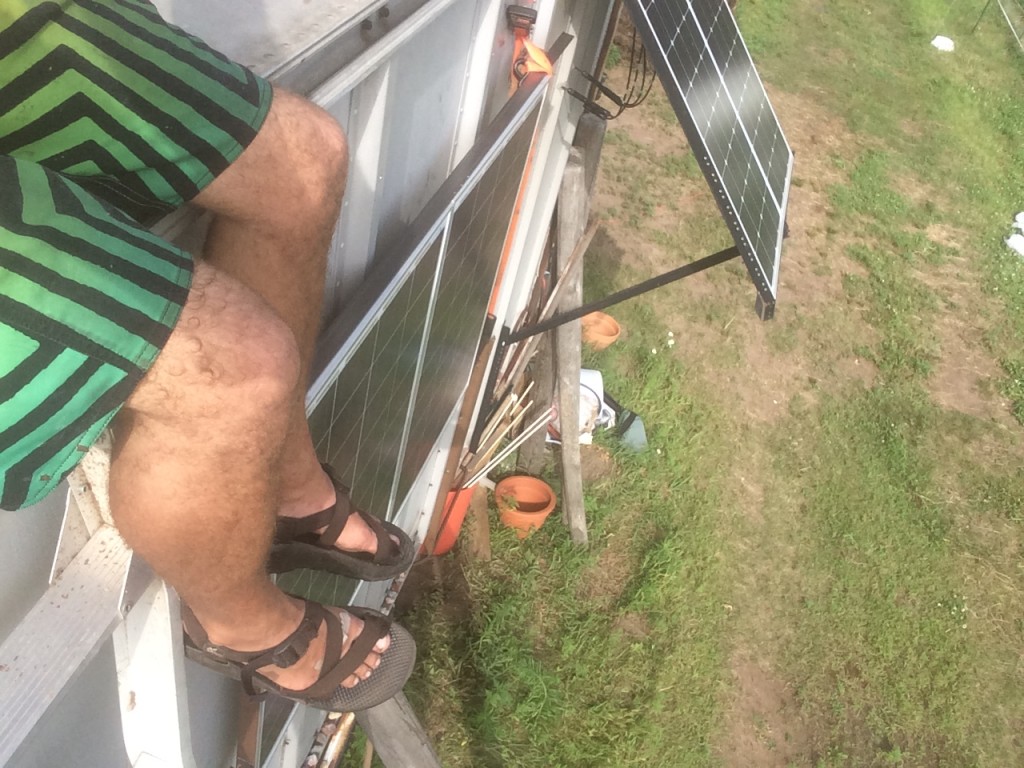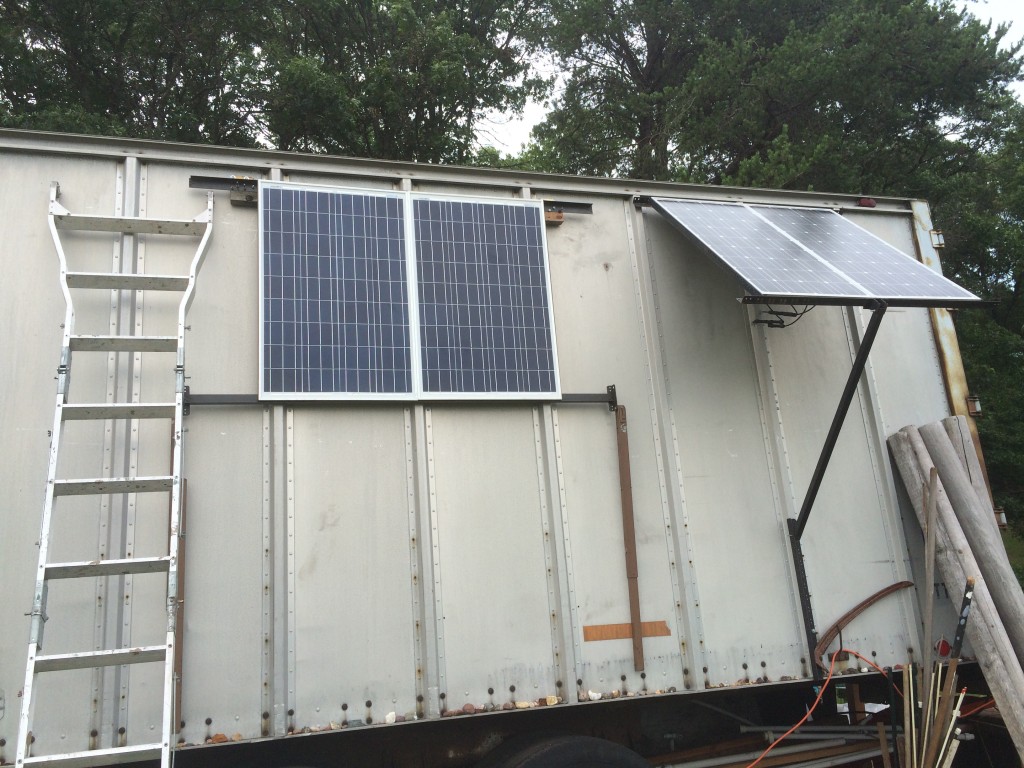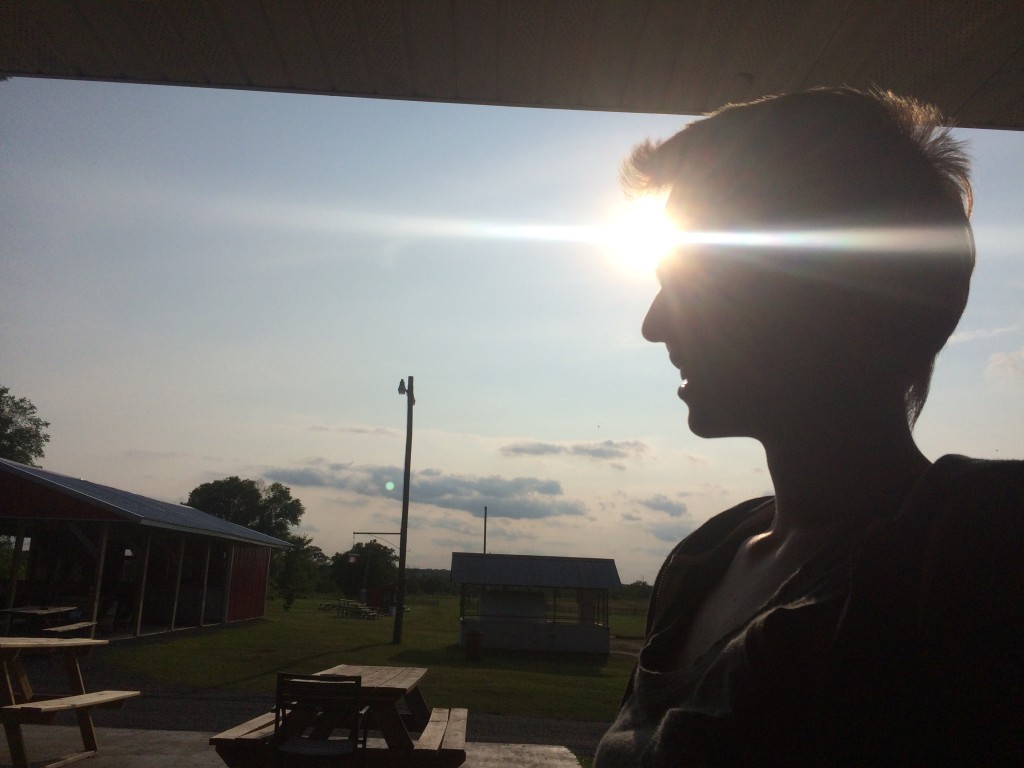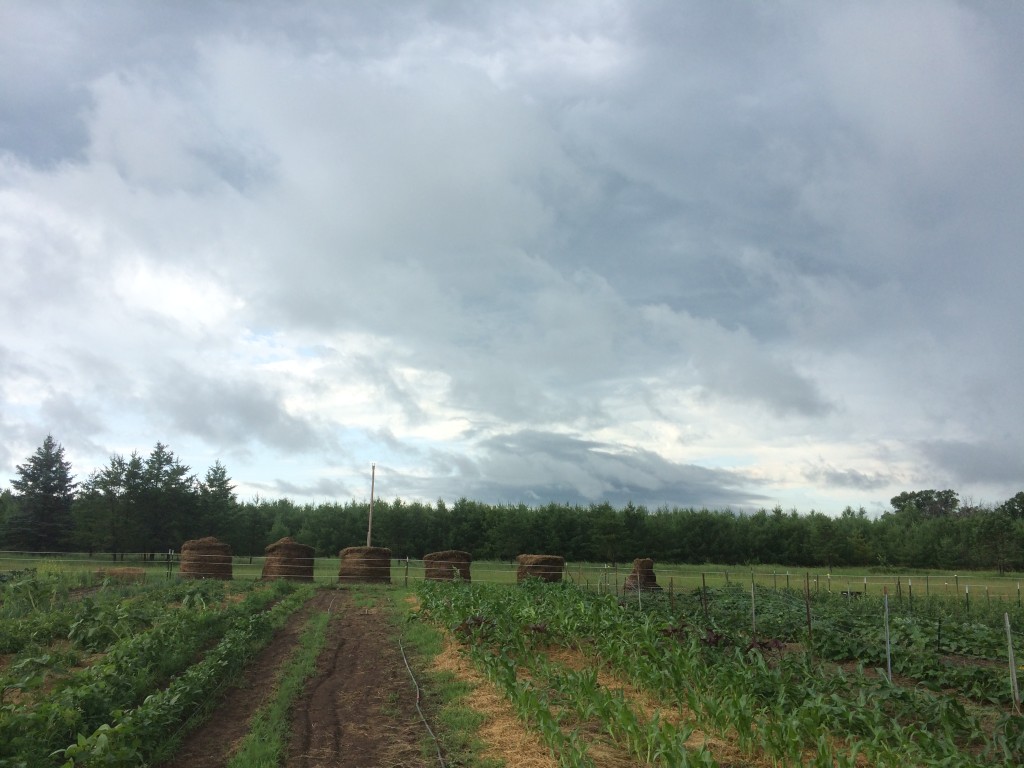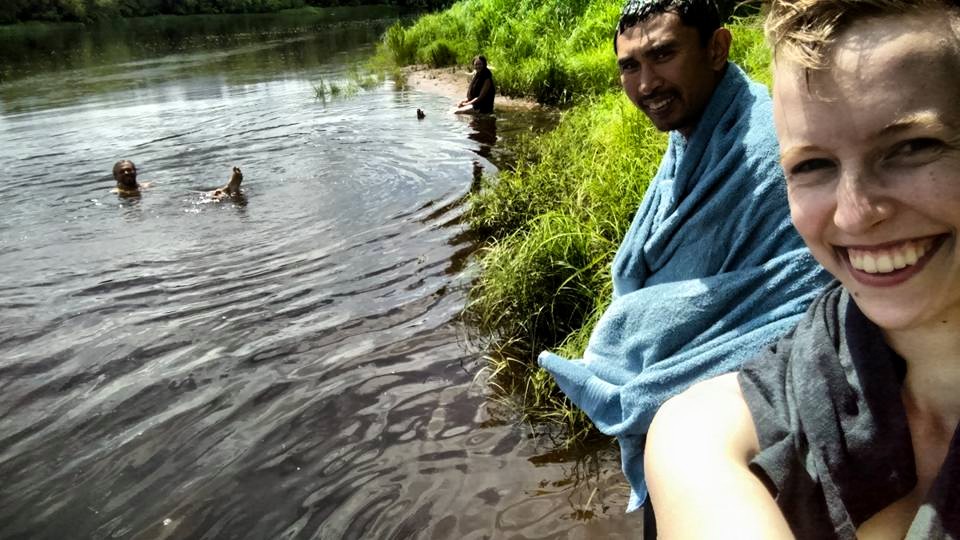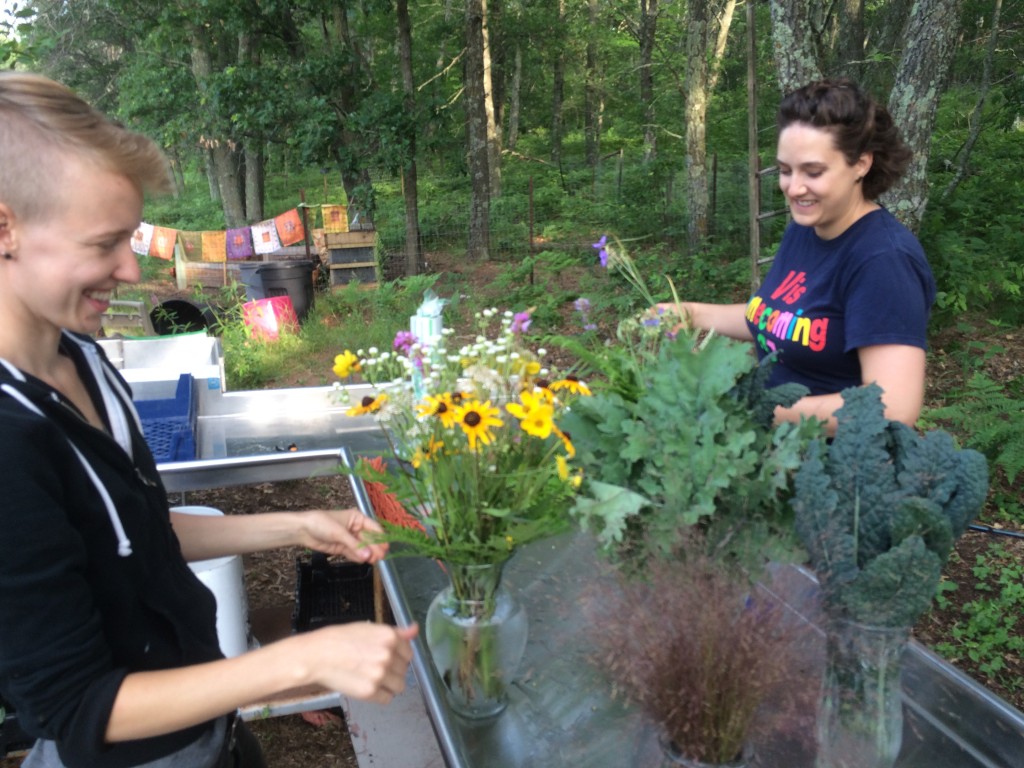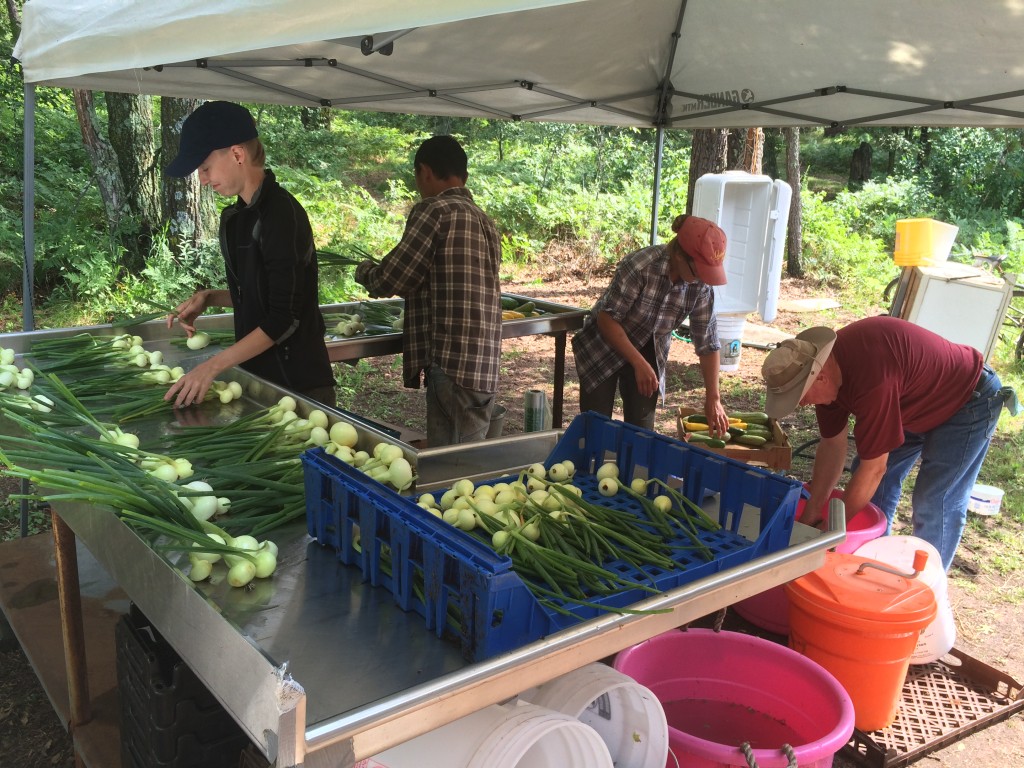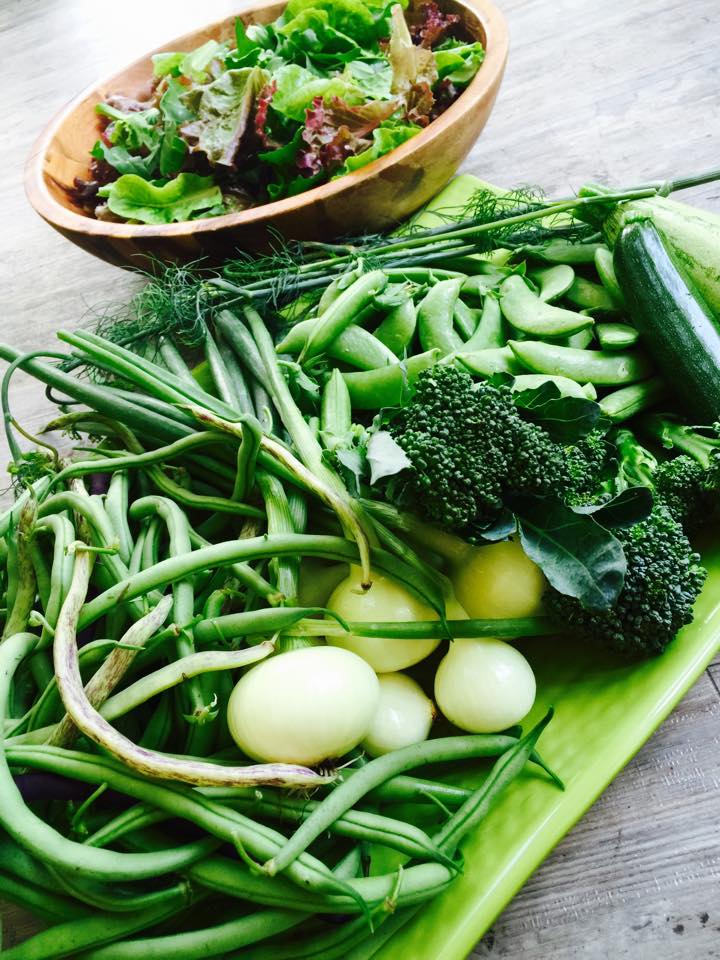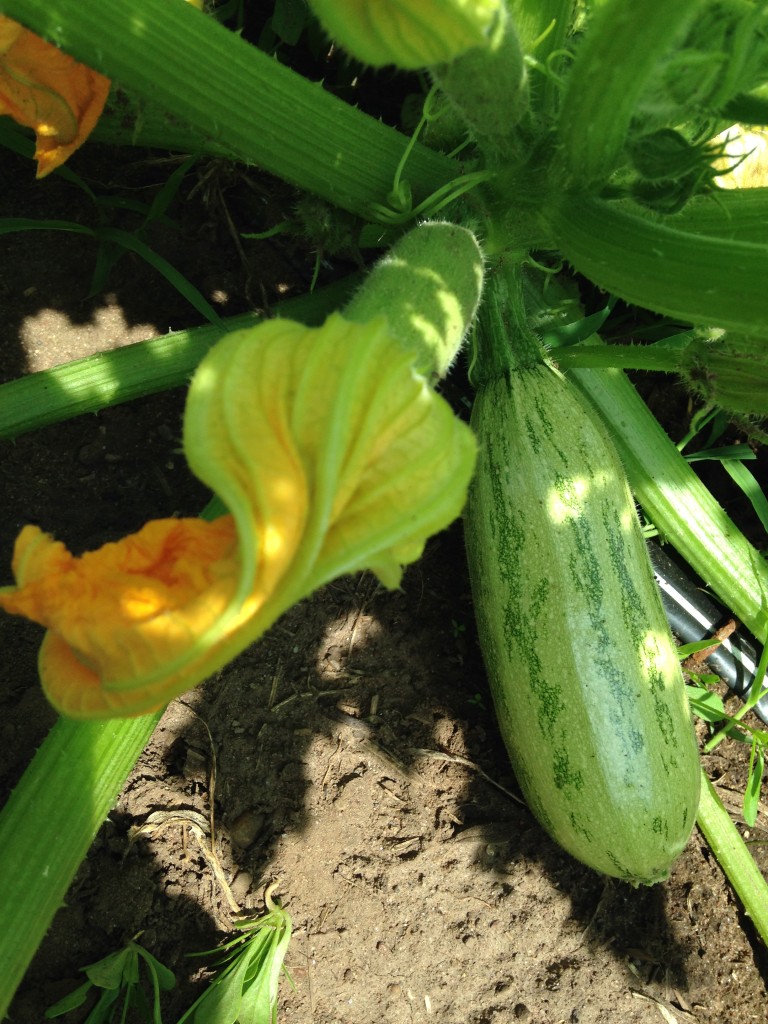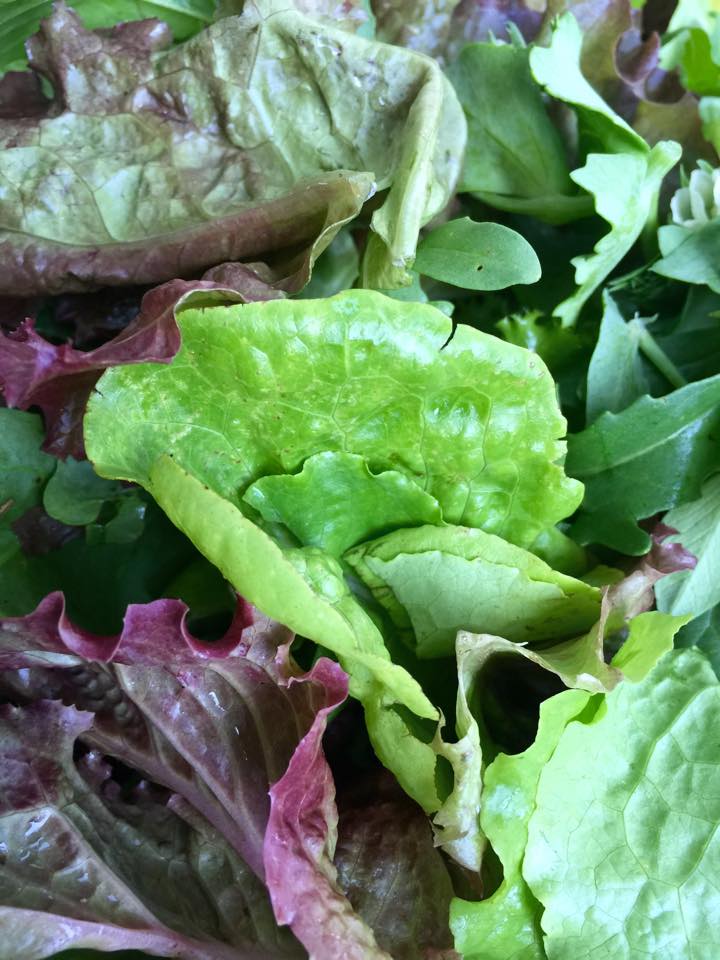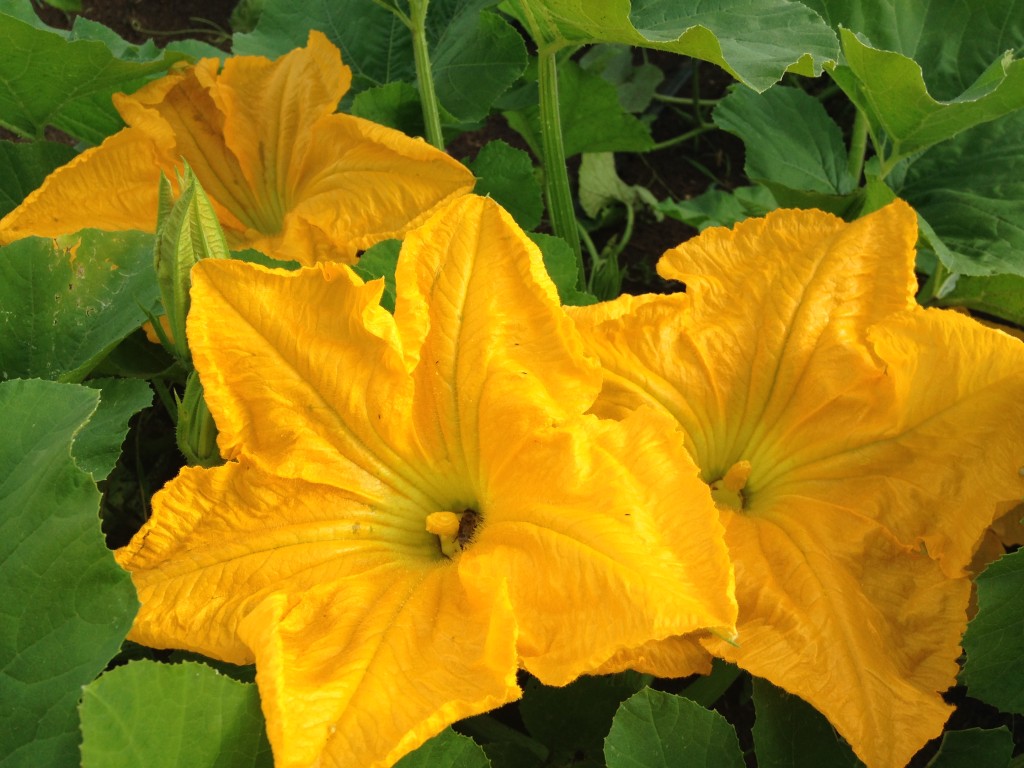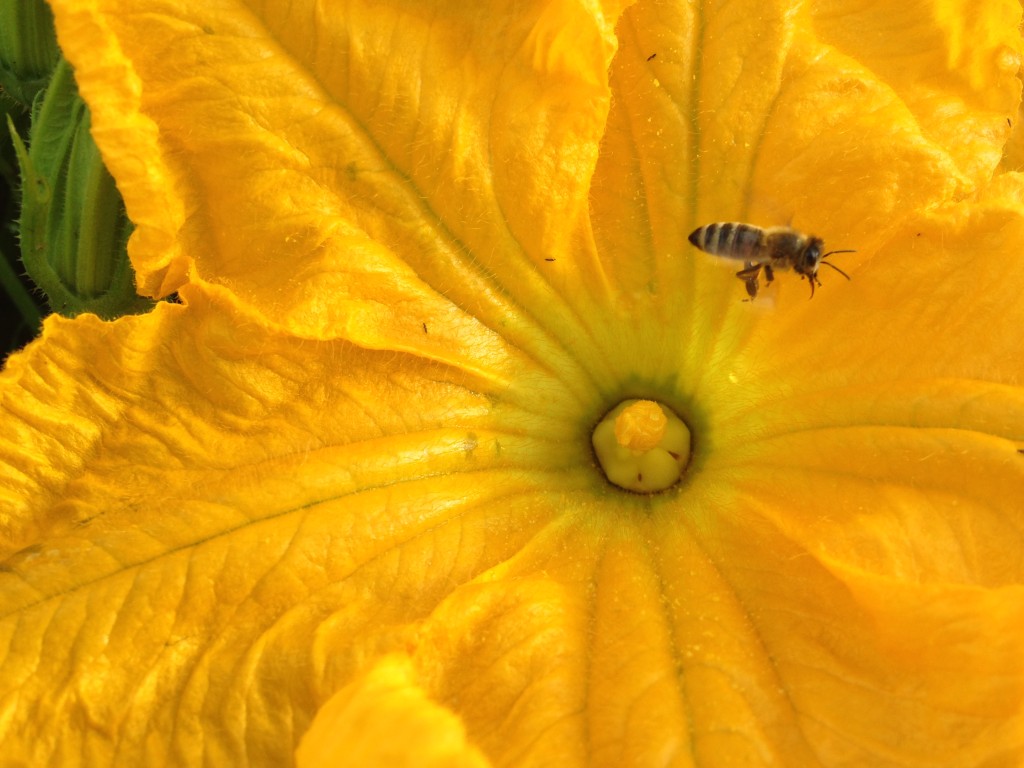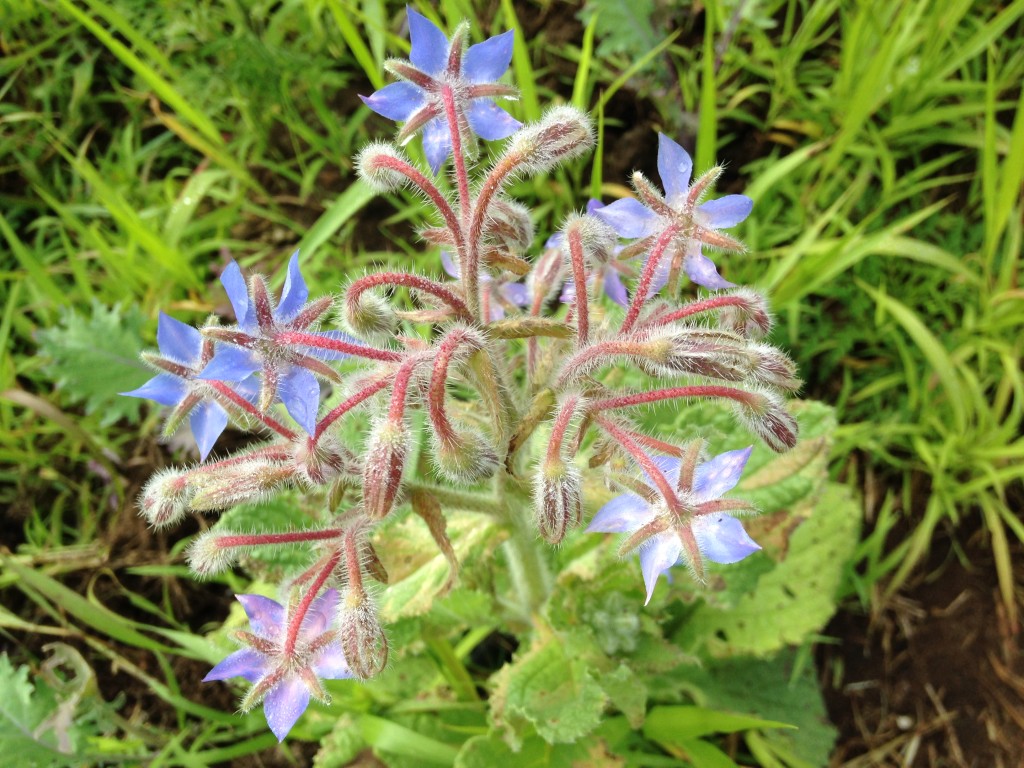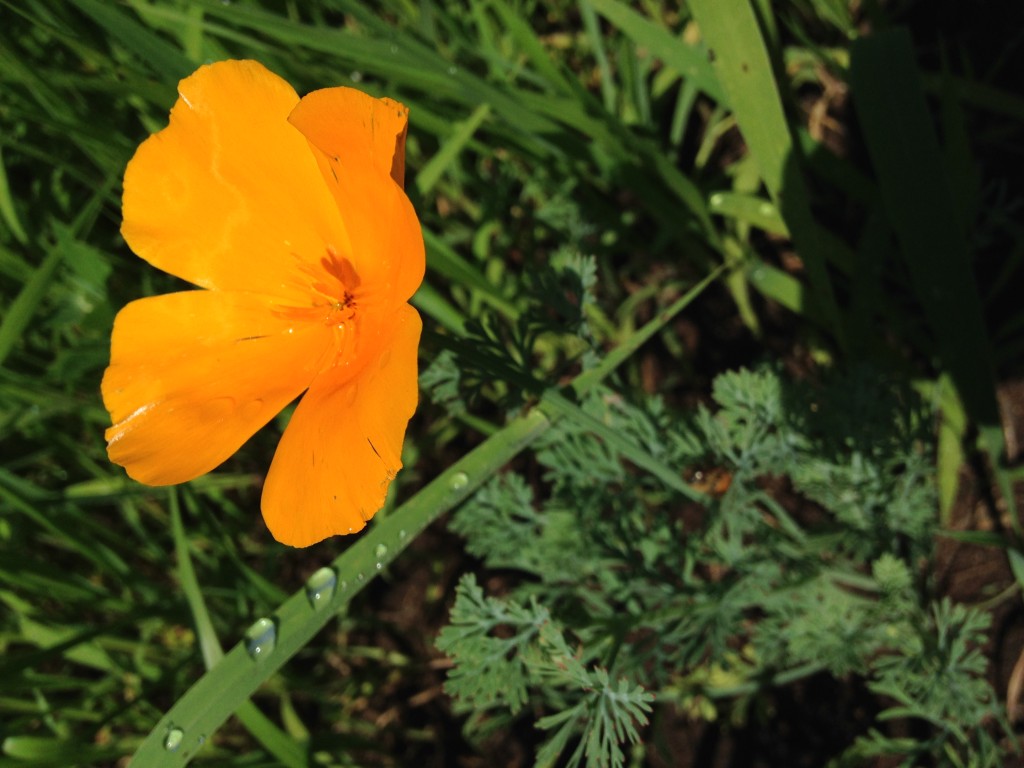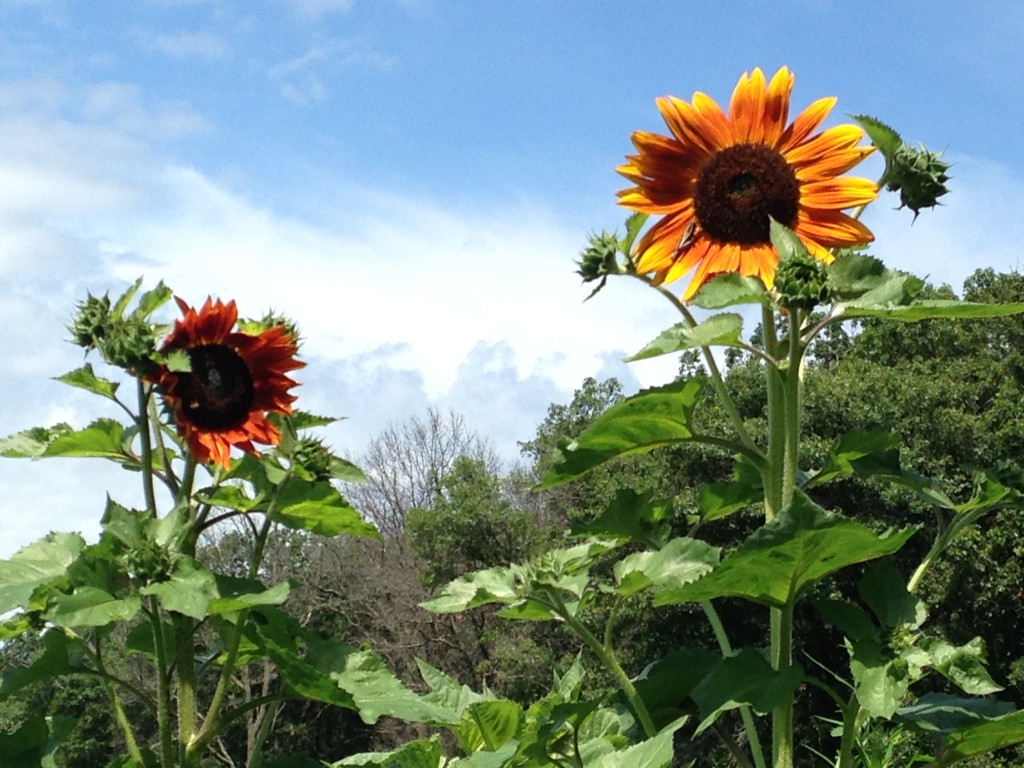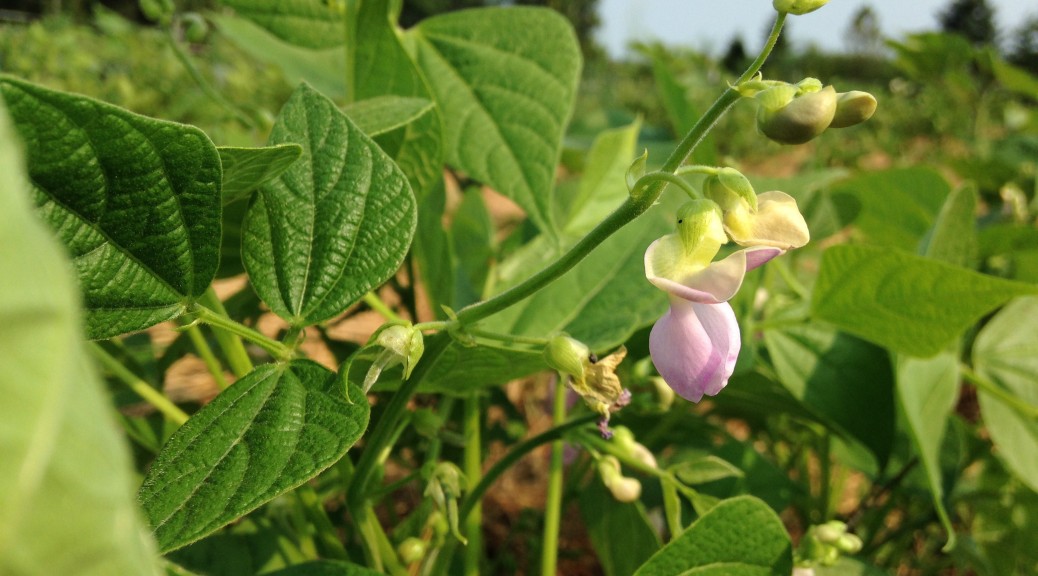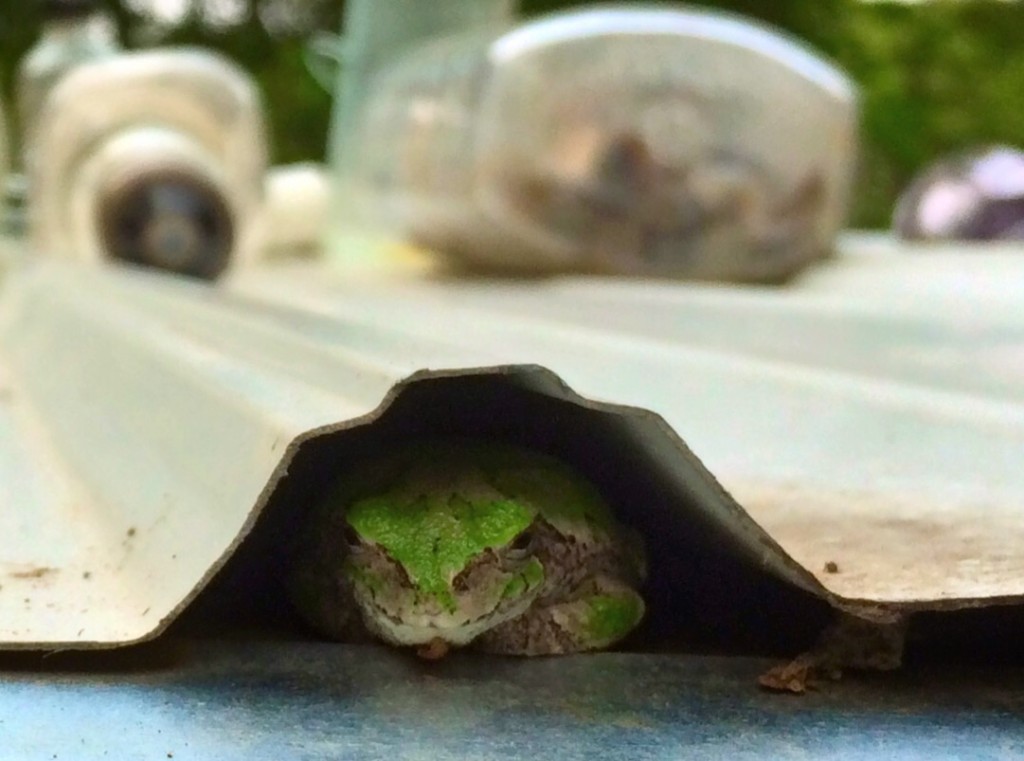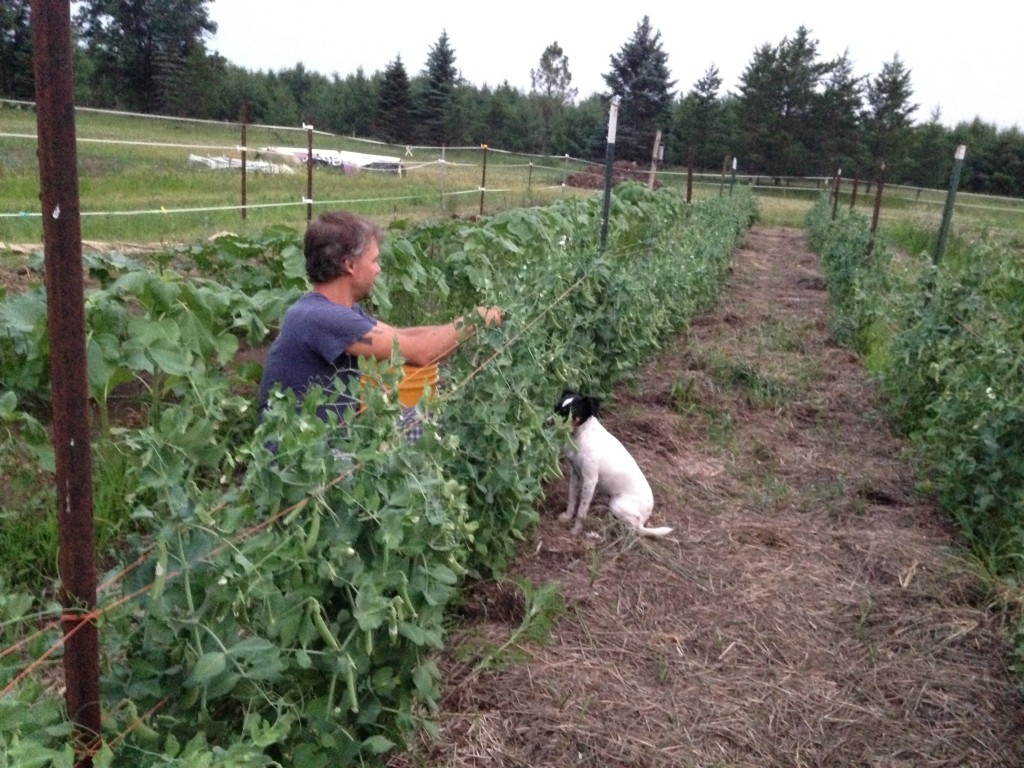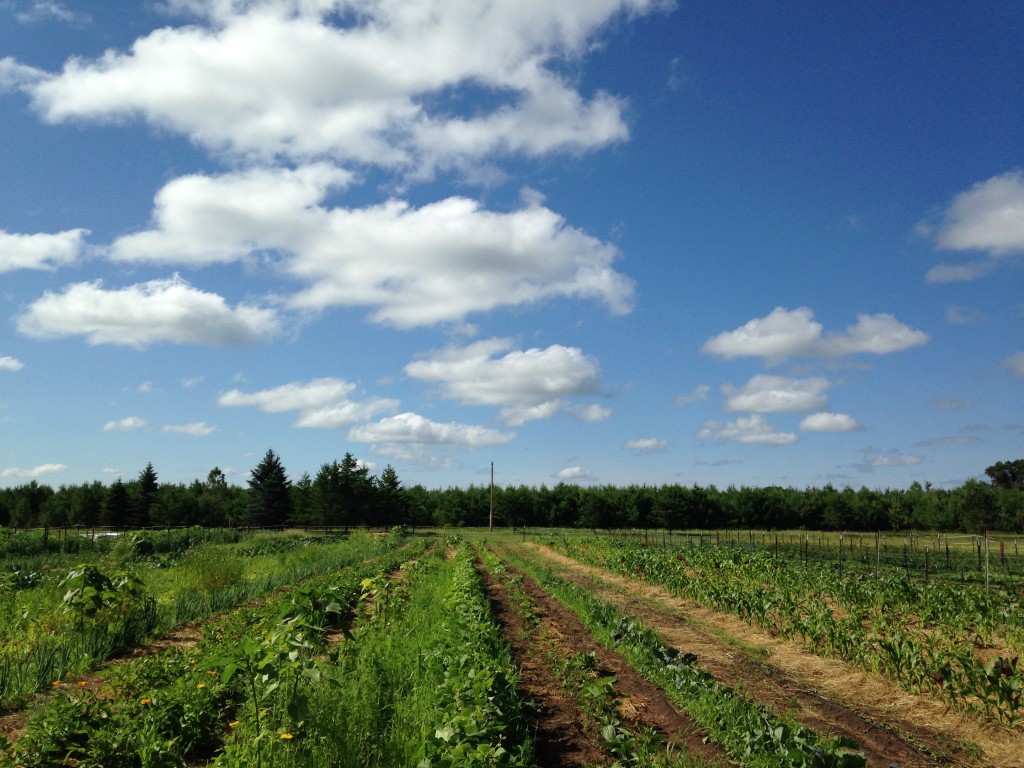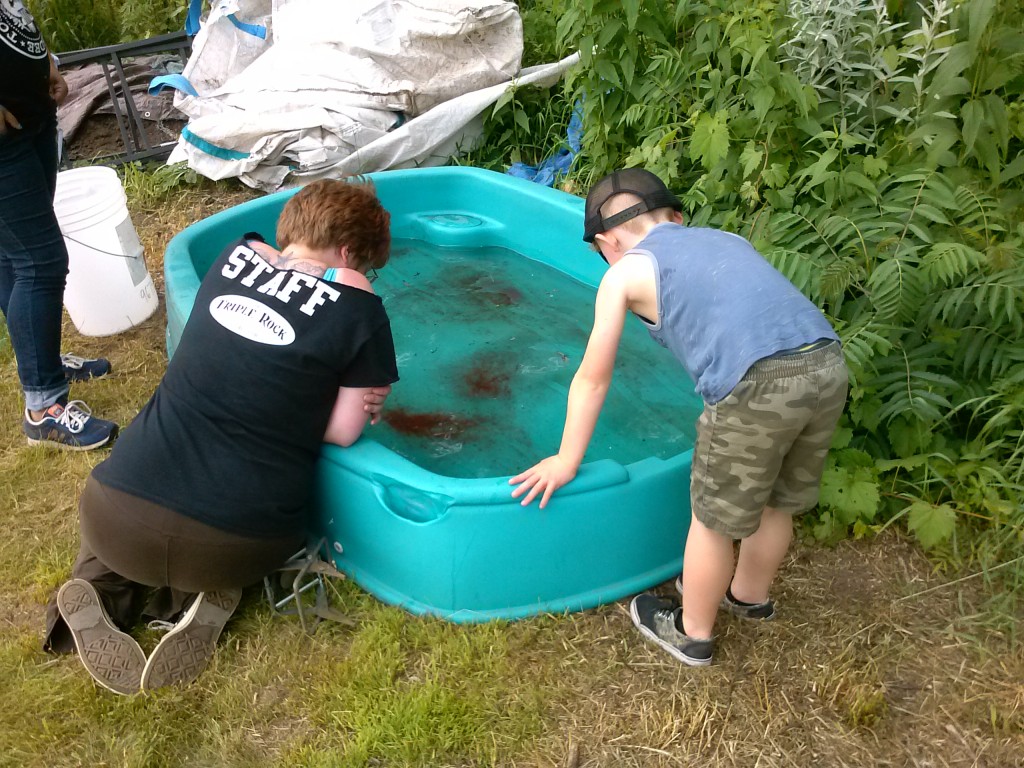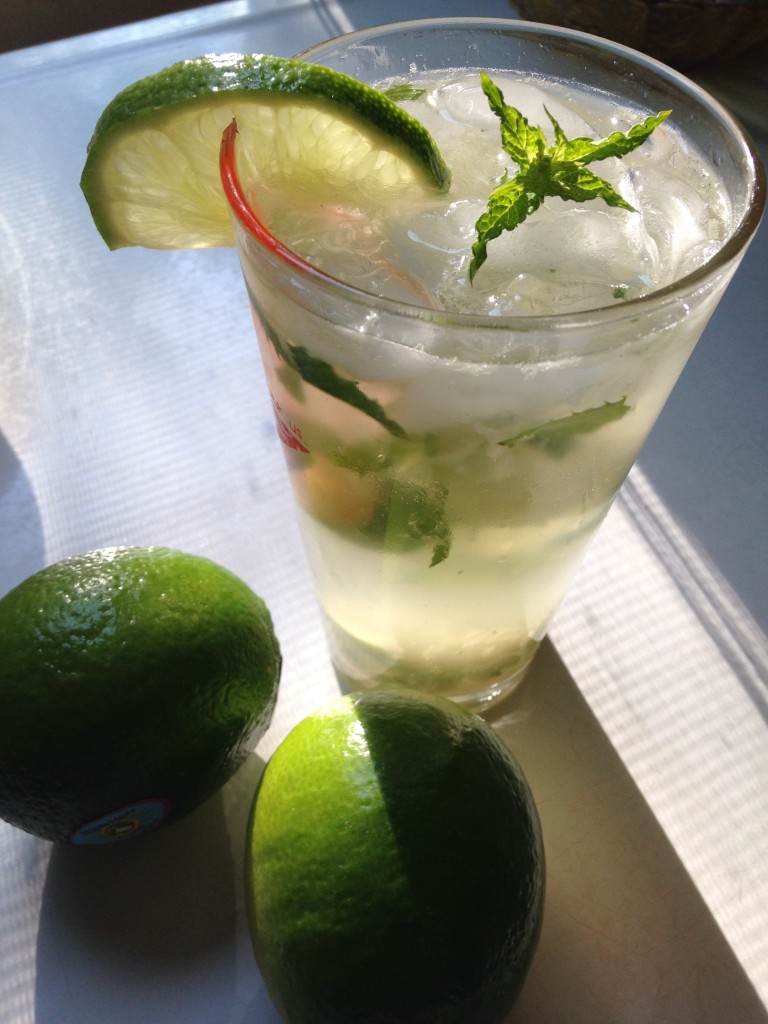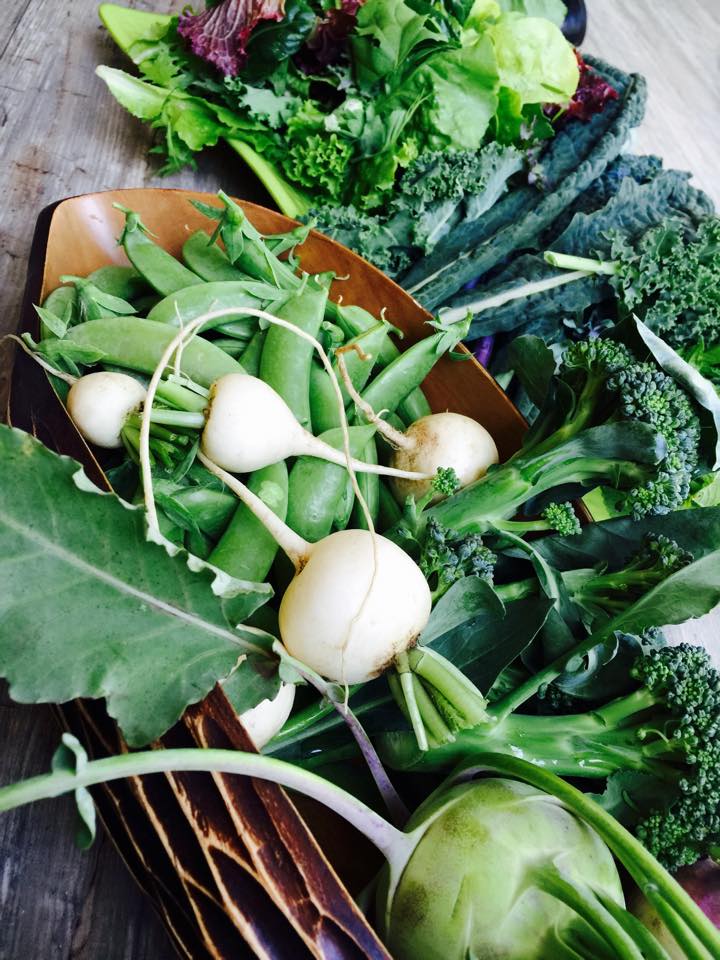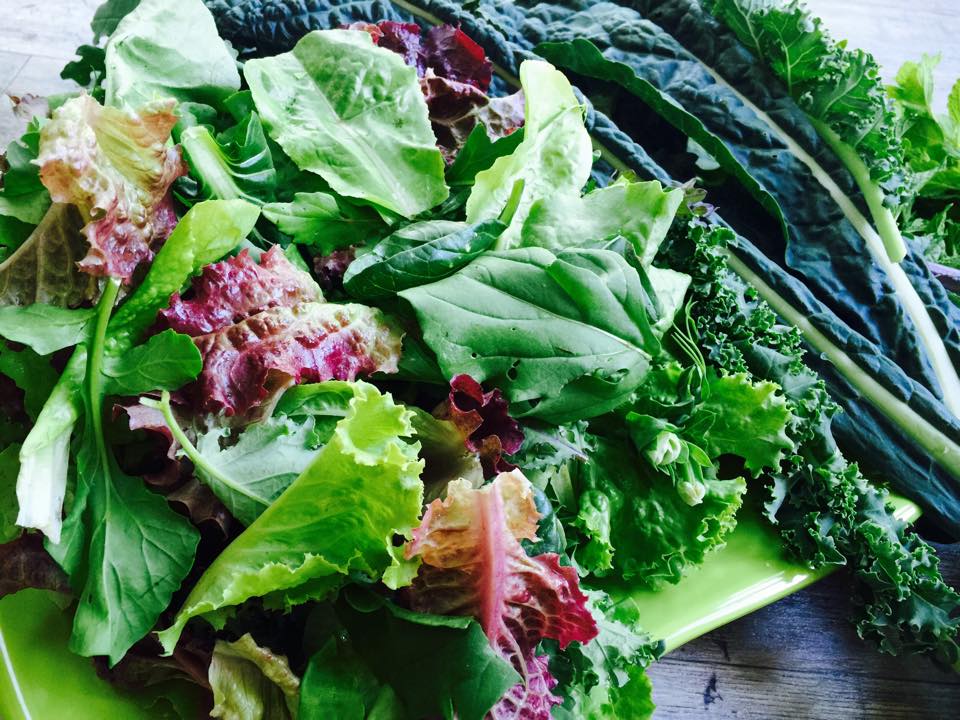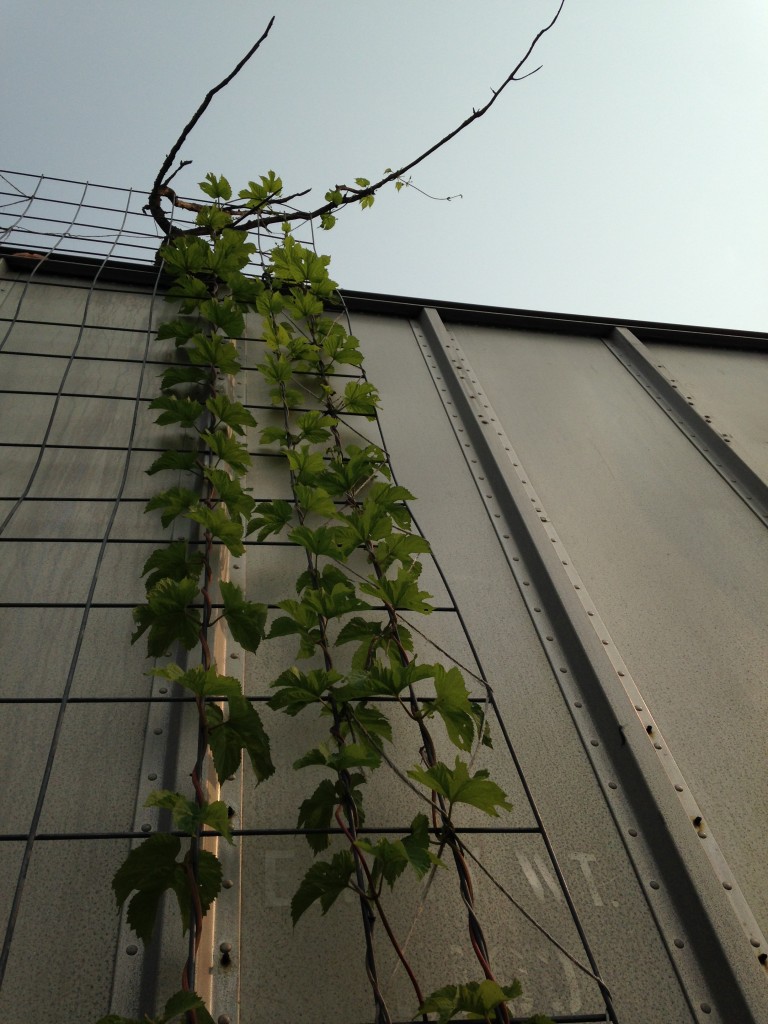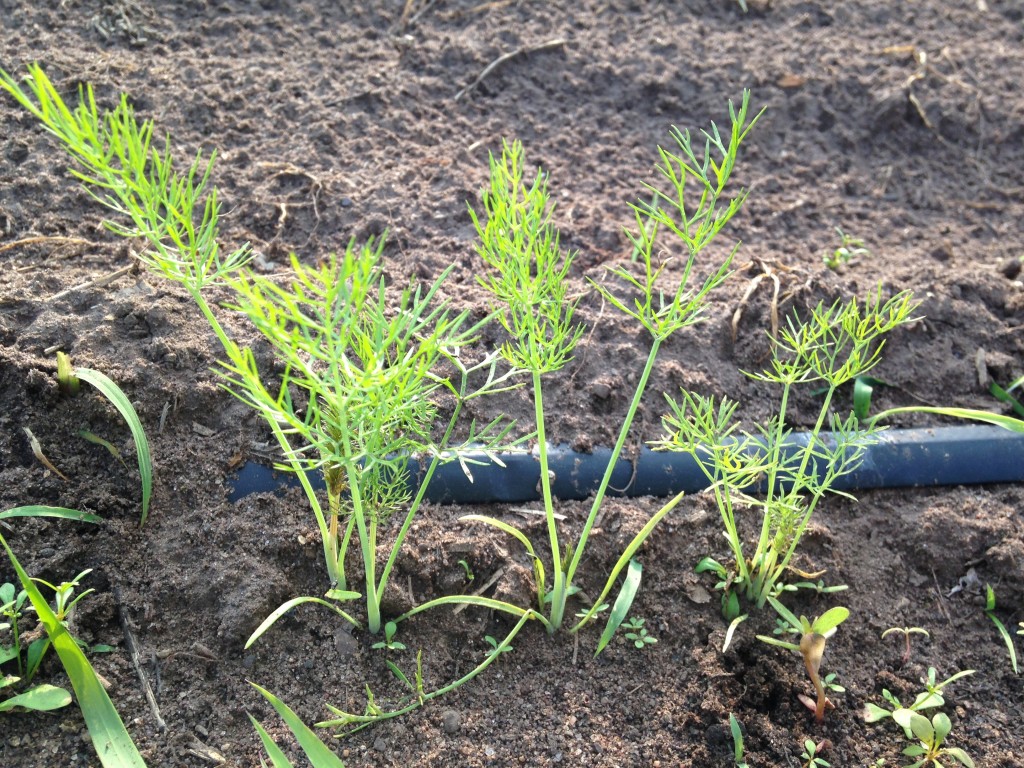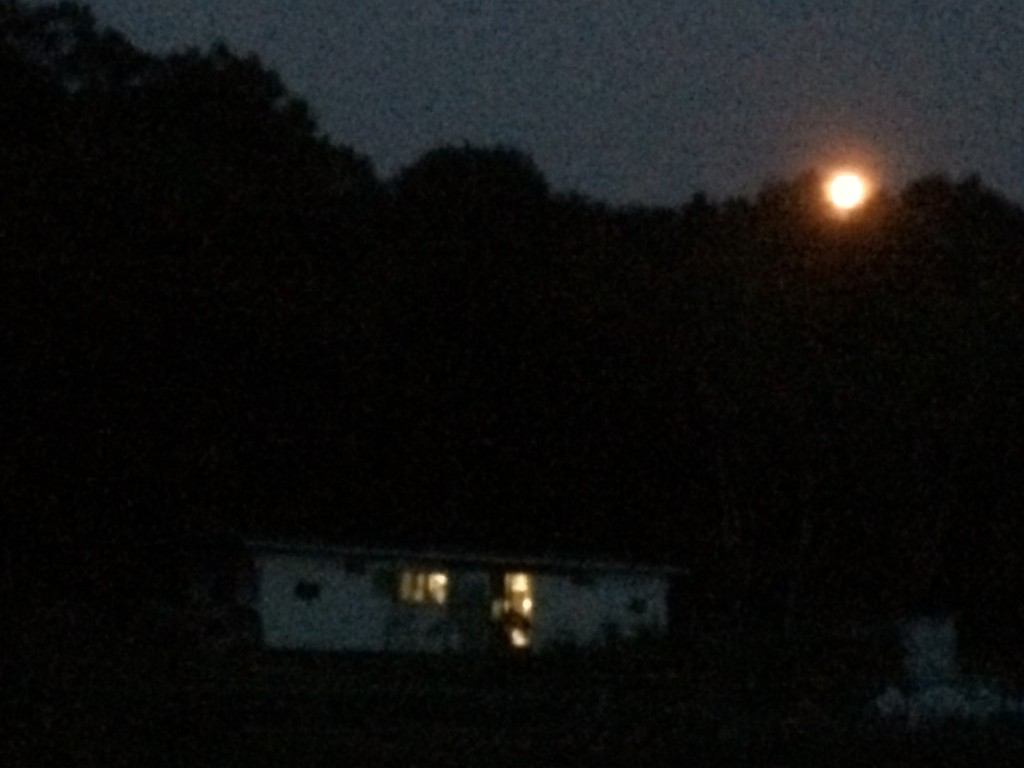Ok, so I killed the laptop this week (I heard a critter outside the window, possibly the White Cat that’s been spotted repeatedly in the vicinity, went to peek, stumbled in the dark, and crunched the screen inside the laptop bag on the floor) – so this newsletter may be short and full of typos. More typos than usual, even. We’ll just see how this works, posting from a touch screen device ….
This week, we finally made some serious visible progress on the huge high tunnel greenhouse that we got the USDA grant to build – over half the 14′ high ribs were raised and secured to their baseboards.
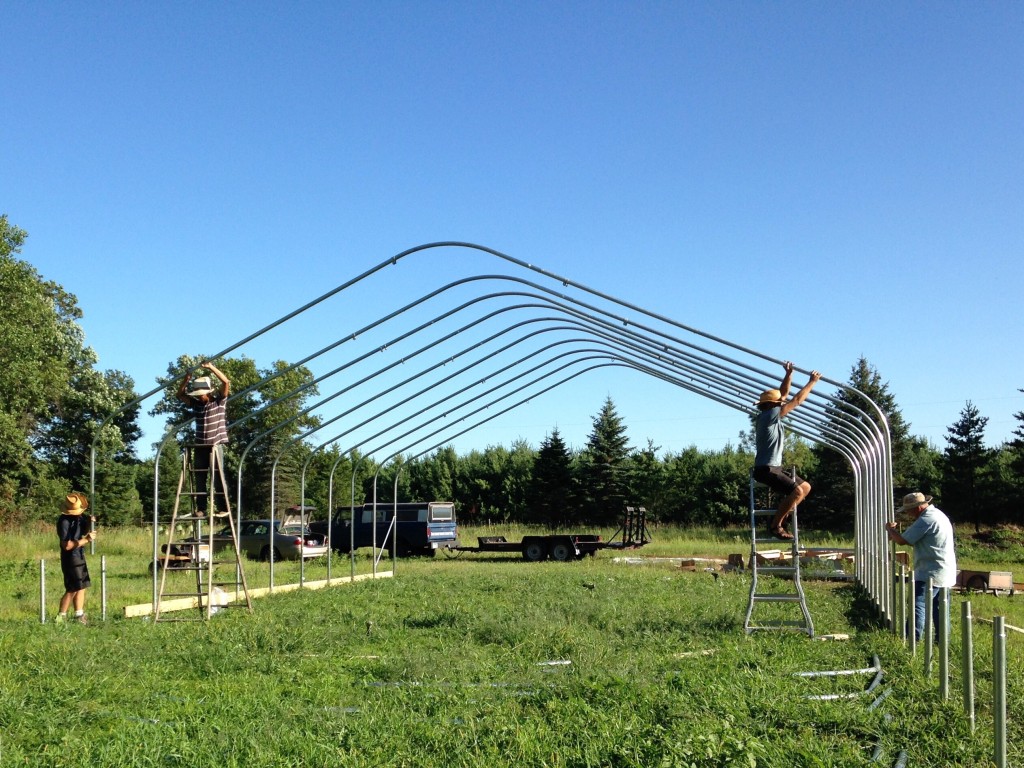 Although we knew the dimensions and had laid out the foundation weeks ago, it didn’t really sink in just how looming the structure would be until the ribs went up – easily the largest structure on the land, dwarfing the seedling greenhouse we built last Spring, and surprisingly visible from all over the farm.
Although we knew the dimensions and had laid out the foundation weeks ago, it didn’t really sink in just how looming the structure would be until the ribs went up – easily the largest structure on the land, dwarfing the seedling greenhouse we built last Spring, and surprisingly visible from all over the farm.
Saturday after Market harvest, three of the four WWOOFers headed toward their homelands in Montreal and Alabama, leaving just us and NYC Reynaldo on the farm for the time being. Farewell on your roundabout journeys home, and hopefully our paths will cross again!
It was my (Gabe’s) birthday on Monday, and we started the day with an amazingly delicious brunch – Neighbors Dave & Marcie joined forces with shareholder Maaren and her Wandering Fire portable pizza oven.
In the field, the tomatoes are mostly hanging out being green and waiting for hot nights or Santa Claus or something. We are going to be taking steps to intervene and hurry them along this week, because the nights seem to be getting cooler and I swear I see trees up here already putting on their autumn colors. The pepper plants seem to have gotten too much nitrogen in their rows, which we planted in an expanded part of the field that had been in clover for two years – apparently this had fixed more nitrogen than we’d really expected, so the pepper plants are big and lush and green and leafy – but not flowering or peppering all that much, which is frustrating to say the least, after all the work and transporting back and forth we out into them all spring long. Hopefully the boost of magnesium we provided with Epsom salt foliar feeding will get them going! The squash continue to spread like wildfire, devouring walkways and menacing neighboring plants. It’s a good problem to have, at least. But some are showing signs of vine borers, so we will be doing more surgical interventions this week to save them. The melons look great.
We took down most of the pea trellising, donated the pea plants that we cut down to the neighbors’ cows as a tasty treat, and tilled the rows for new plantings. (We couldn’t remove half of one row though, as the trellis and pea plants were inextricably entwined by the sprawling pumpkin vines two rows away. )
We planted new rows of cilantro, dill, mustard greens, and pea tips. The salad turnips we planted last week came up and we hay mulched around them. A bunny or bunny squad has been munching mercilessly on the soybeans, transplanted broccoli, and even the beets – we sprayed the survivors with some homemade deterrent concoction made from dried hot peppers, fresh marigolds, and garlic bulbulets. Widget has been hunting them too, but so far the rabbits have remained a step ahead…
the week 9 box
- Tomatillos – make them into a salsa verde with tomatoes and onions, or perhaps prepare them like fried green tomatoes on their own. After husking, rinse off the film on the skin for best results.
- tomatoes – a variety of the brave individuals that have broken from the green pack and actually ripened.
- italian basil
- Potatoes – red & blue Adirondack varieties (mostly reds this week) – we dug up some plants that finished early, many of which seemed to have been terrorized belowground by the Vole Menace. It’s a miracle that nature lets us have anything at all.
- Broccoli
- Green & wax Beans – With some beautiful contributions from Neighbor Marcie, who let us (well, Reynaldo really) harvest some of her abundant crop to include in your boxes this week
- Kale – either red Russian, curly blue dwarf, or Dino depending on which box fate assigns to you.
- Onions
- Arugula – tender and fresh and not intensely peppery, because it’s not old stuff from spring, but volunteers that came up from the seeds of last fall’s planting.
- Cukes
- & Zukes – have you ever tried making “zoodles”? They’re great!
